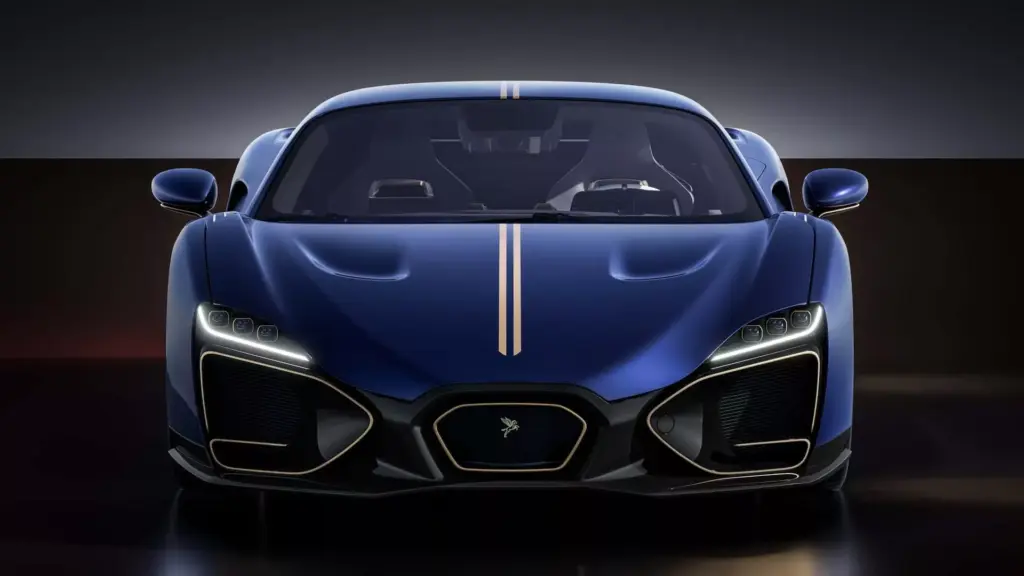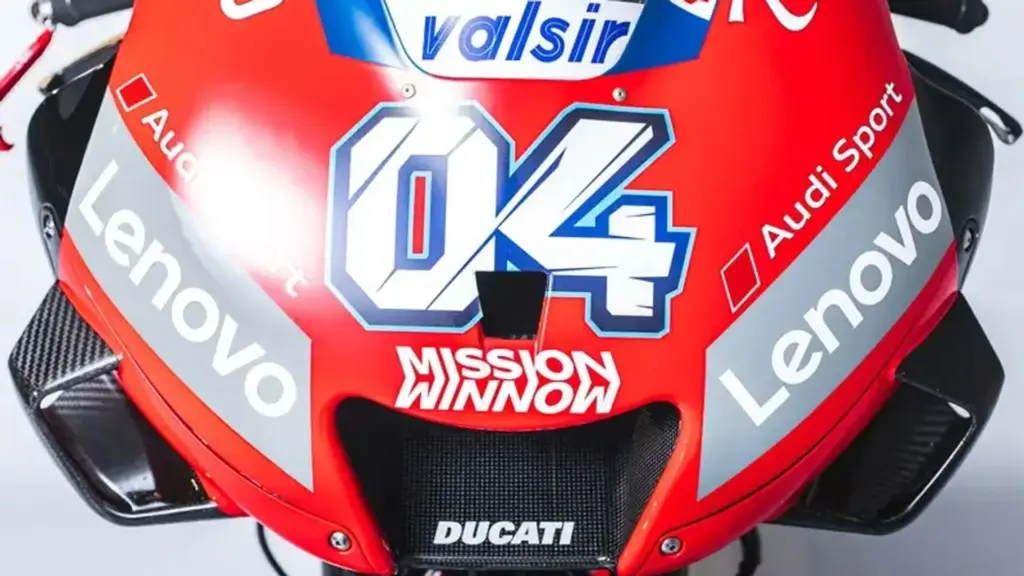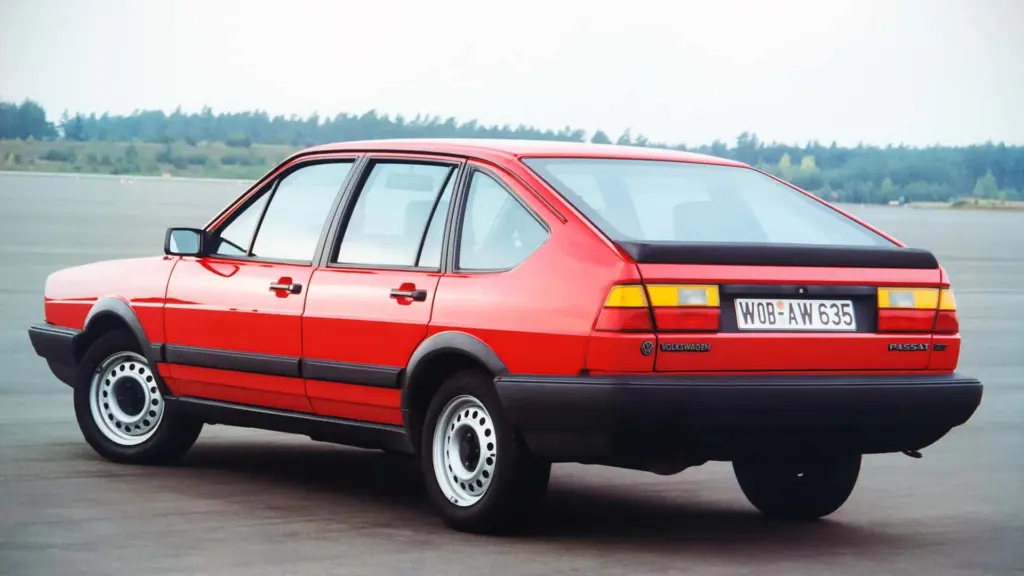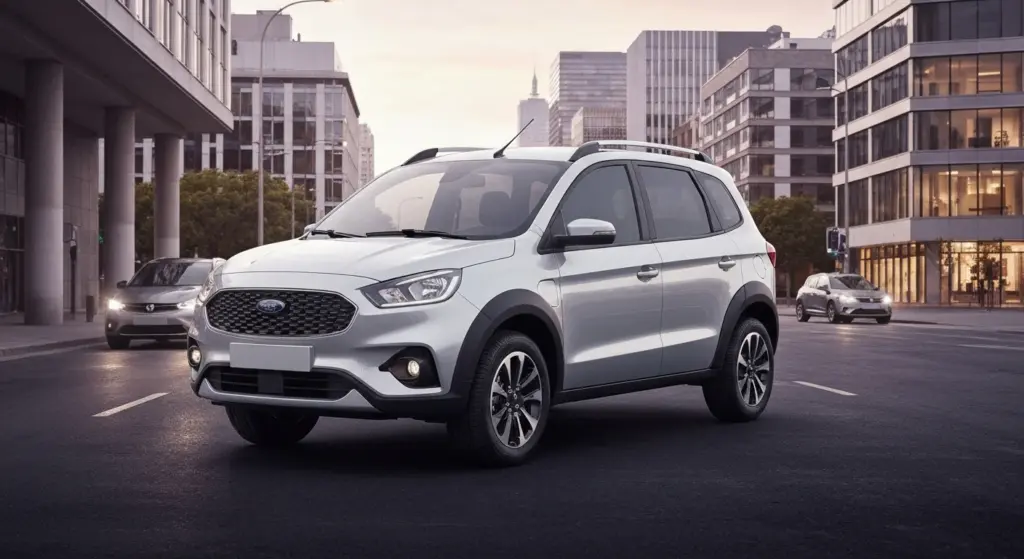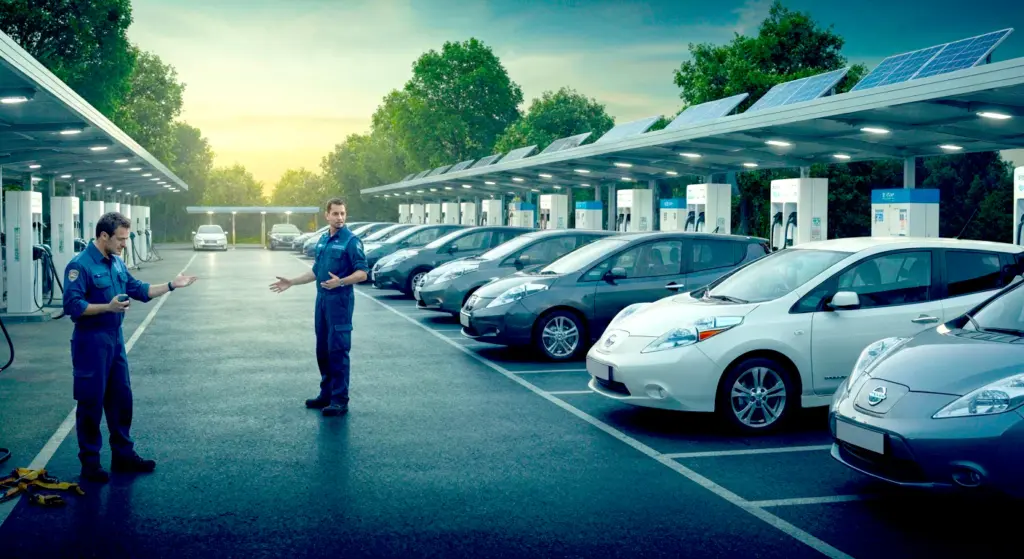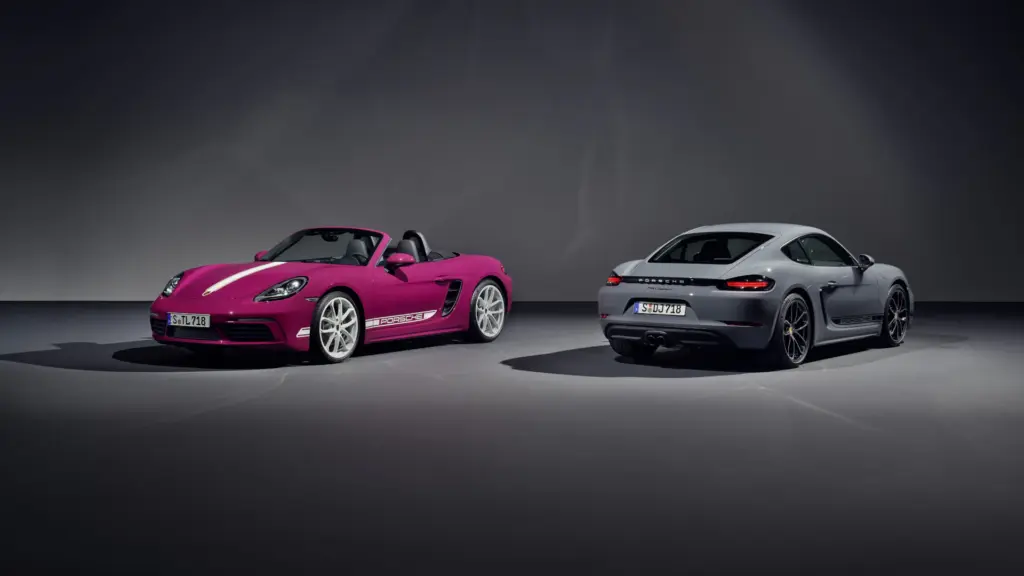The European electric car market is undergoing a silent revolution, driven by the need to offer sustainable mobility at affordable prices. Among the new developments, the Dacia Hipster emerges as an innovative concept that challenges the complexity and high cost of traditional electric vehicles, promising to democratize access to electric transport.
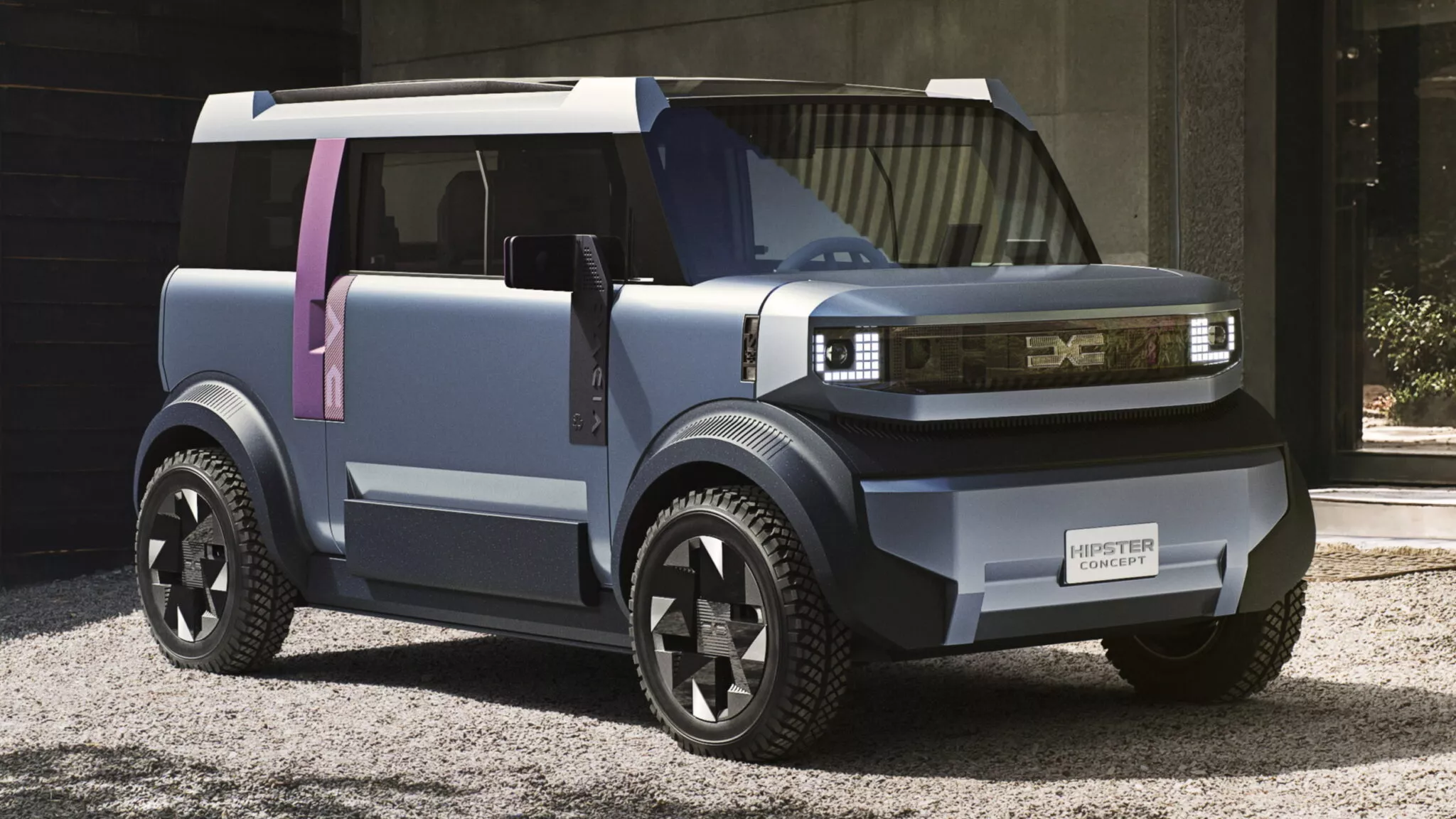
Dacia Hipster: Minimalism and Sustainability in a Compact Package
Inspired by classic simple utility vehicles like the Citroën 2CV and the Fiat Panda, the Dacia Hipster is a model that focuses on functional simplicity. At just 3 meters long, it is even smaller than many vehicles in the kei car category, making it ideal for the European urban setting. Its design is marked by straight lines and basic proportions, with a “block-like” body painted in a single color complemented by colorful panels and protection made from recycled material called Starkle.
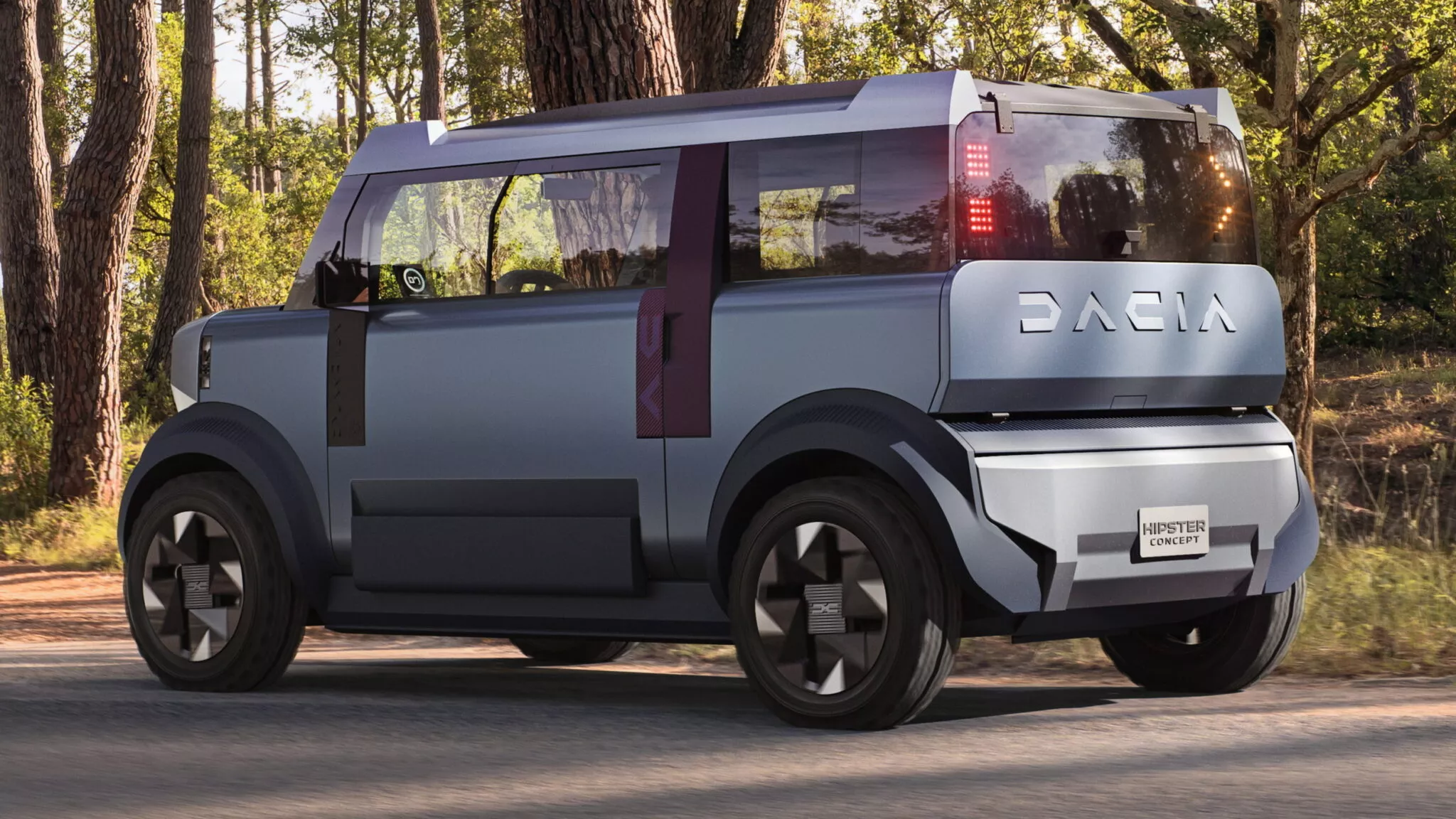
Dacia’s focus with the Hipster is to create a lightweight vehicle, weighing just 800 kg, 20% below the weight of the brand’s Spring model. This weight reduction not only hides the intention of making production cheaper but also directly impacts the car’s energy efficiency and sustainable lifecycle, which promises to reduce carbon emissions by 50% compared to conventional EVs.
Modular Interior and Smart Connectivity
Despite its reduced size, the Hipster offers space for four adults in “bench-type” seats that prioritize basic comfort, a choice that reinforces its minimalist concept. The trunk has 70 liters expandable up to 500 liters when the rear seats are folded down, which perfectly meets everyday uses.
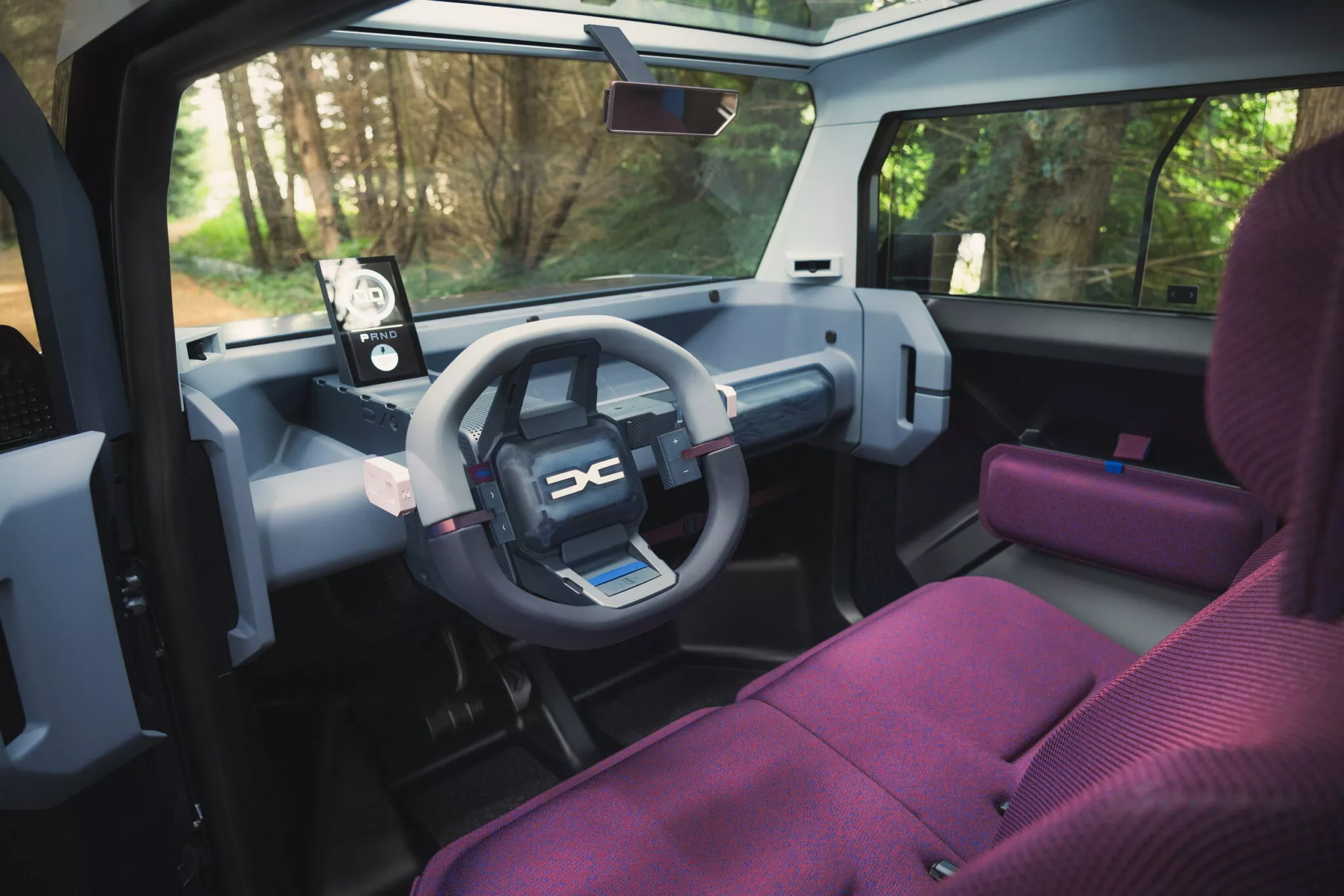
One of the technological differentials is the “You Clip” system, which works with 11 attachment points for various accessories, such as cup holders, lights, and brackets. The smartphone is the centerpiece on the dashboard, serving as a digital key, navigator, and infotainment system integrated with a portable Bluetooth speaker. Furthermore, the car features a digital cluster and dual airbags, ensuring safety and a connected experience in a simple format.
A Strategy to Reduce the Cost of Electric Vehicles in Europe
According to Dacia, the average cost of new cars in Europe rose an impressive 77% between 2010 and 2024, a rate much higher than the increase in average household income. This creates a barrier to the mass adoption of EVs, which are still seen as premium or inaccessible products for most consumers.
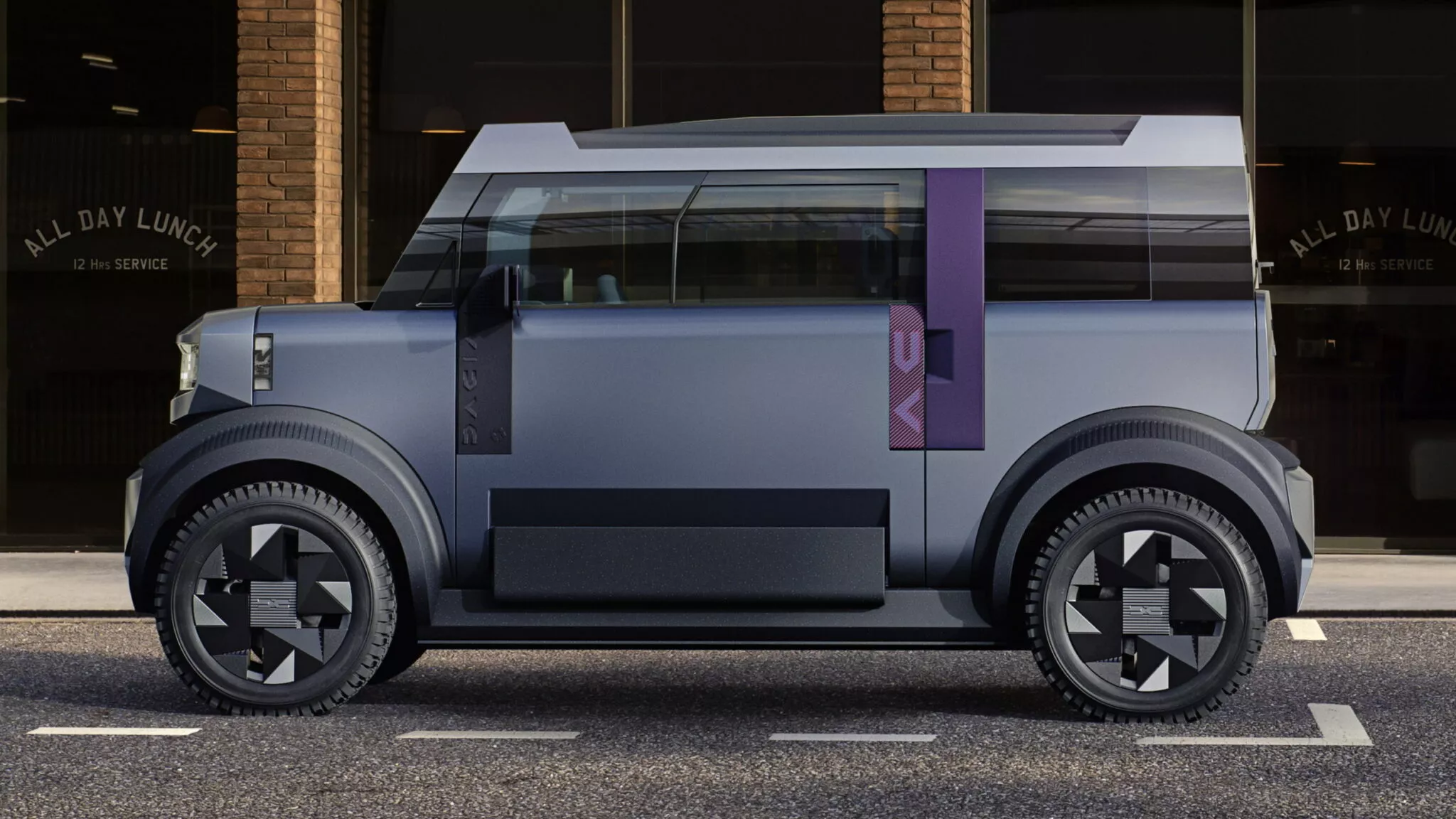
The Hipster emerges precisely to address this point: to be an affordable EV, without too many features or sophisticated finishing, focused on the essential. Its price is expected to be below the Dacia Spring, which is already one of the cheapest electric vehicles on the continent today, costing just over €16,000 in Germany. The Hipster’s arrival on the market is aligned with new European Union regulations that encourage the sale of smaller, more economical electric vehicles.
This move by Dacia translates not only into a product but also into a bold positioning that can pave the way for other manufacturers seeking more practical and realistic solutions for the European consumer.
Range Designed for Daily Use
The Hipster’s range has not yet been officially disclosed, but everything indicates that the focus is on the daily routine of urban users, who typically travel short distances. Dacia studies indicate that 94% of drivers in France travel less than 40 km per day. Thus, the Hipster was designed to travel about 90 to 100 km on a single charge, needing to be recharged only twice a week — an efficient concept suitable for daily city commuting.
This modest range reflects the concept of shared and urban electric mobility, which values lightweight, low-consumption vehicles rather than seeking exaggerated range figures that increase the product’s cost.
To learn more about how other compact electric models are gaining market share, check out our article about the Honda N-One e 2026, which provides a detailed analysis of the vehicle’s consumption and range.
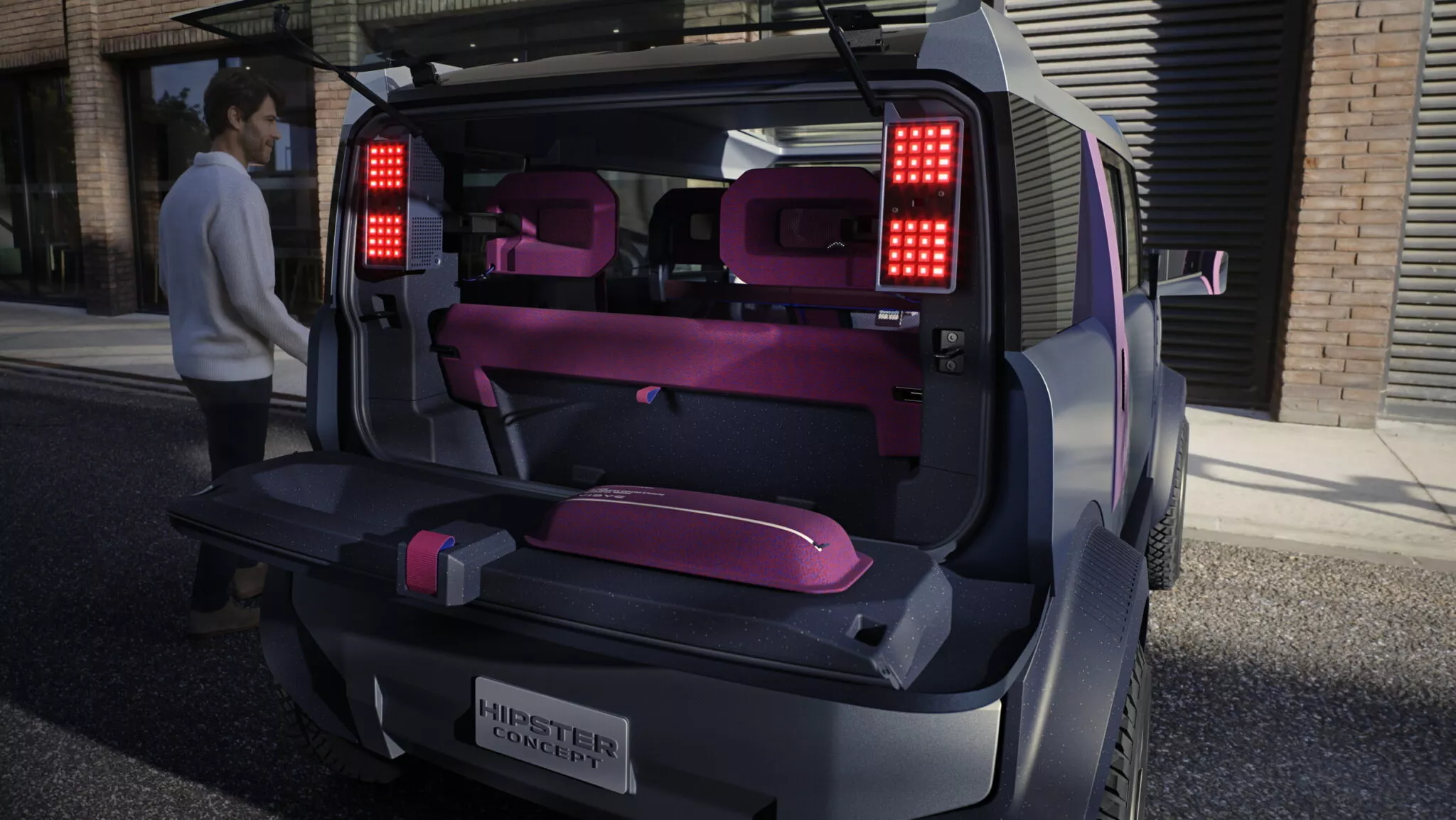
Furthermore, the Hipster concept comes at a time of strong movement in the sector, with several brands launching updated versions of their economical electric vehicles, such as the already renewed Dacia Bigster 2025, demonstrating the importance of flexibility and innovation for competitiveness in this segment.
For those looking to understand the technological and regulatory transformations in the potential automotive market, it is worthwhile to follow the changes in European Union rules that encourage smaller and more accessible electric vehicles, a trend that will certainly expand the supply and lead to a reduction in the prices of batteries and essential components.
Finally, it is worth noting that the success of the Dacia Hipster could be a game-changer for the sector, stimulating greater democratization of electric mobility across Europe, something you can closely follow with recent launches and market analyses from Canal Carro.
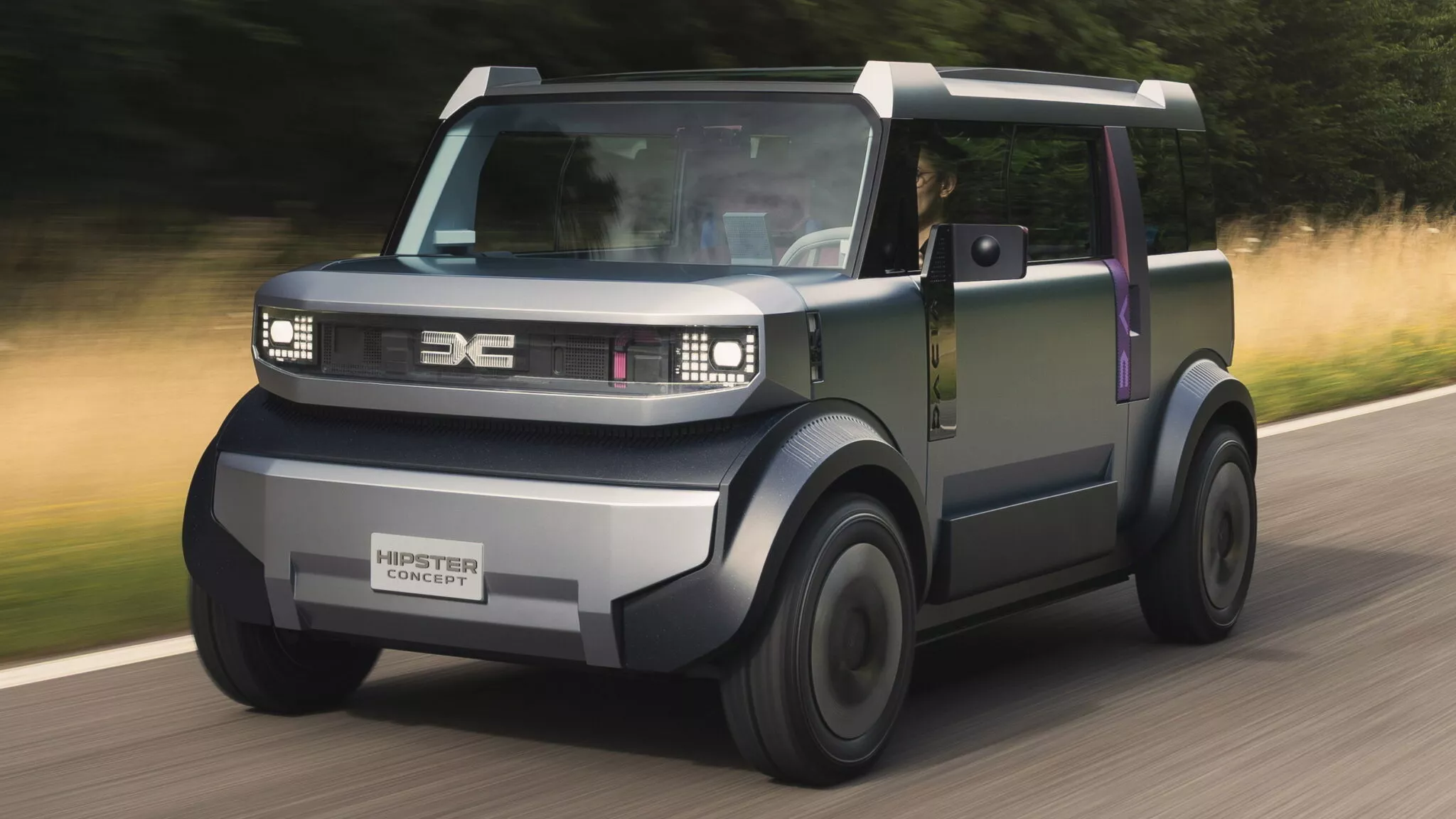
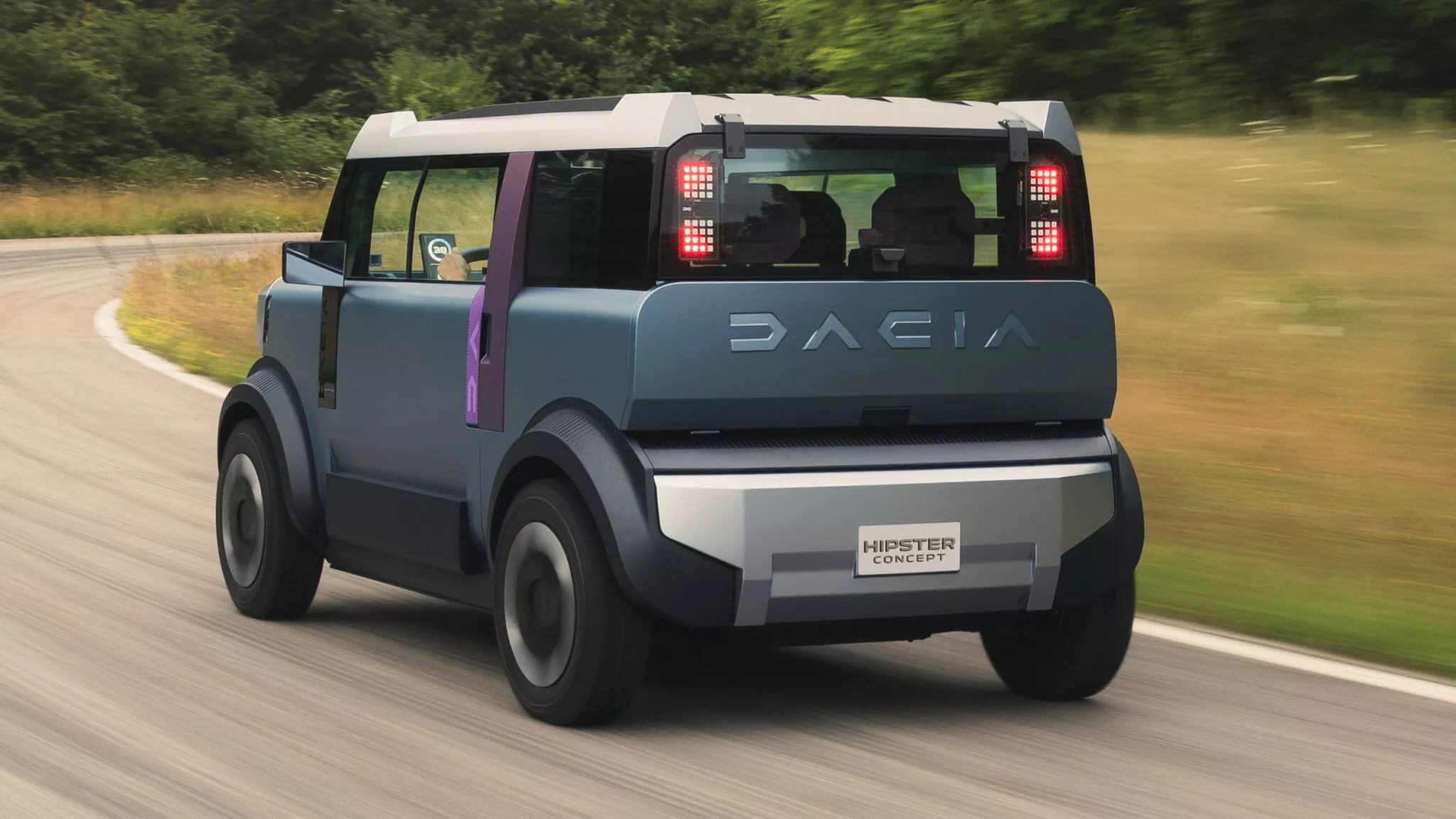
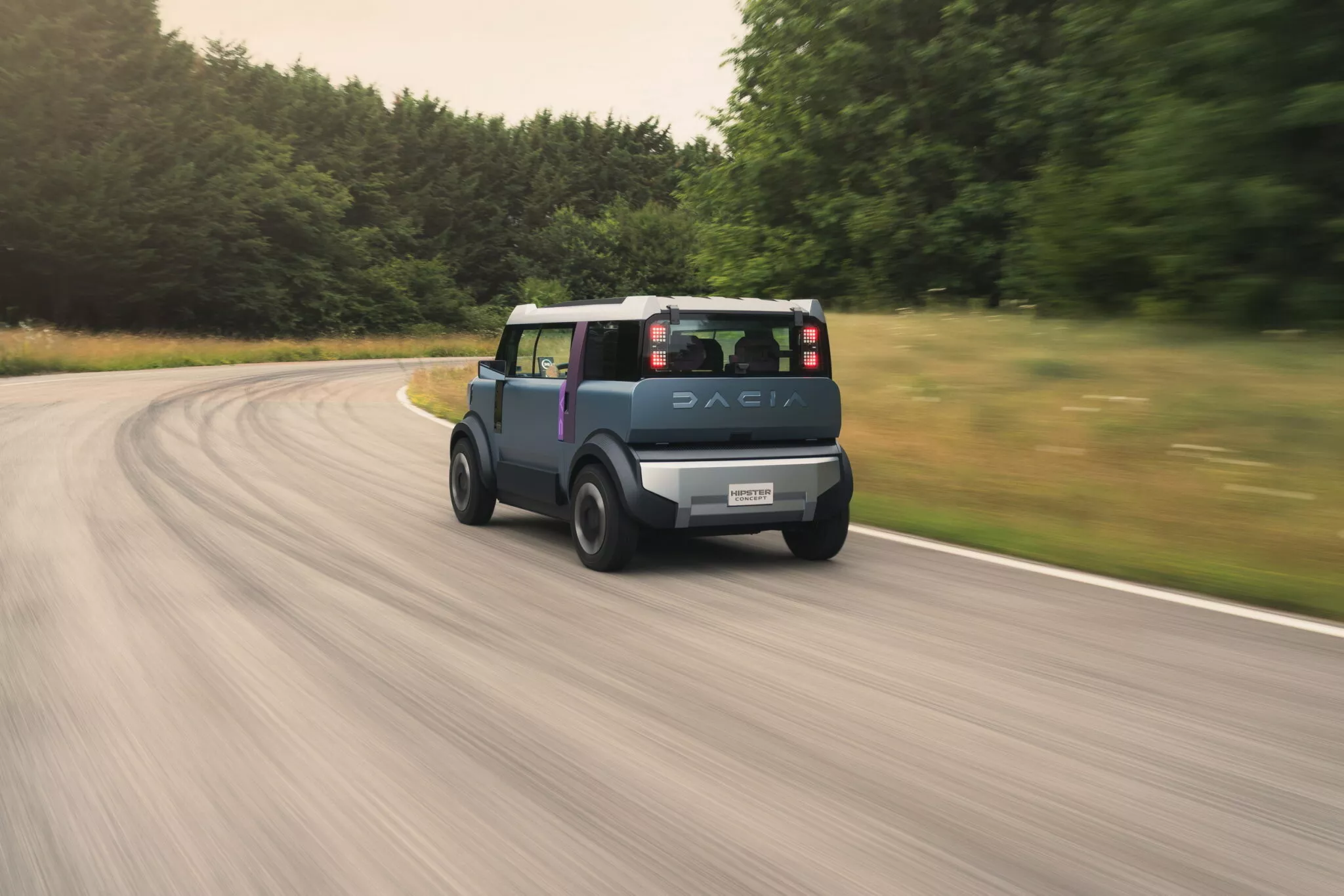
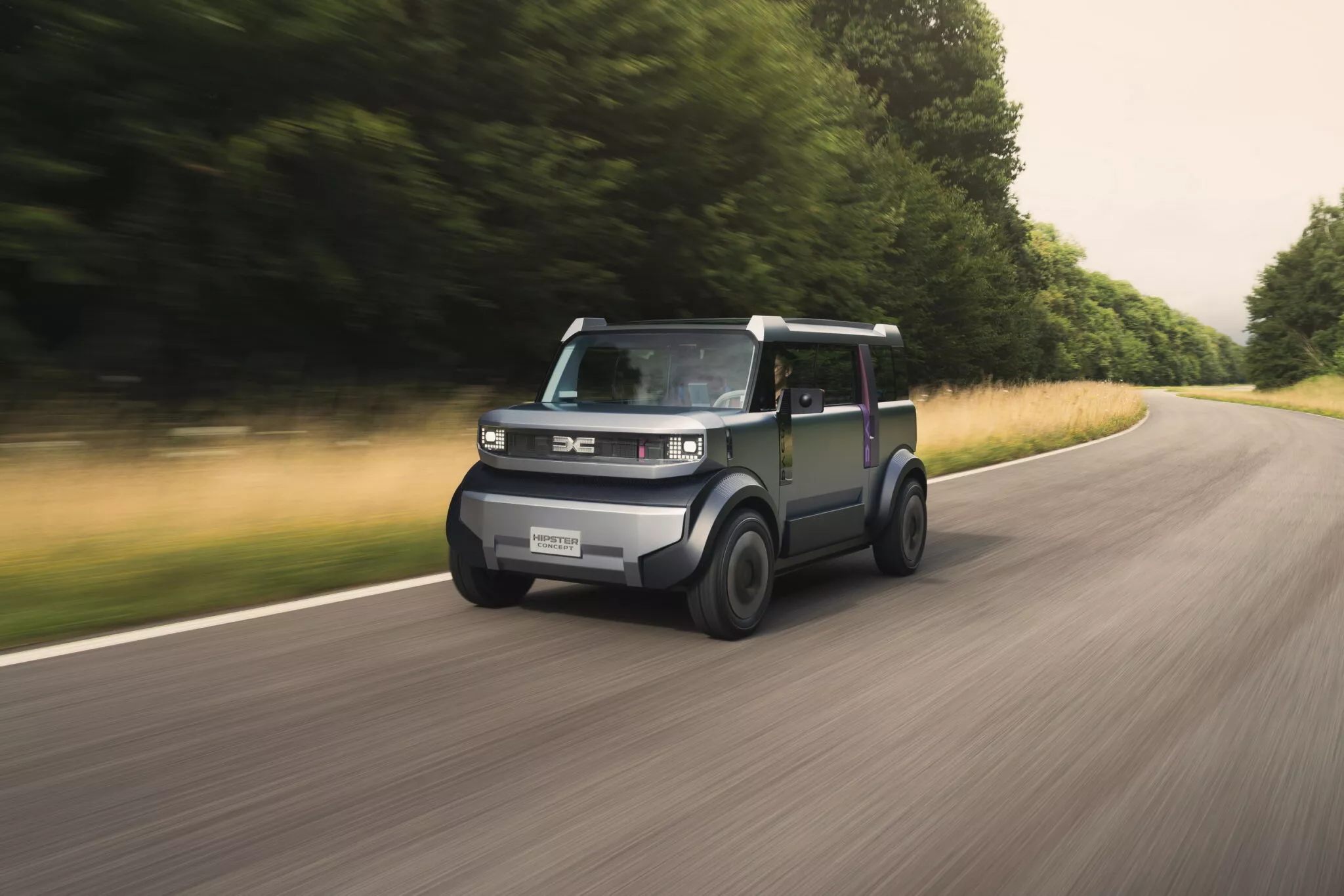



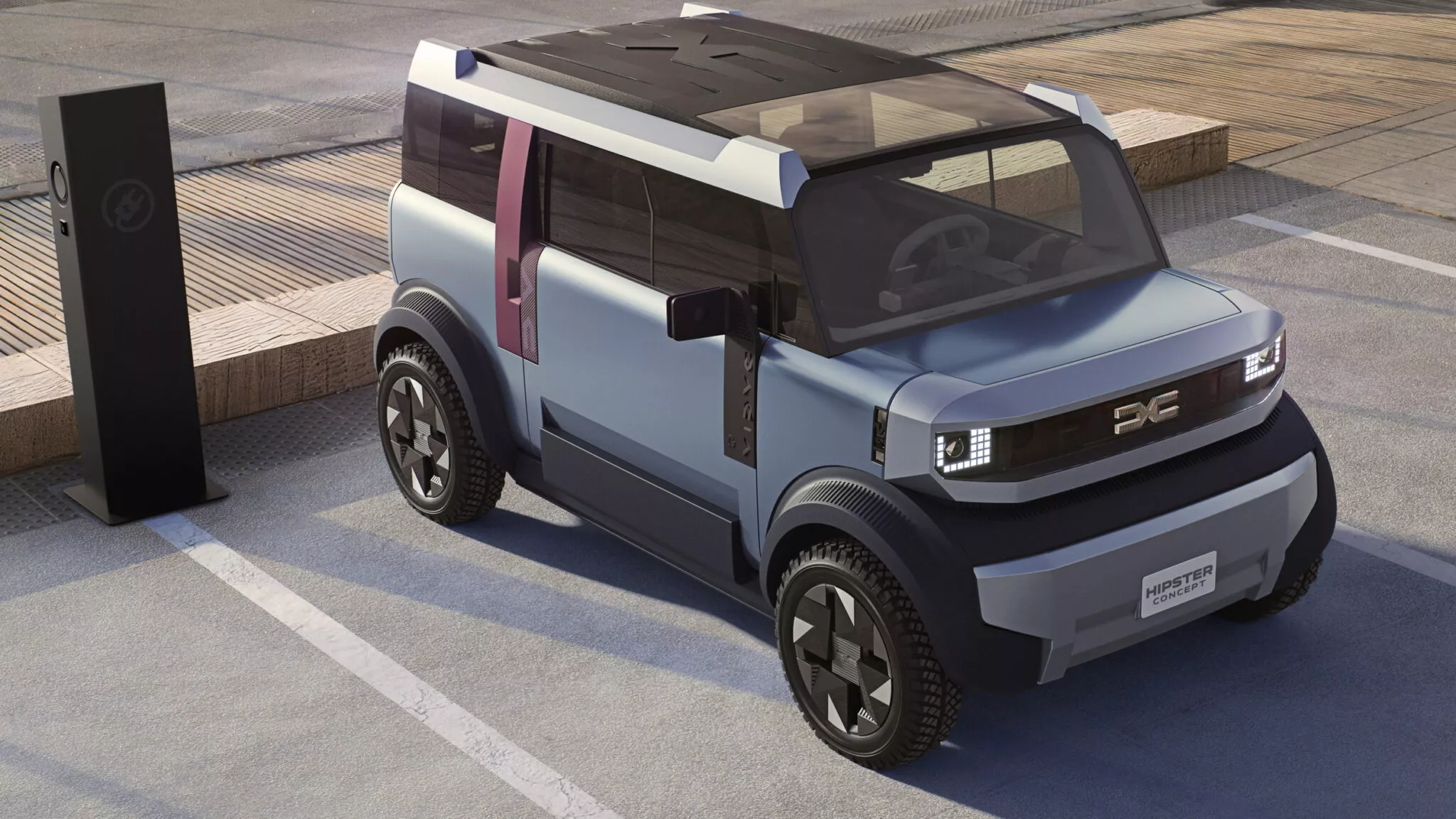
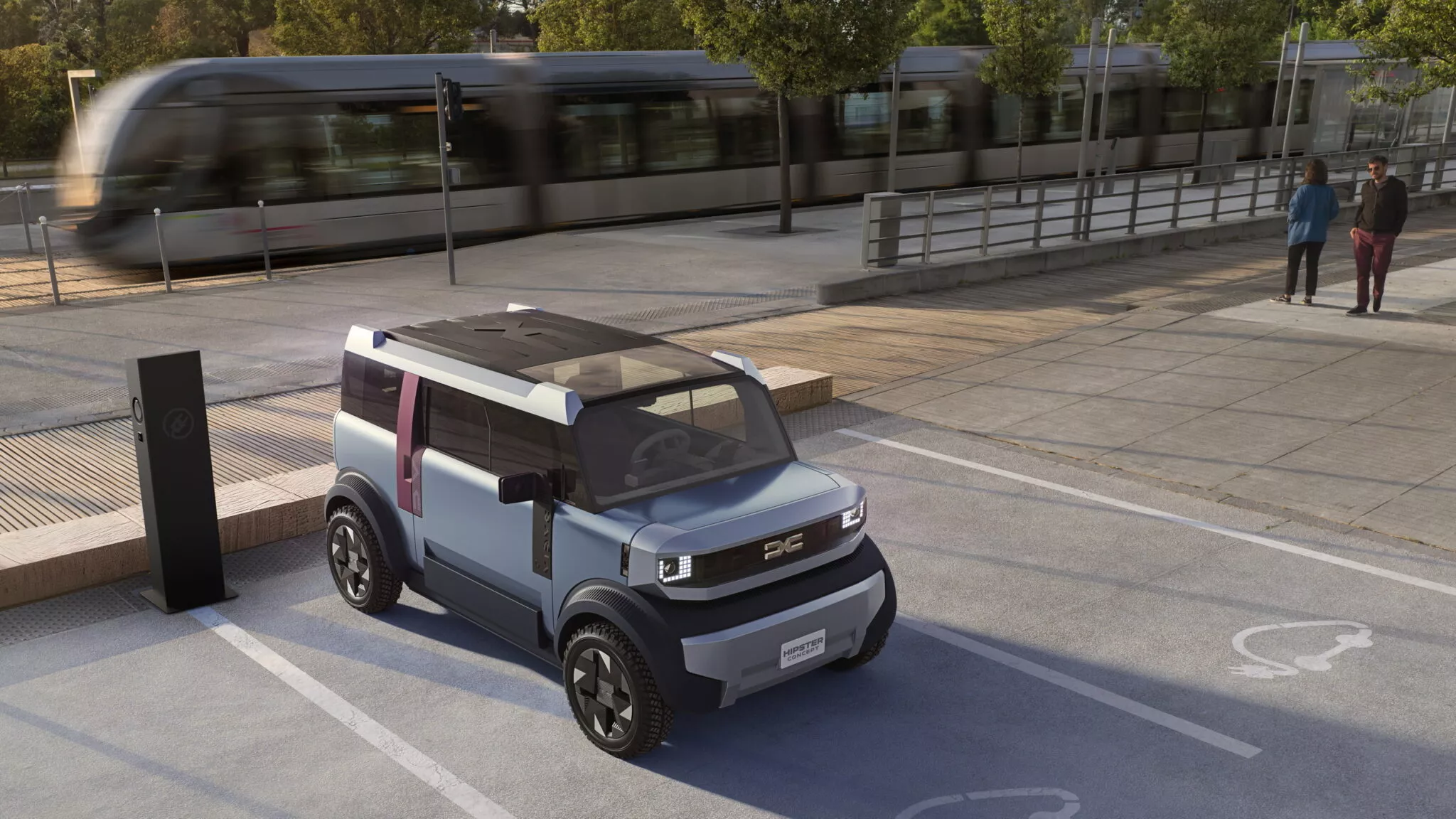
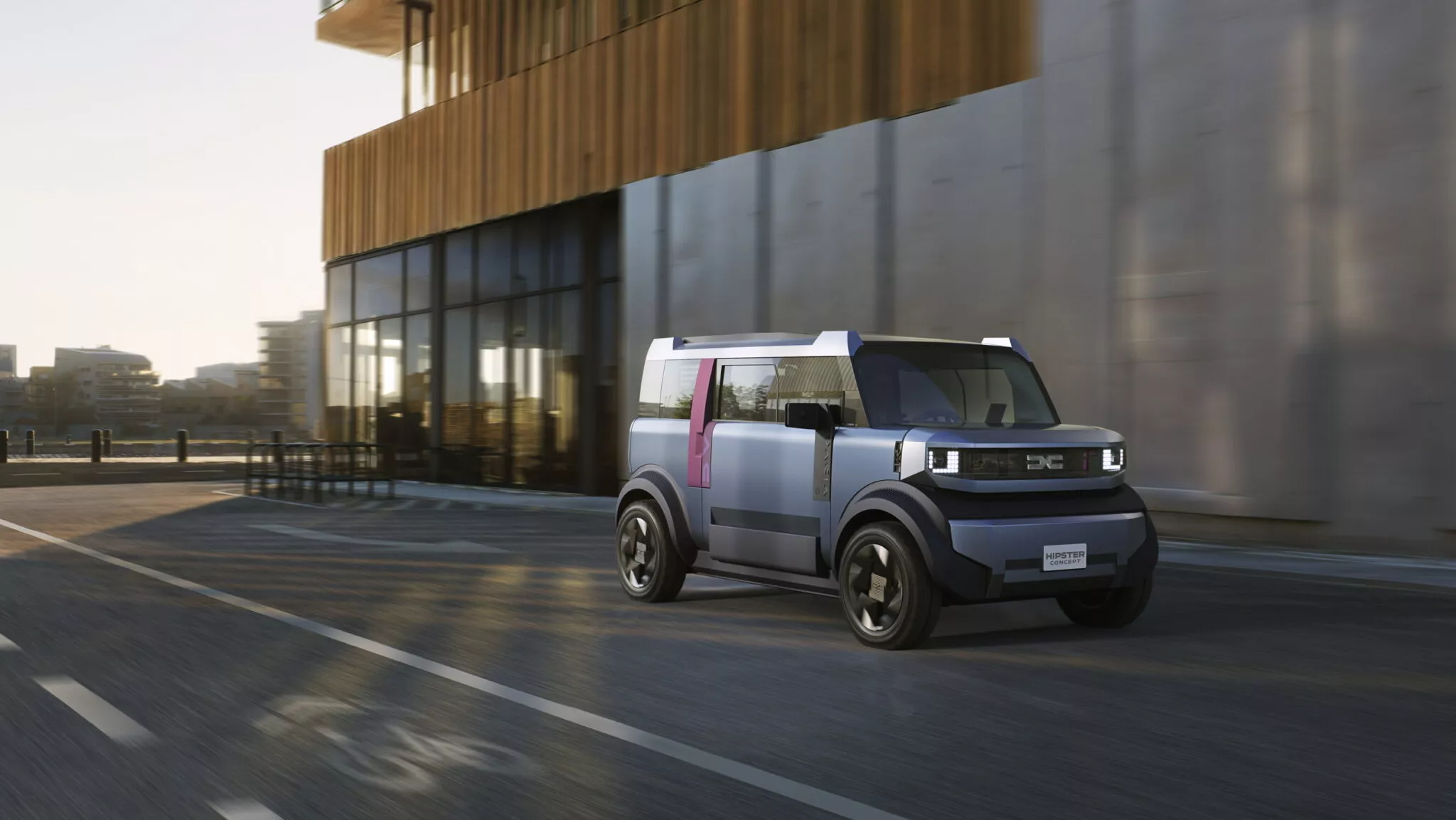
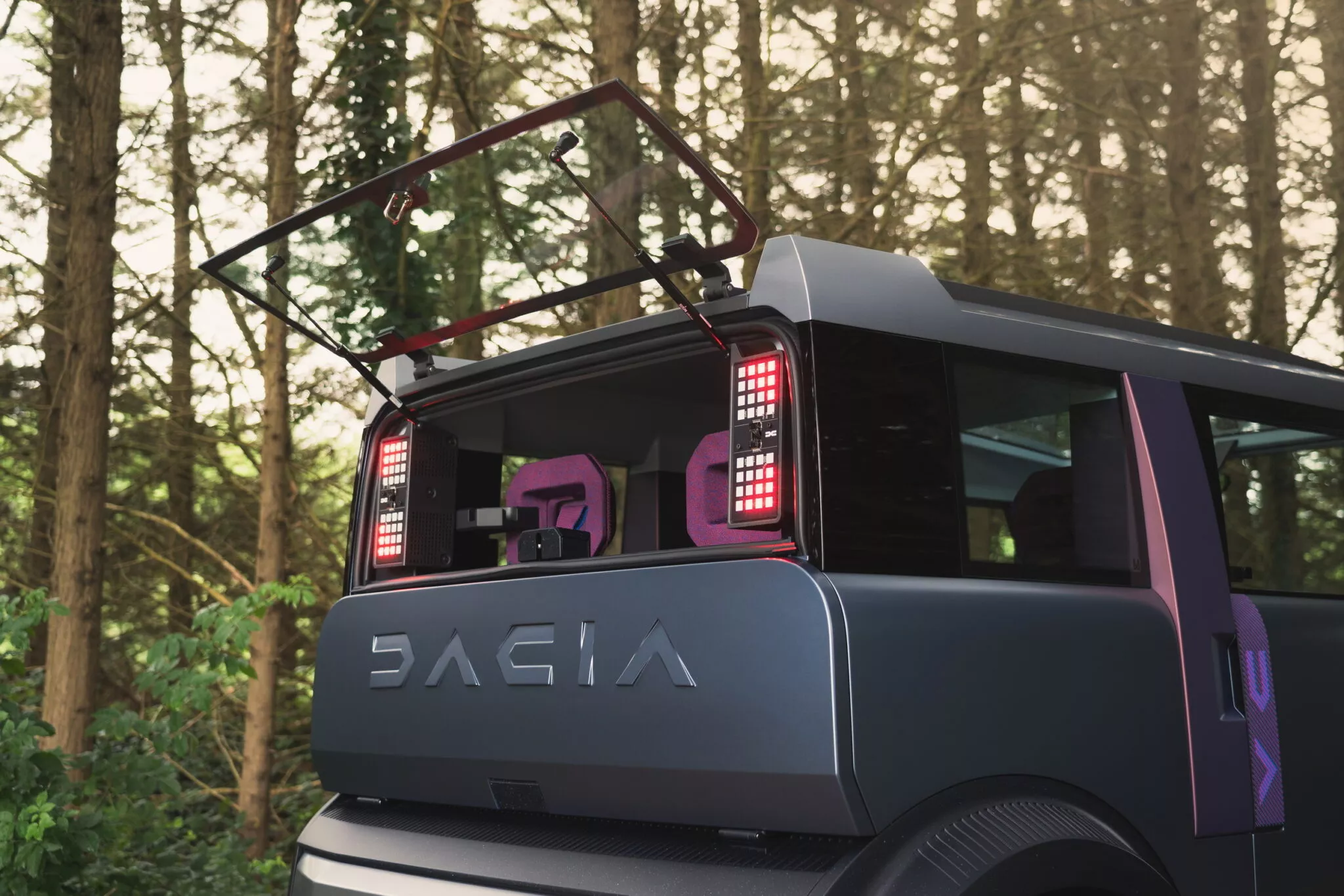
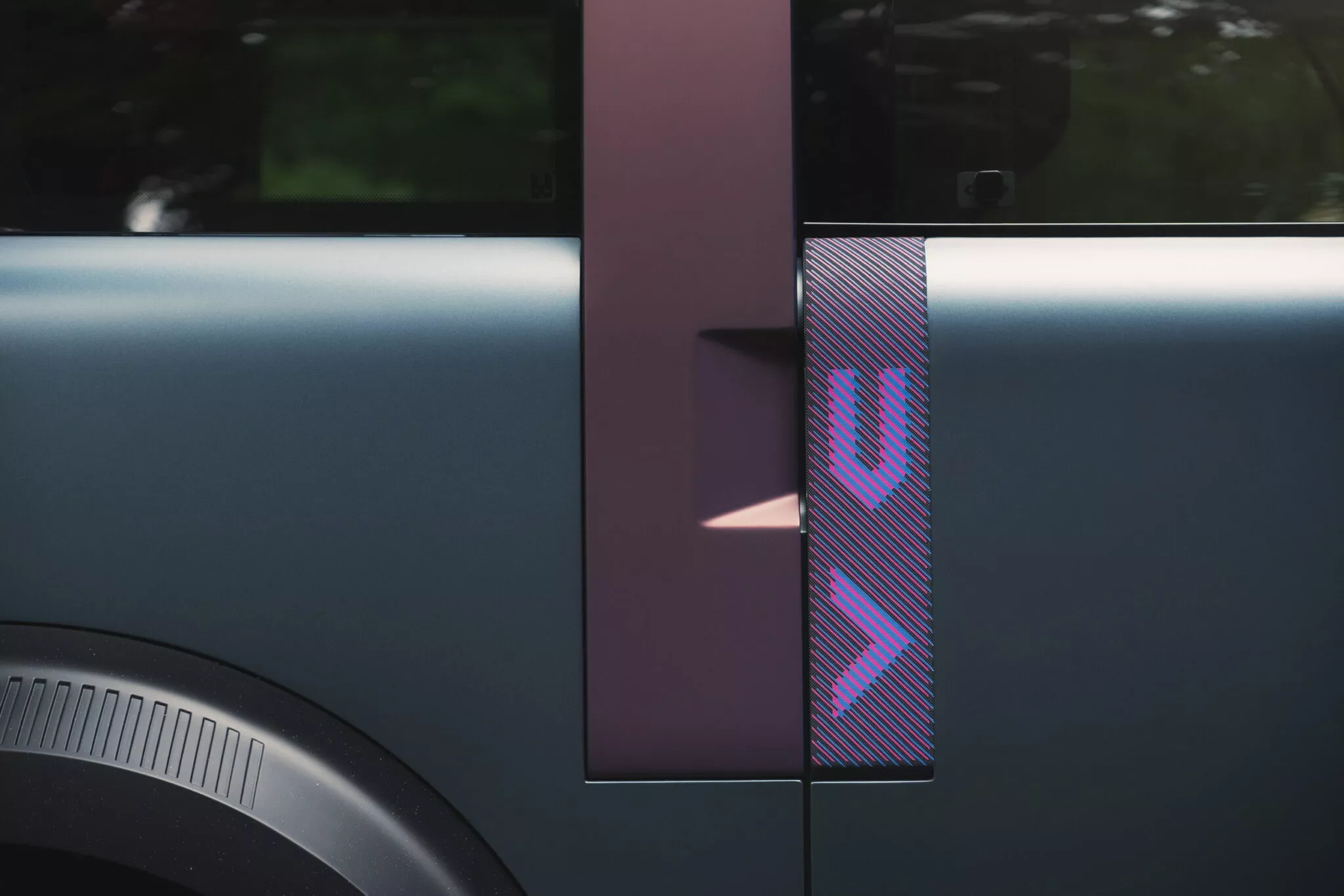
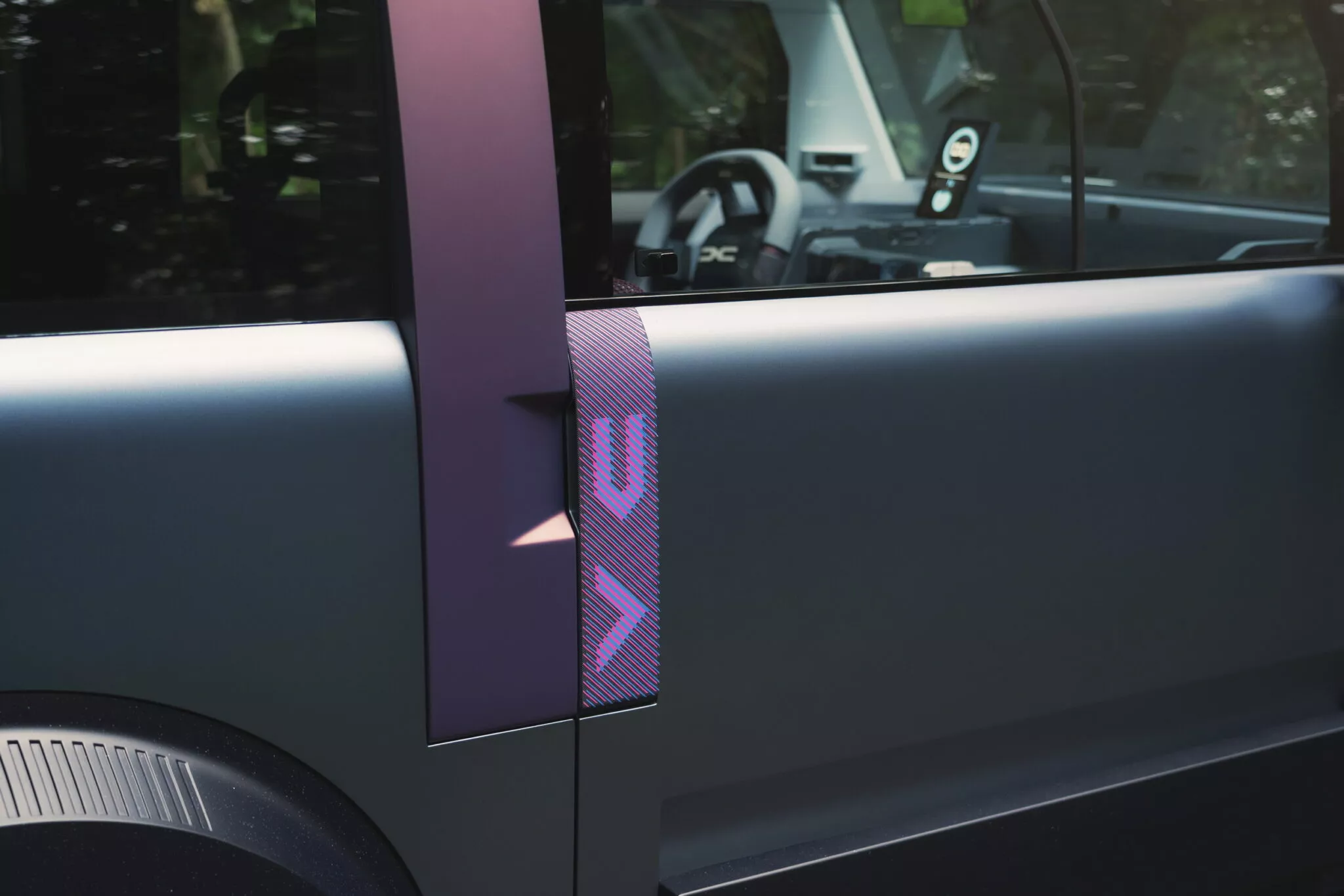
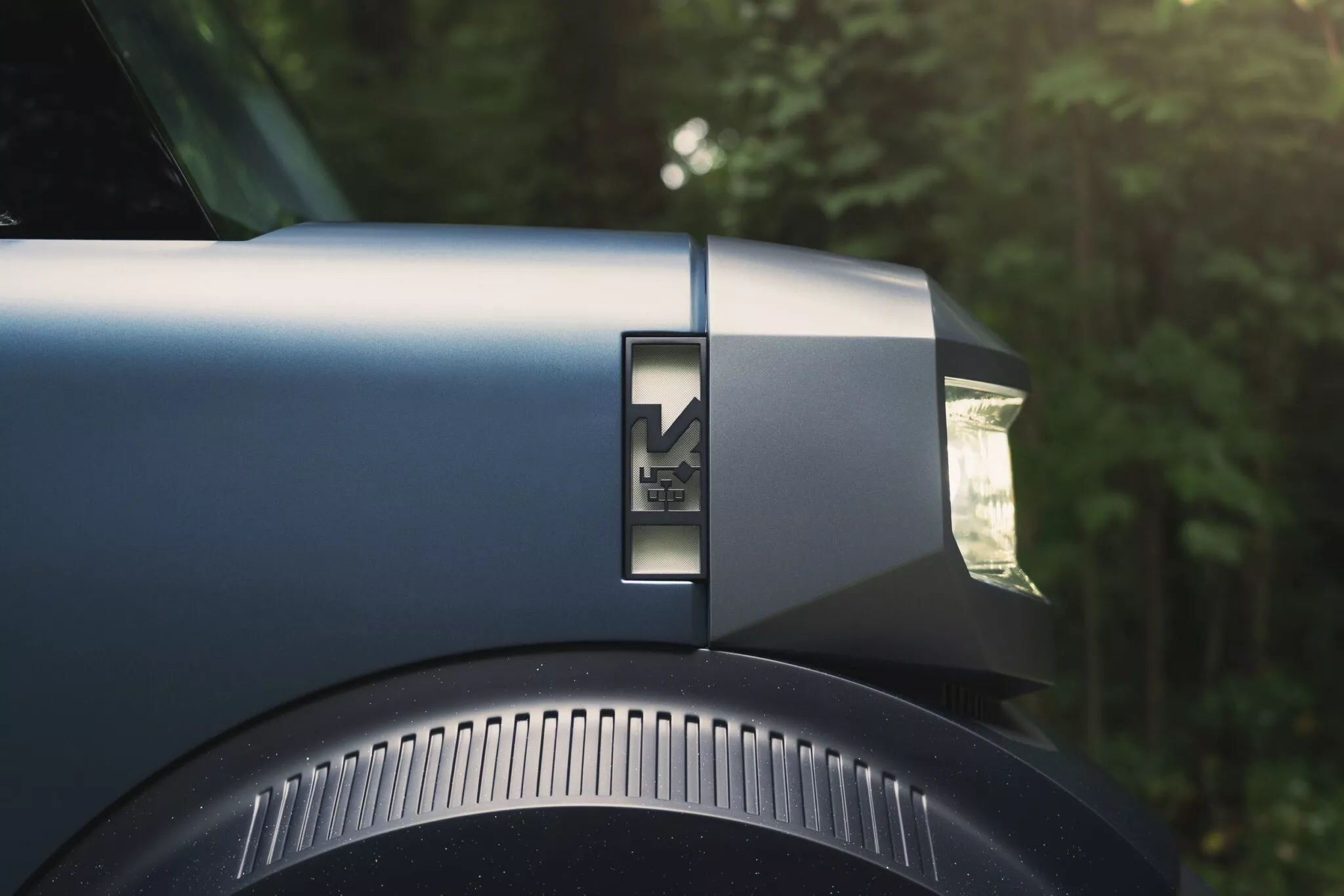
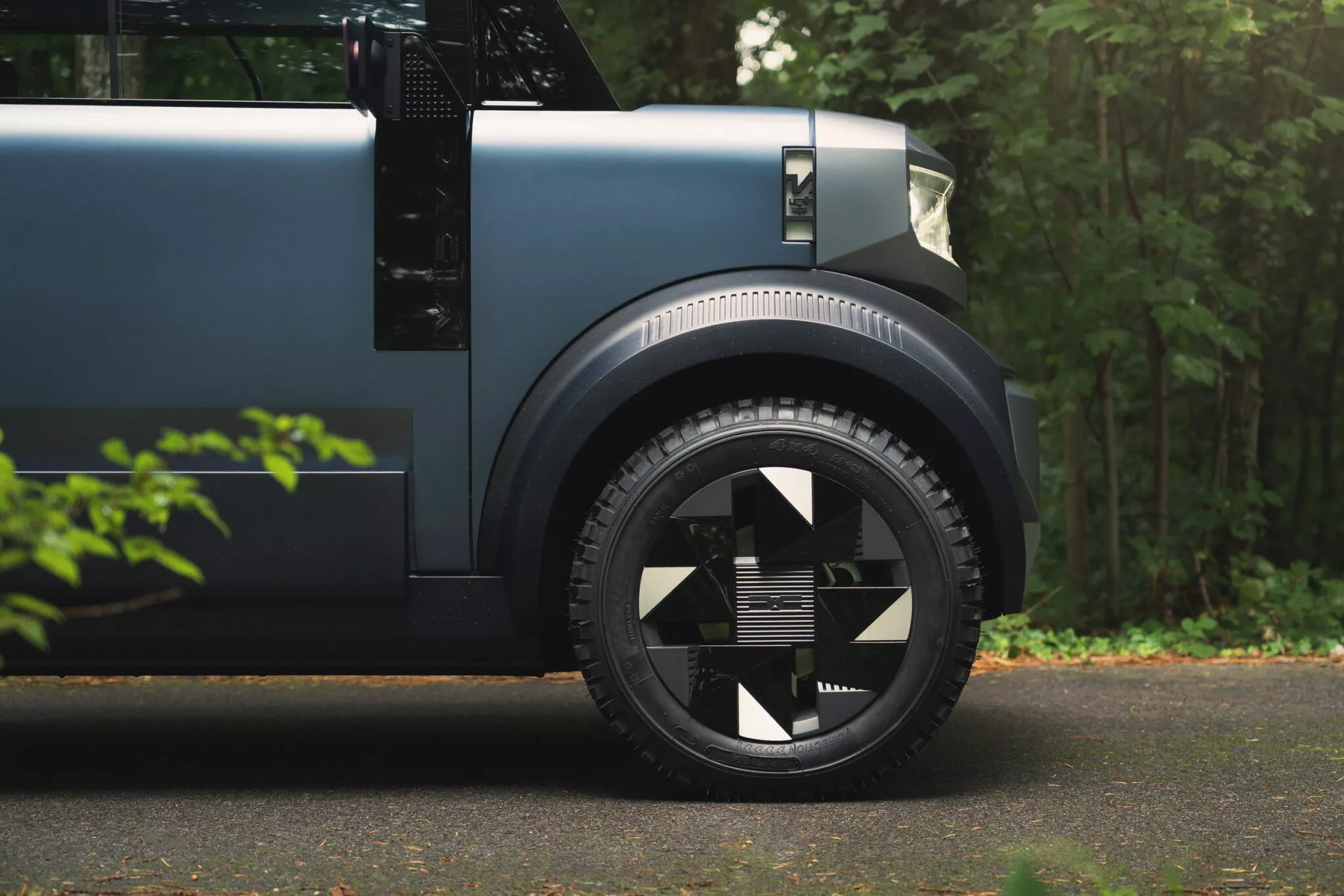
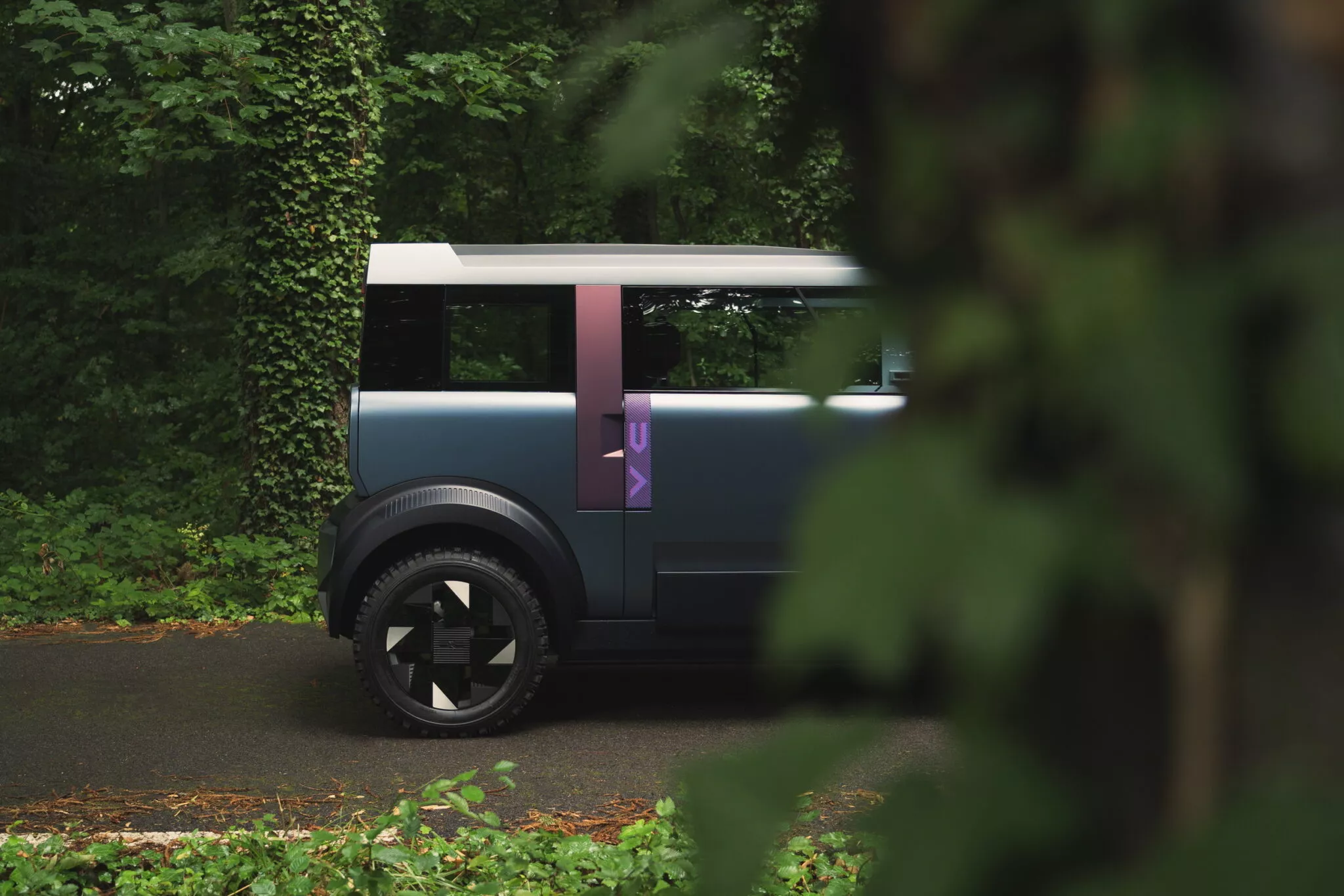
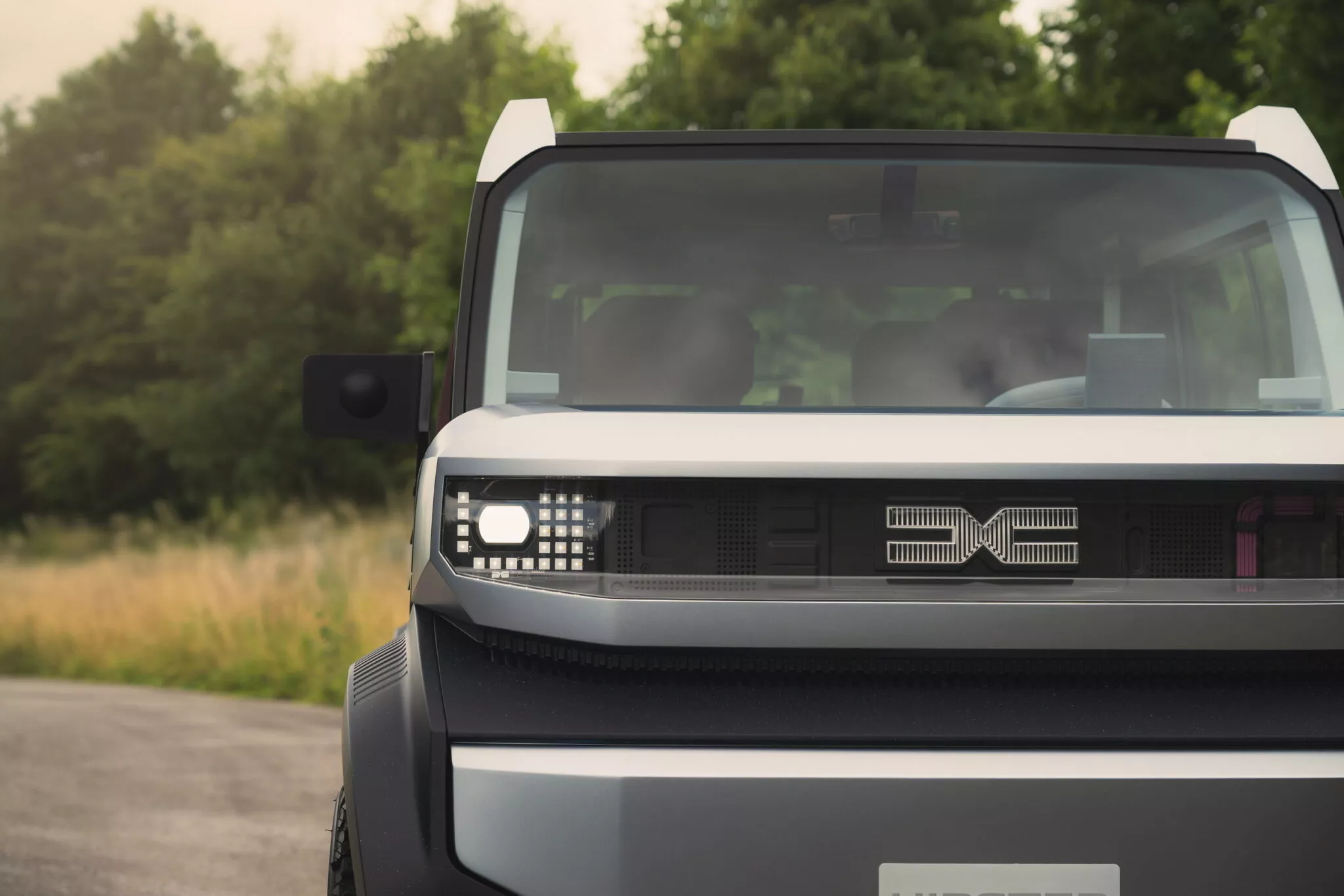
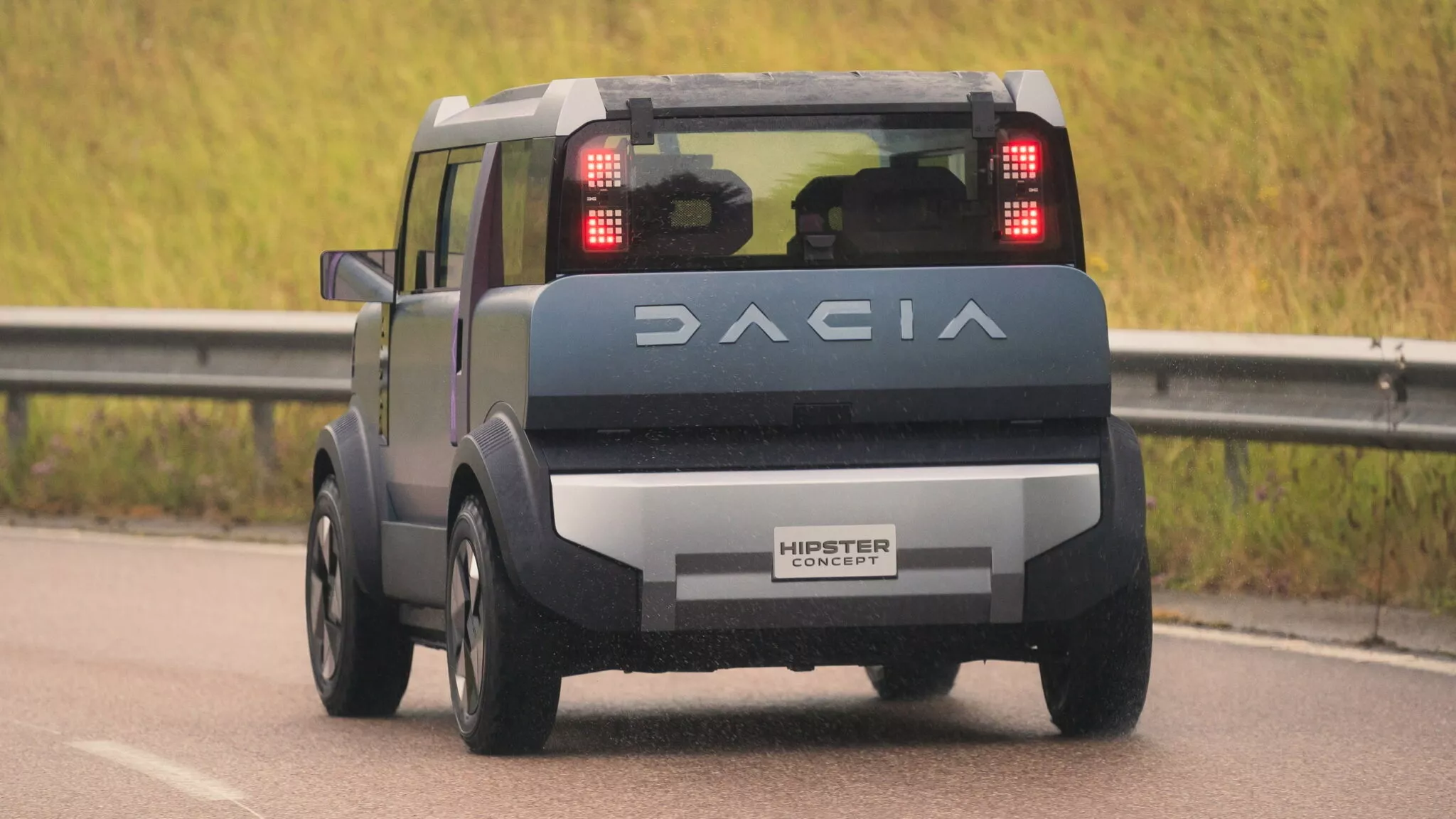
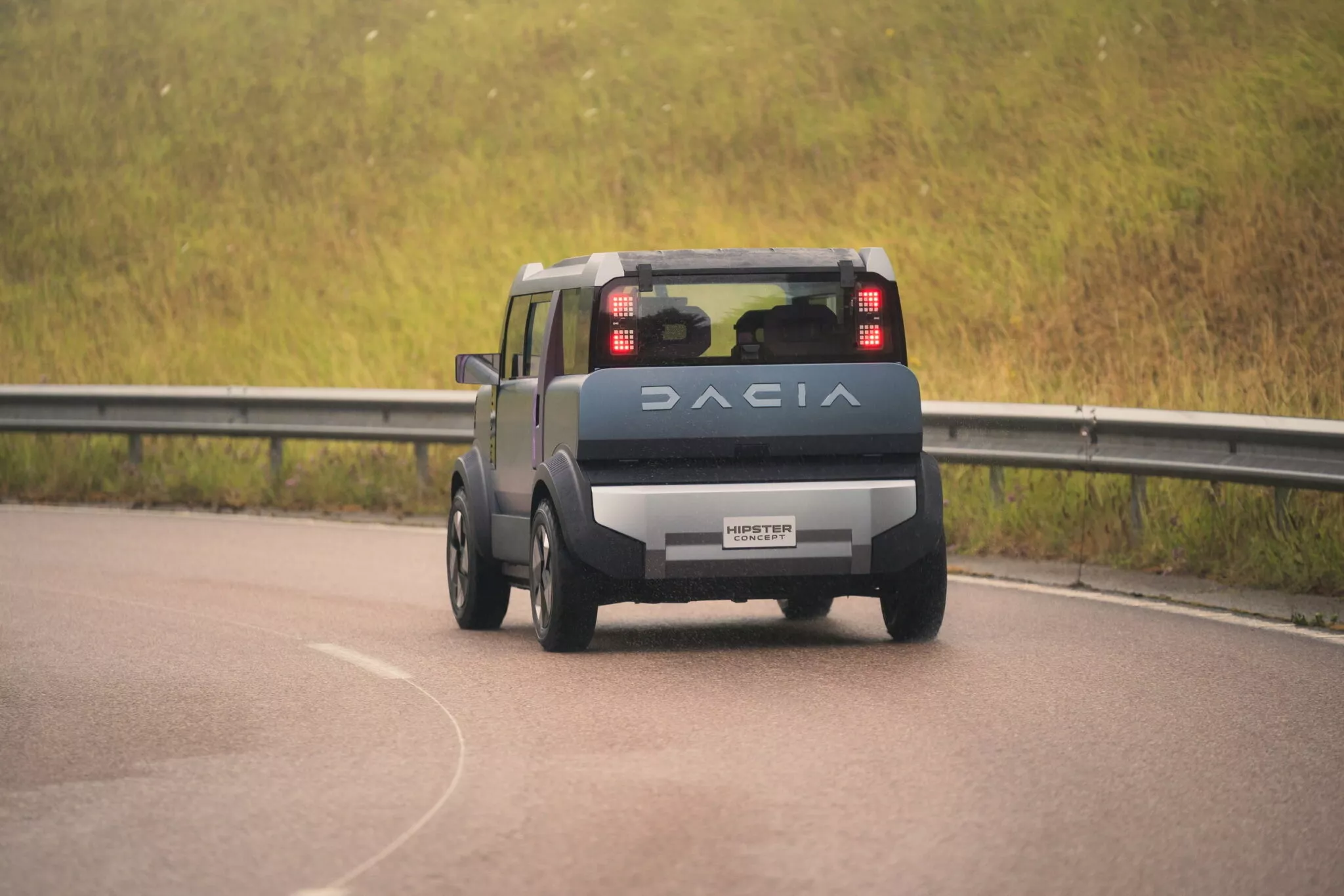
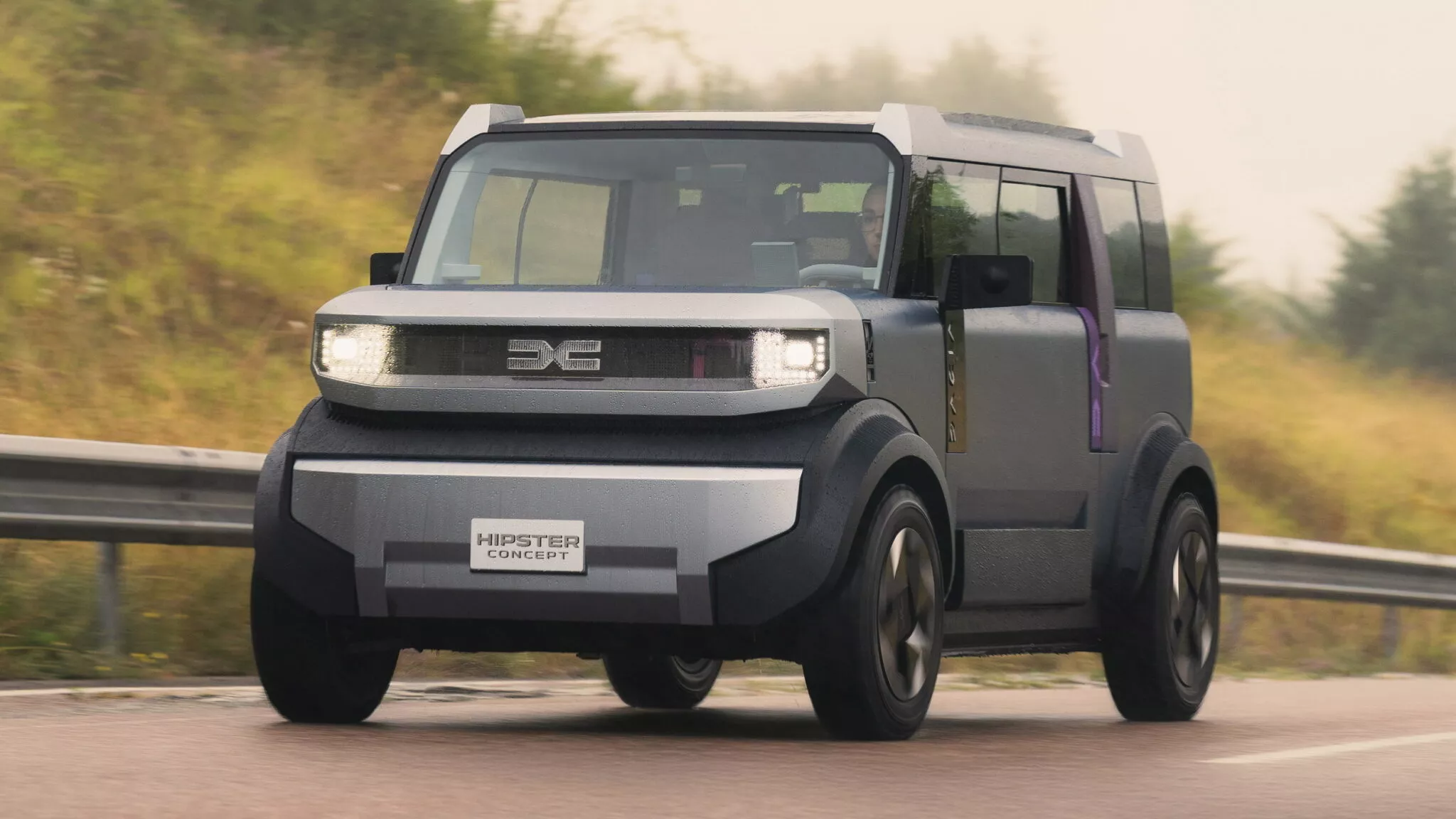
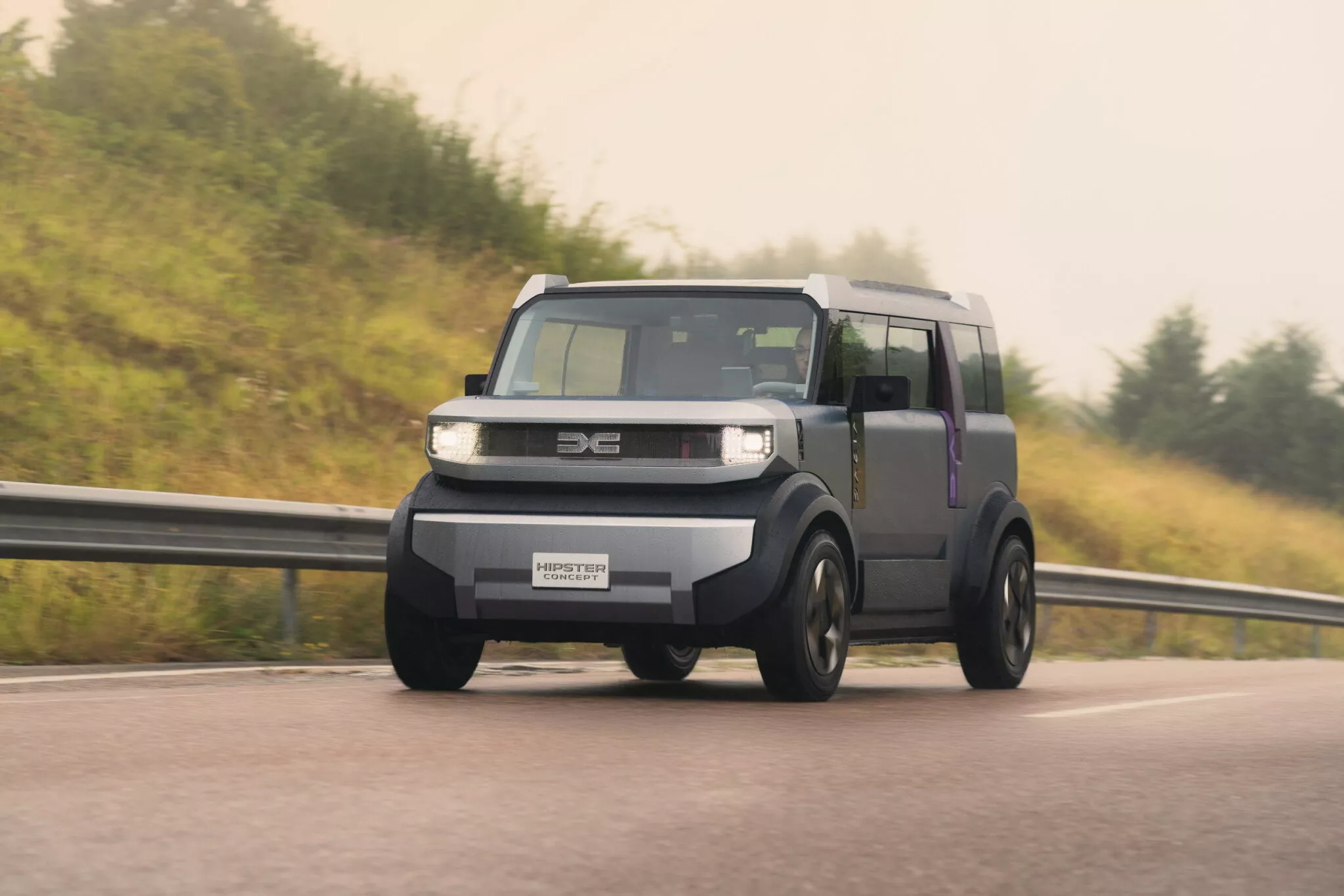

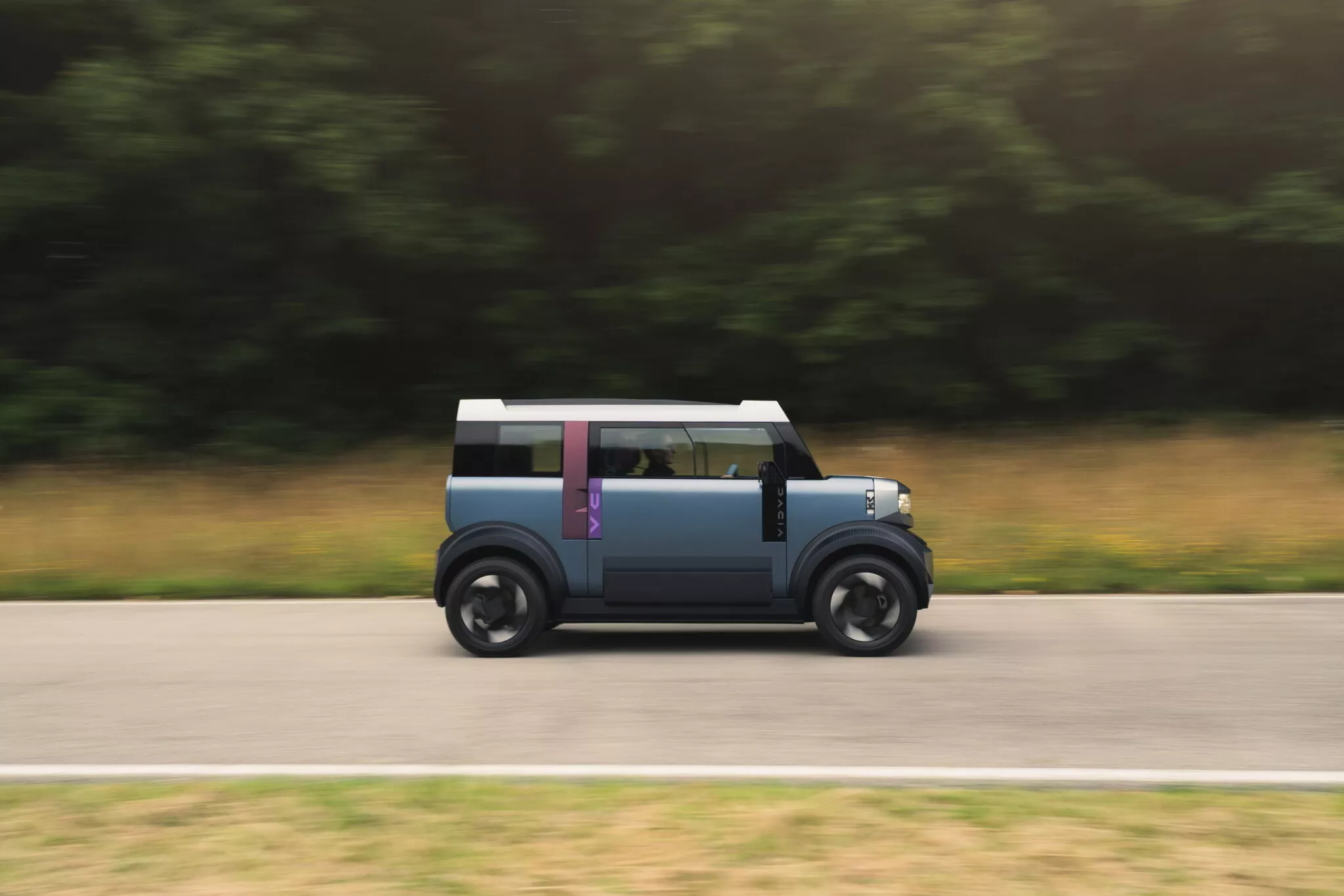
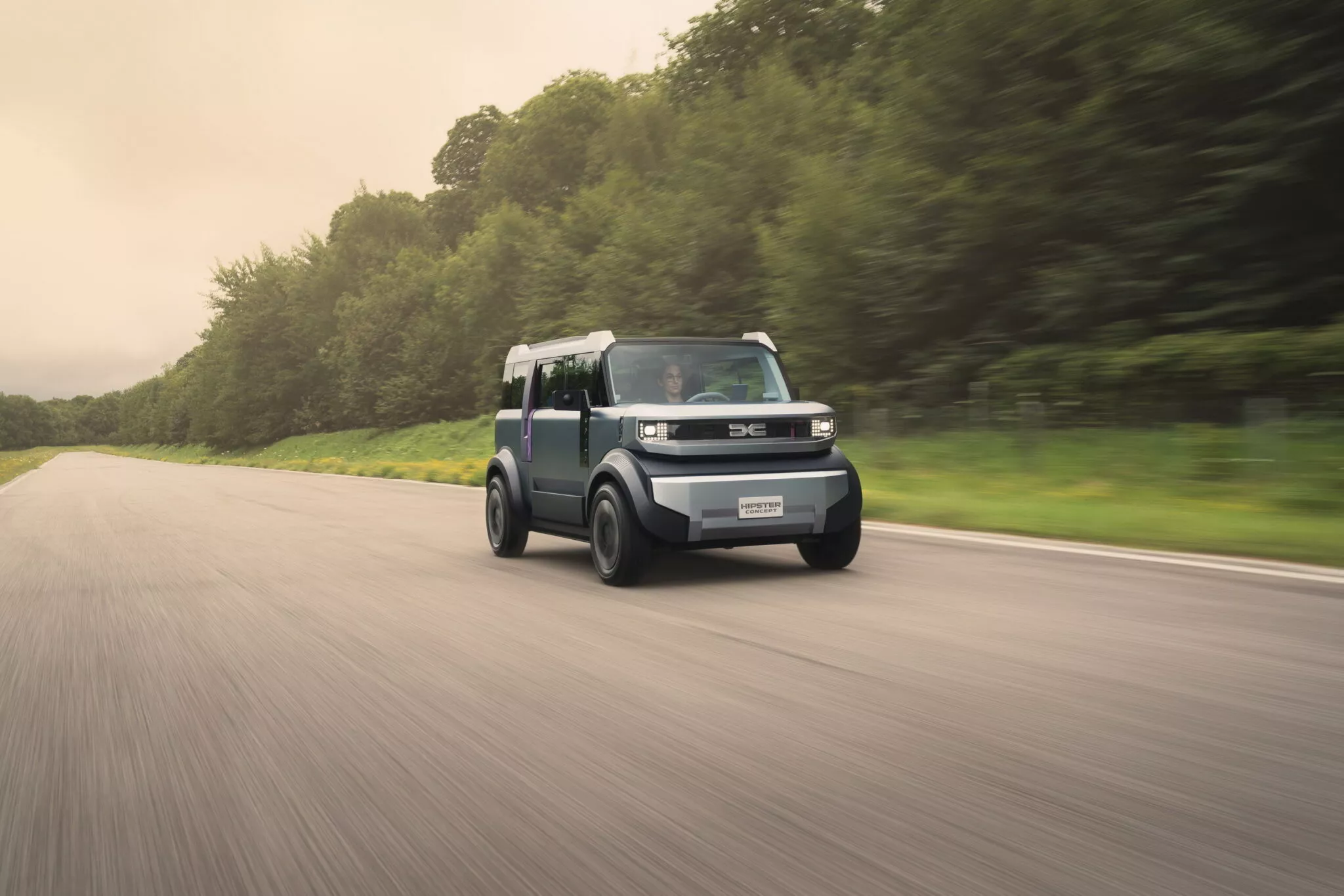
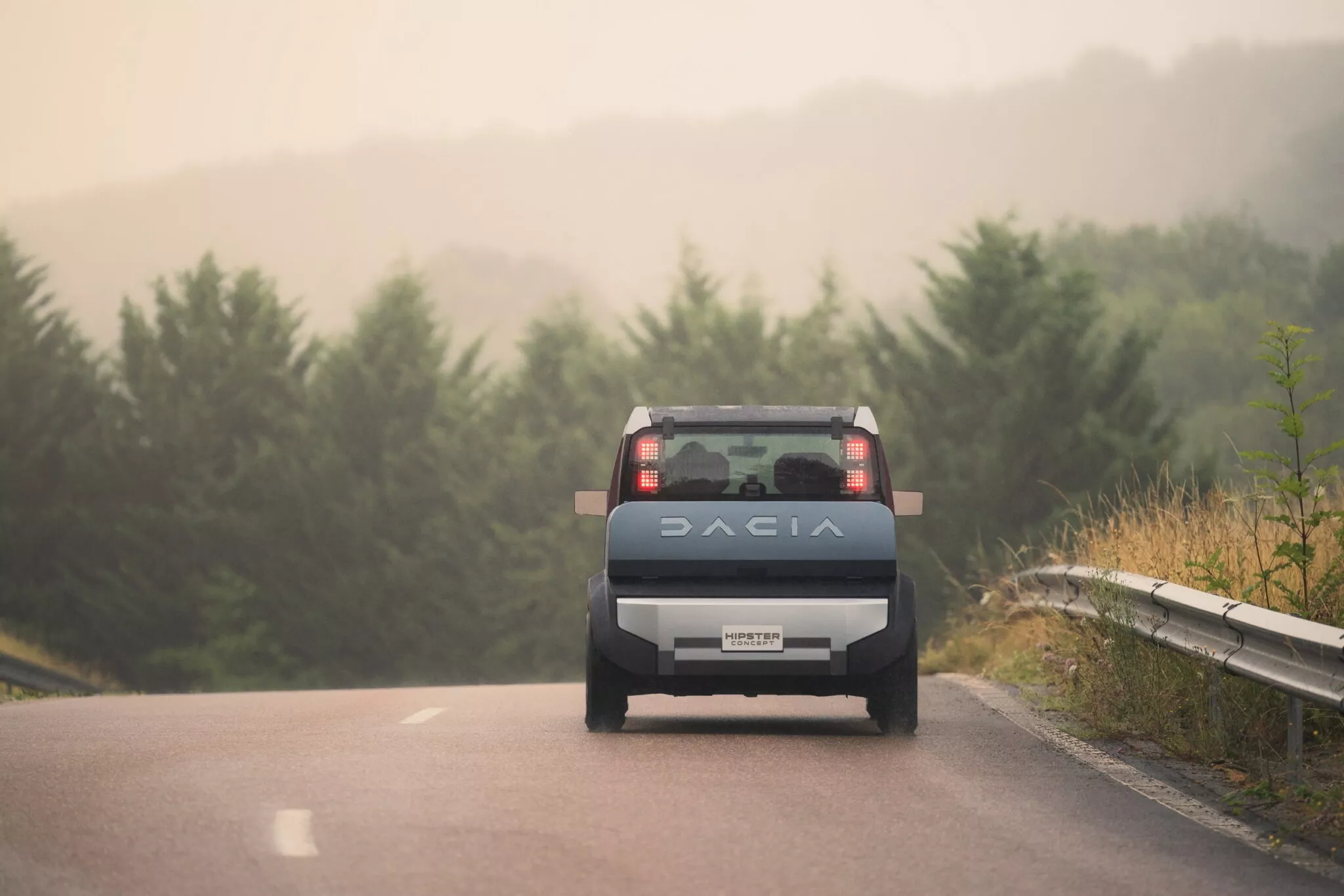
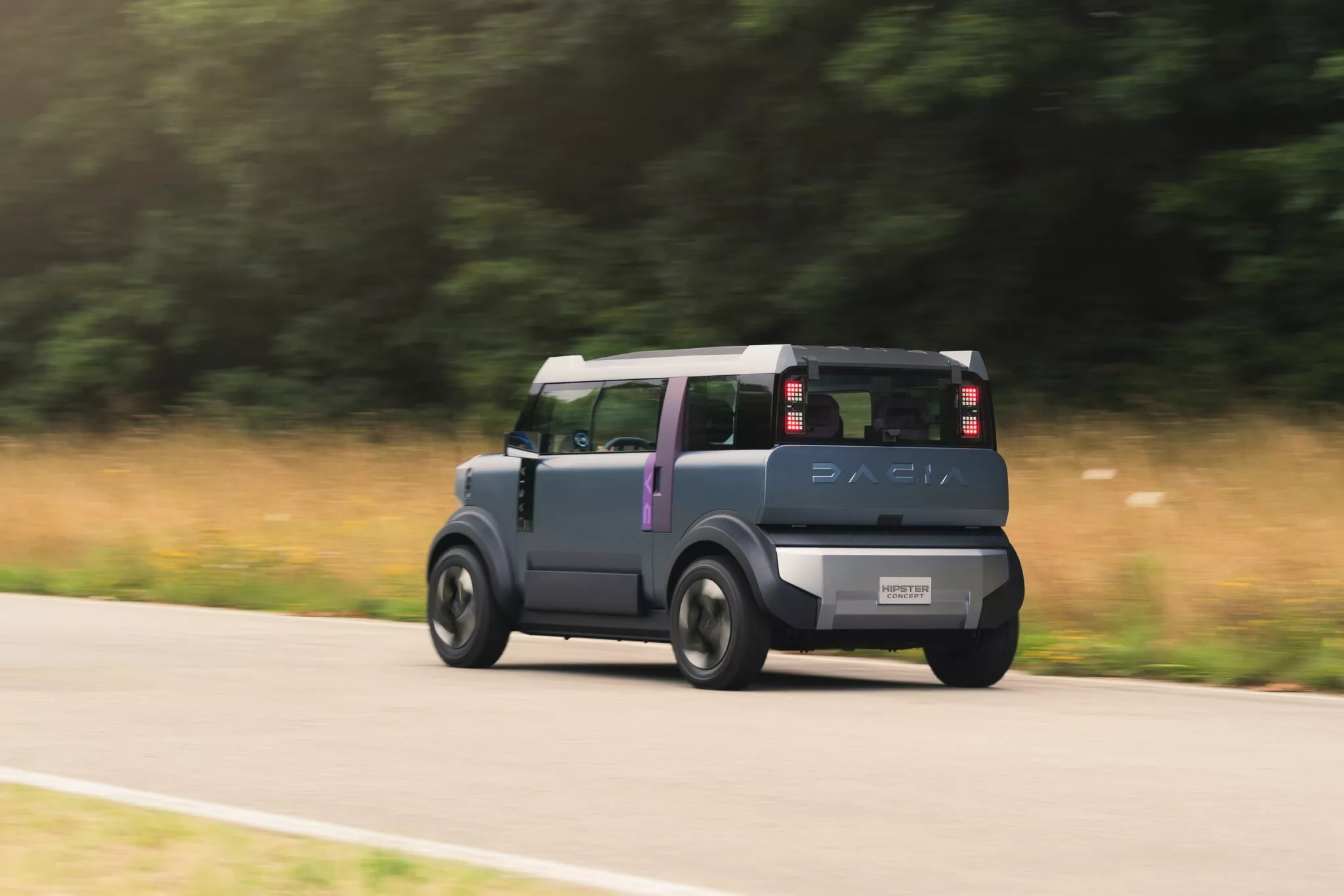
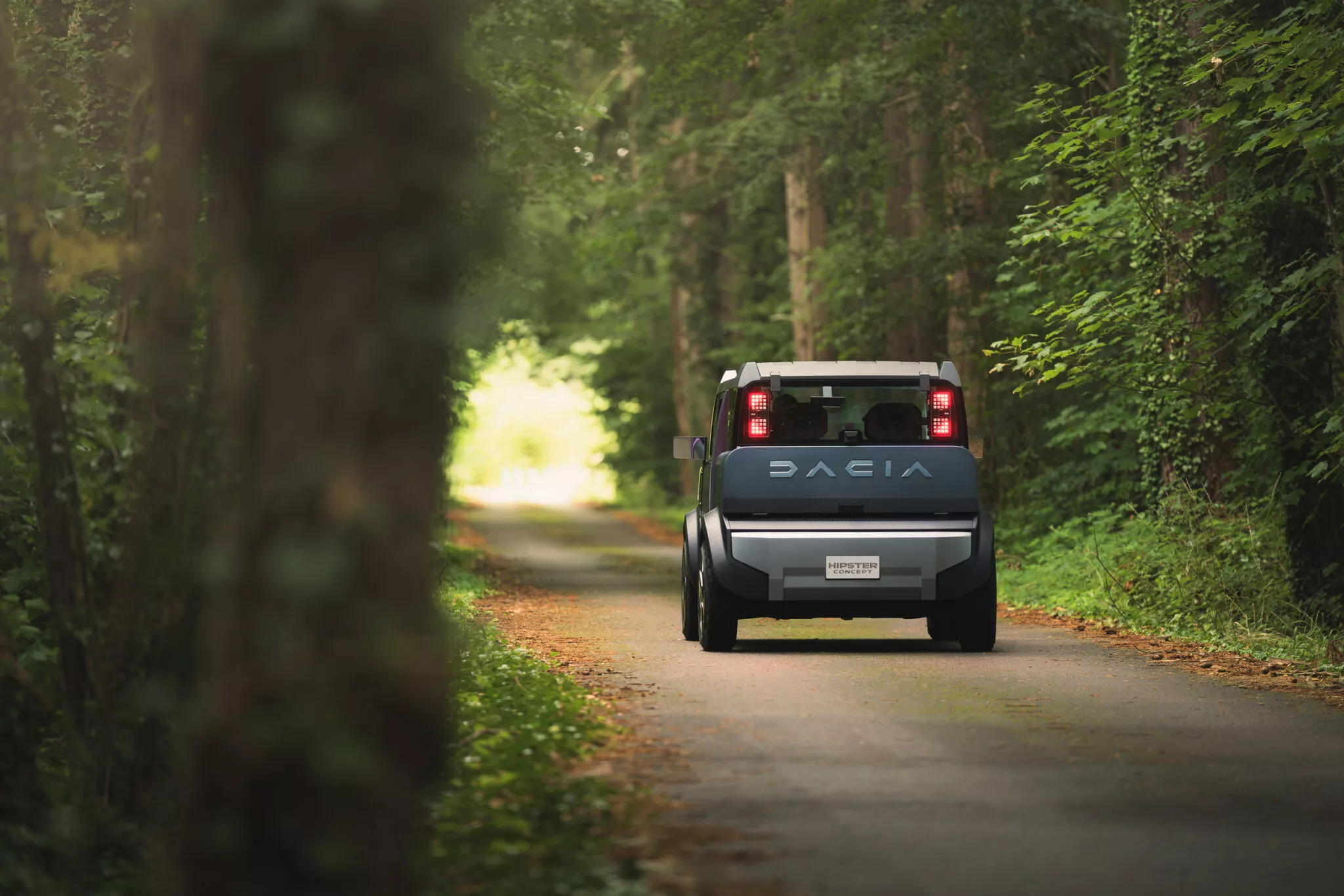
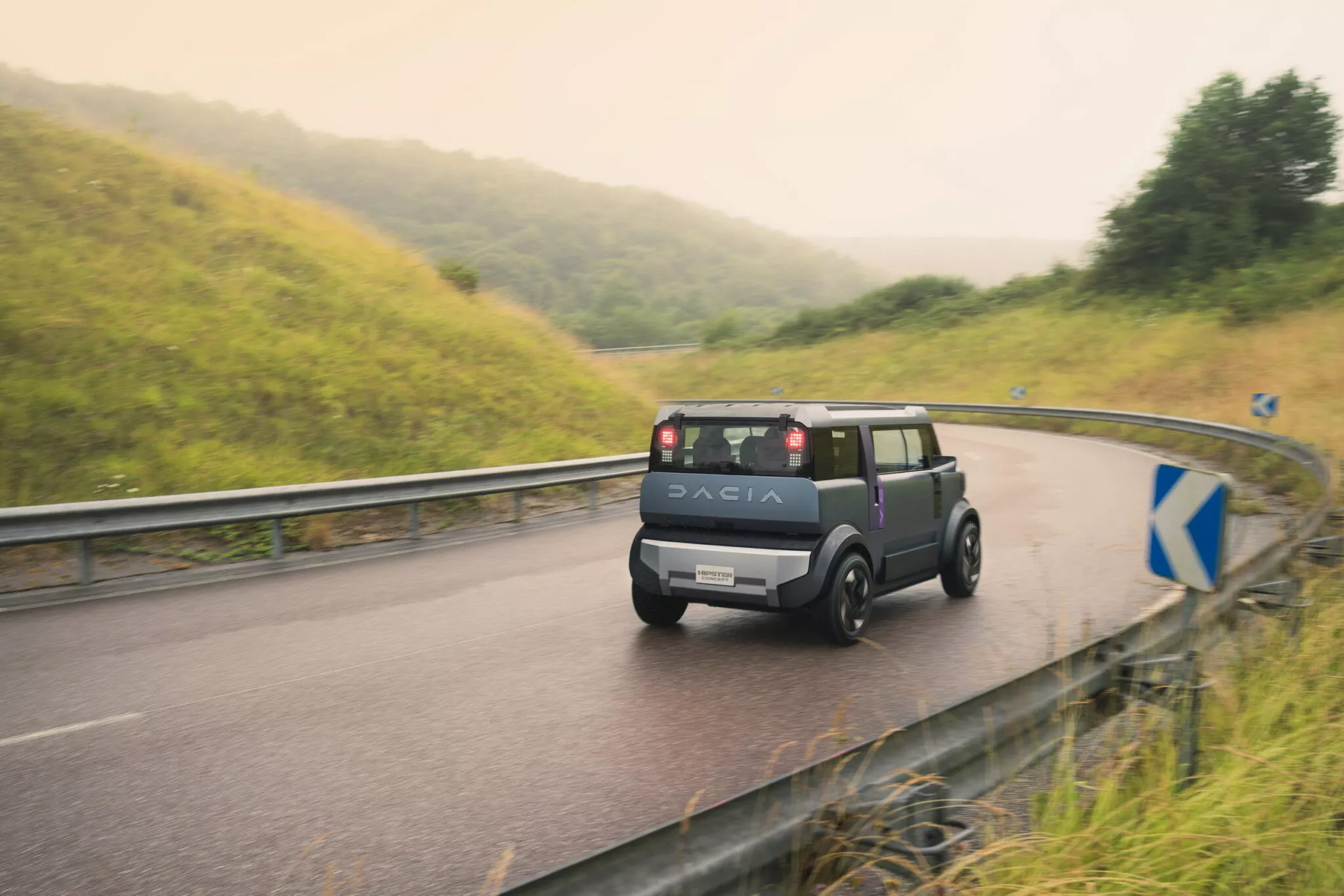
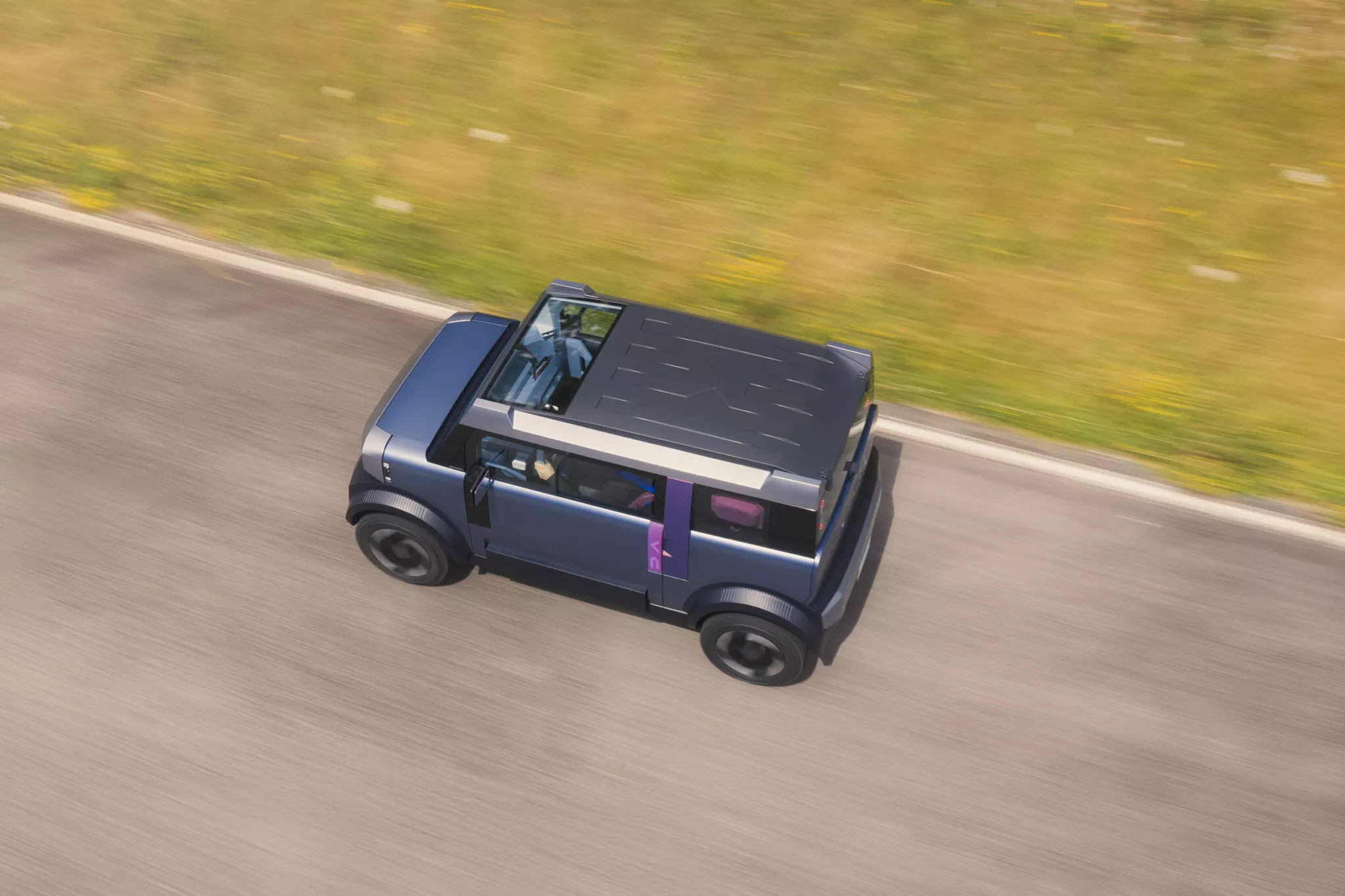
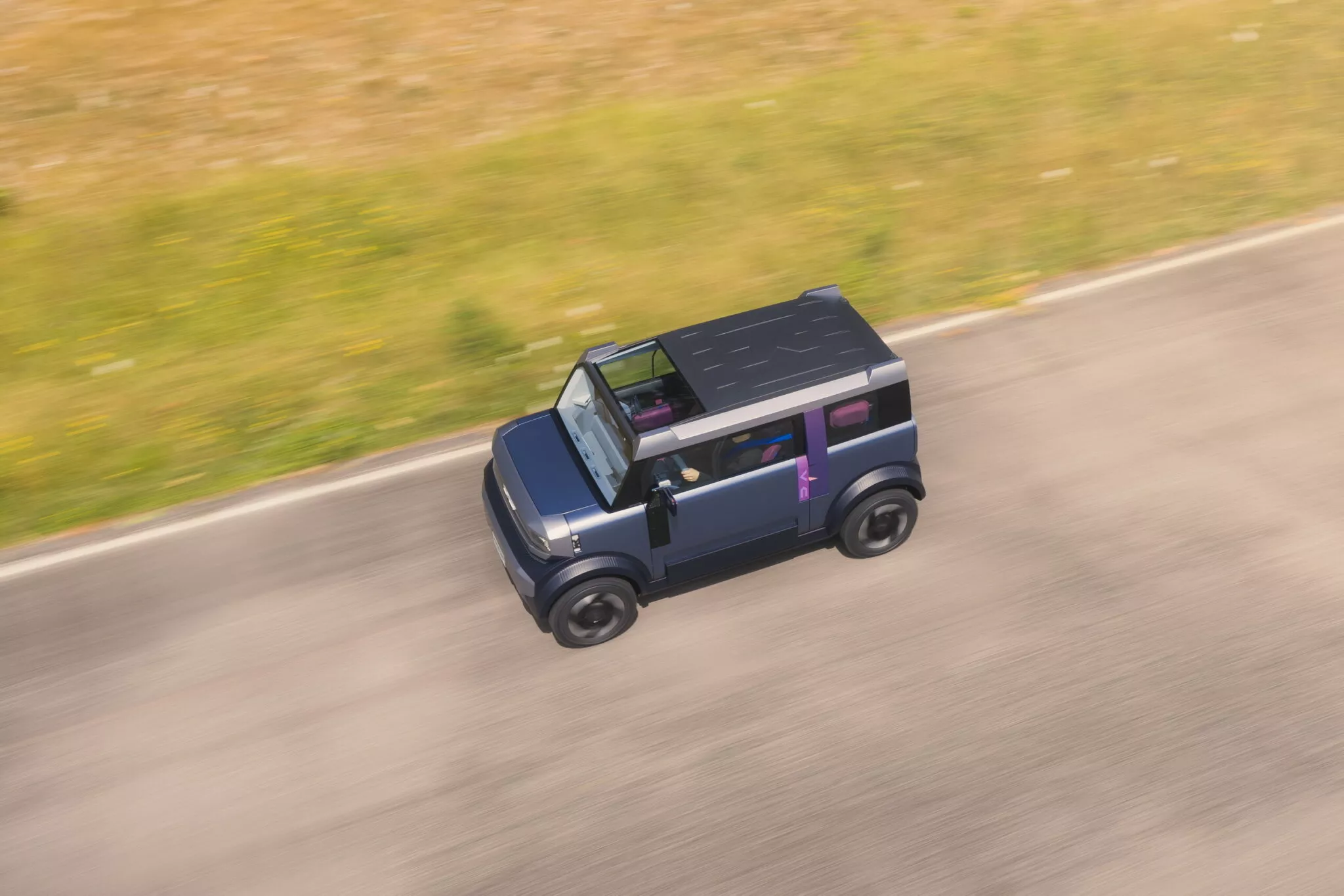
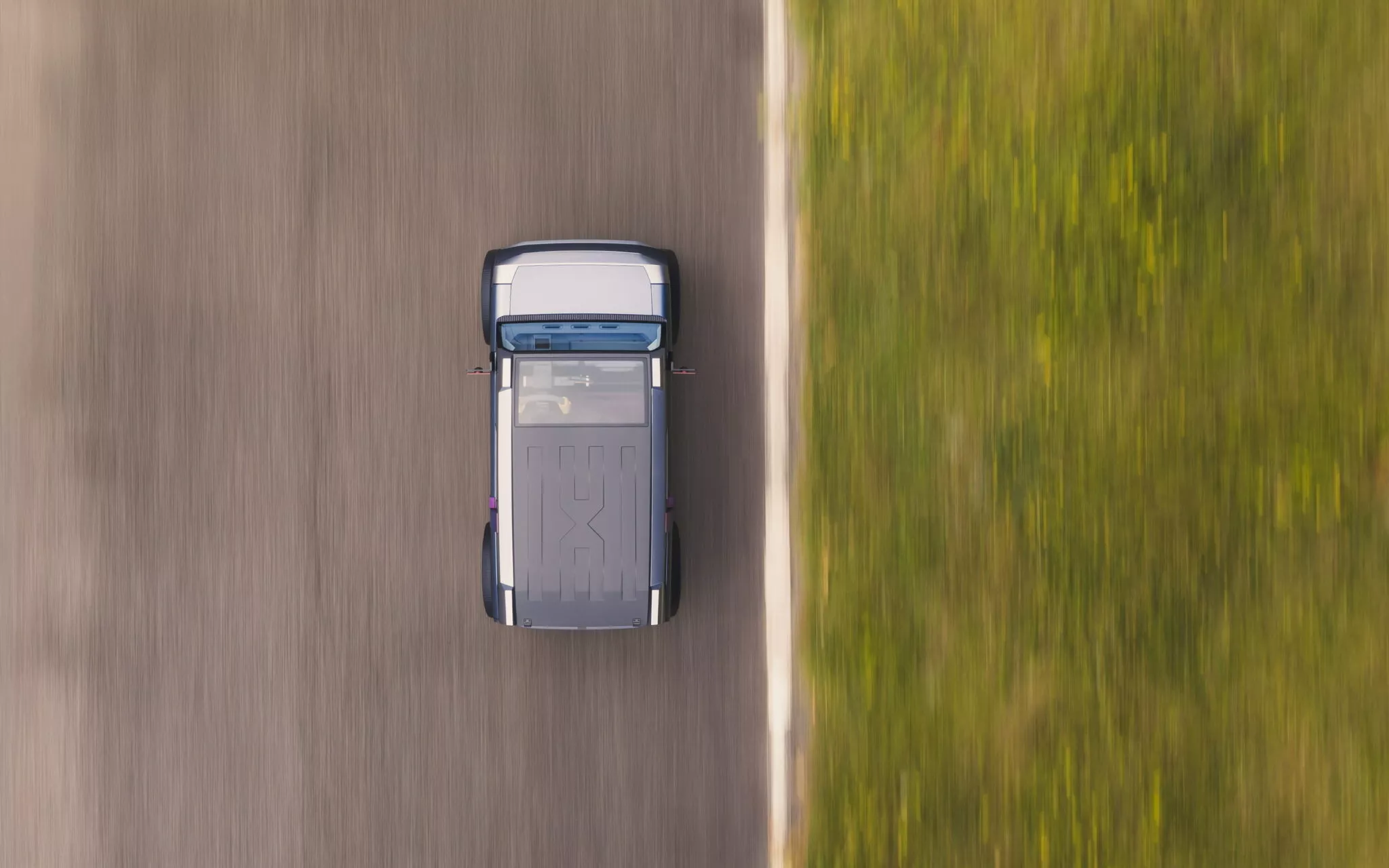

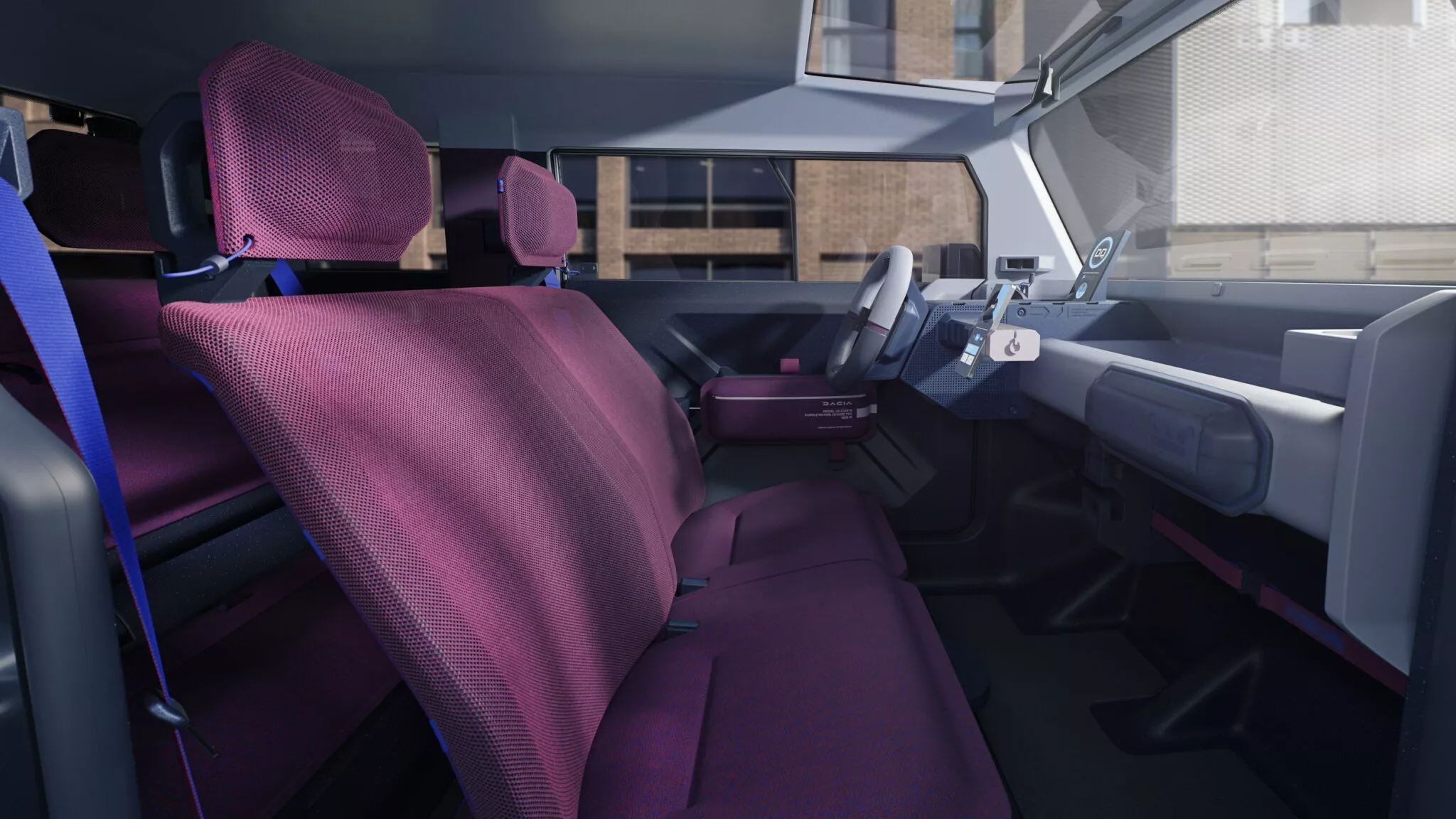
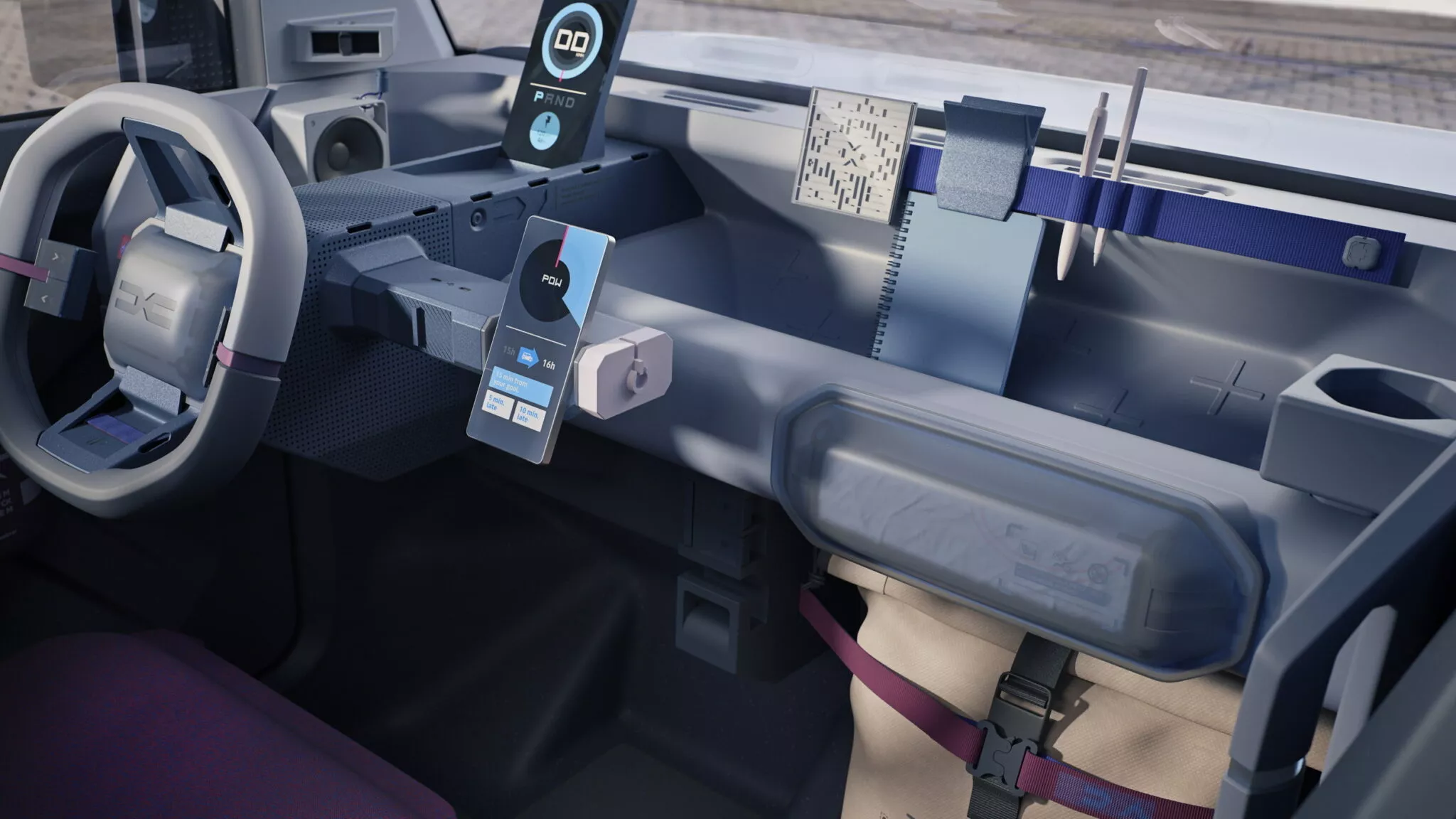
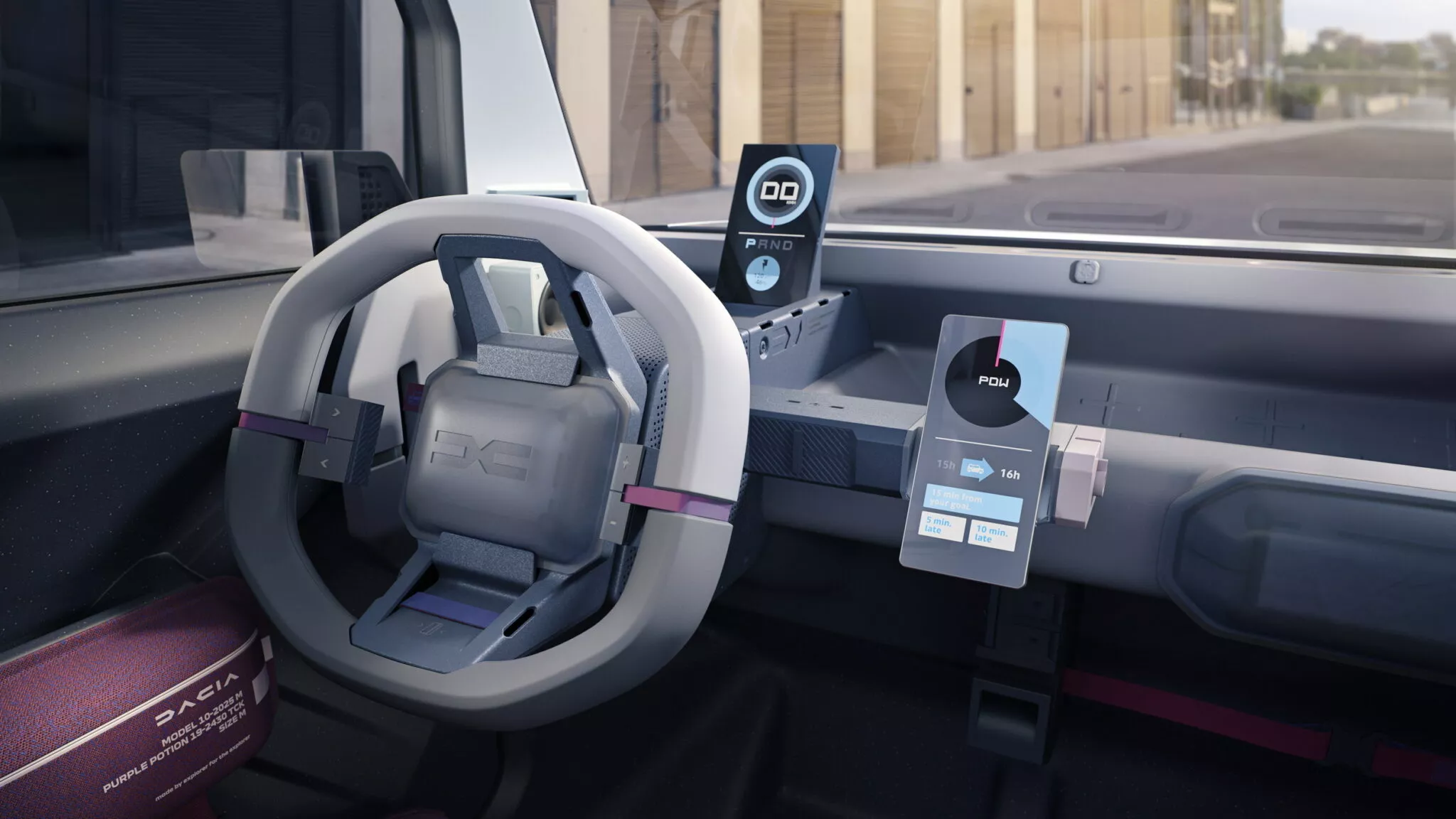
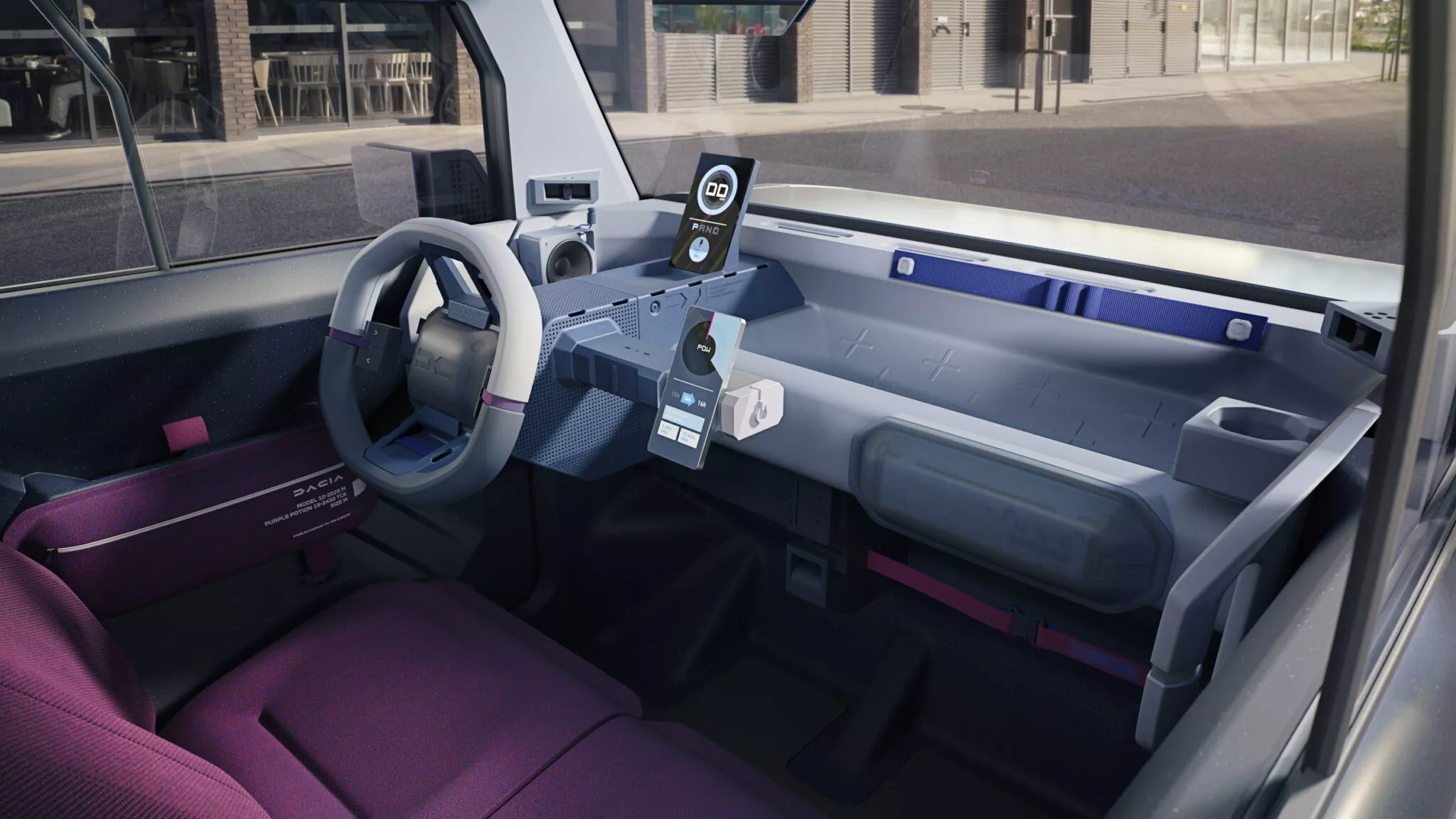
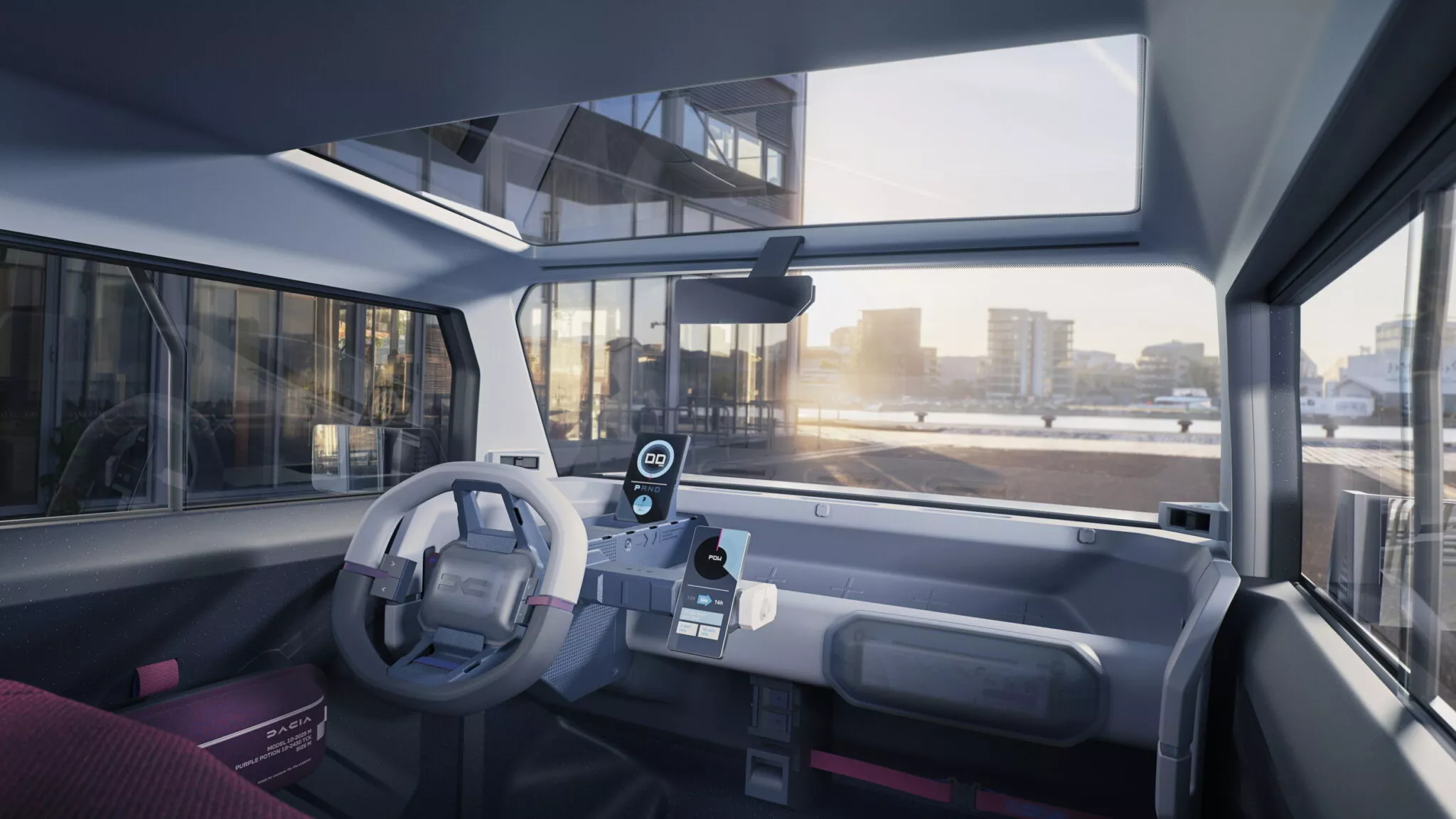
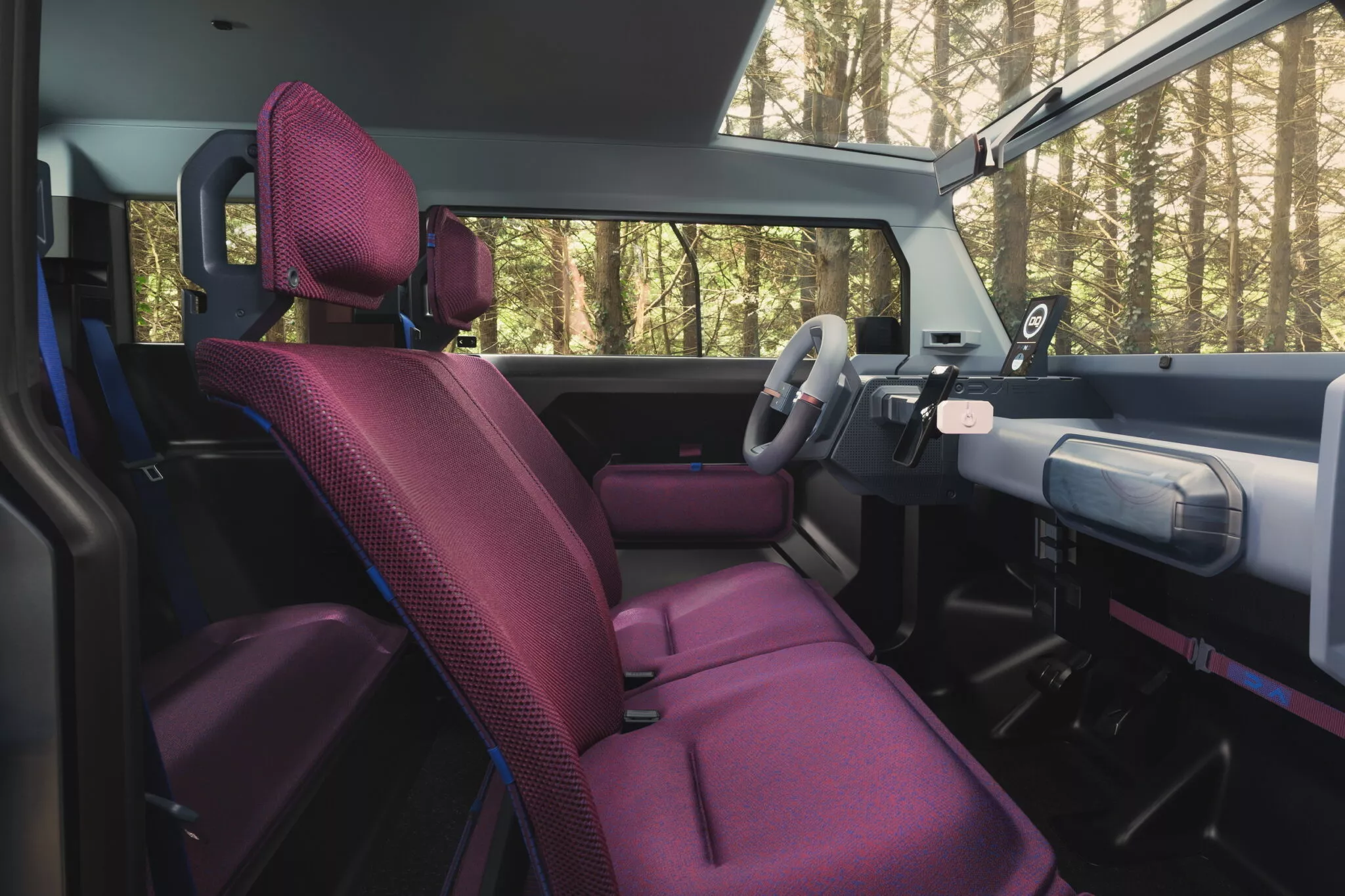
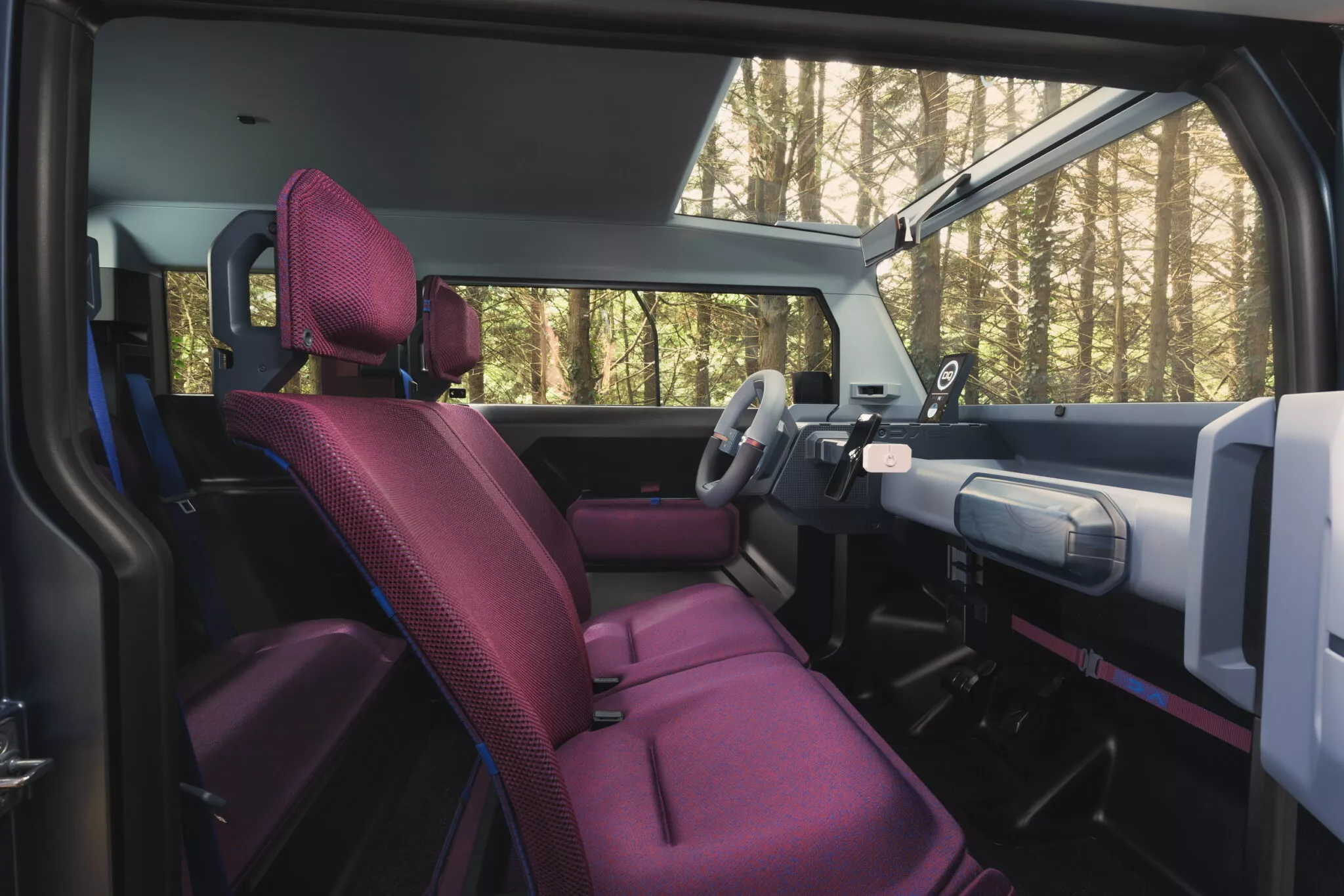

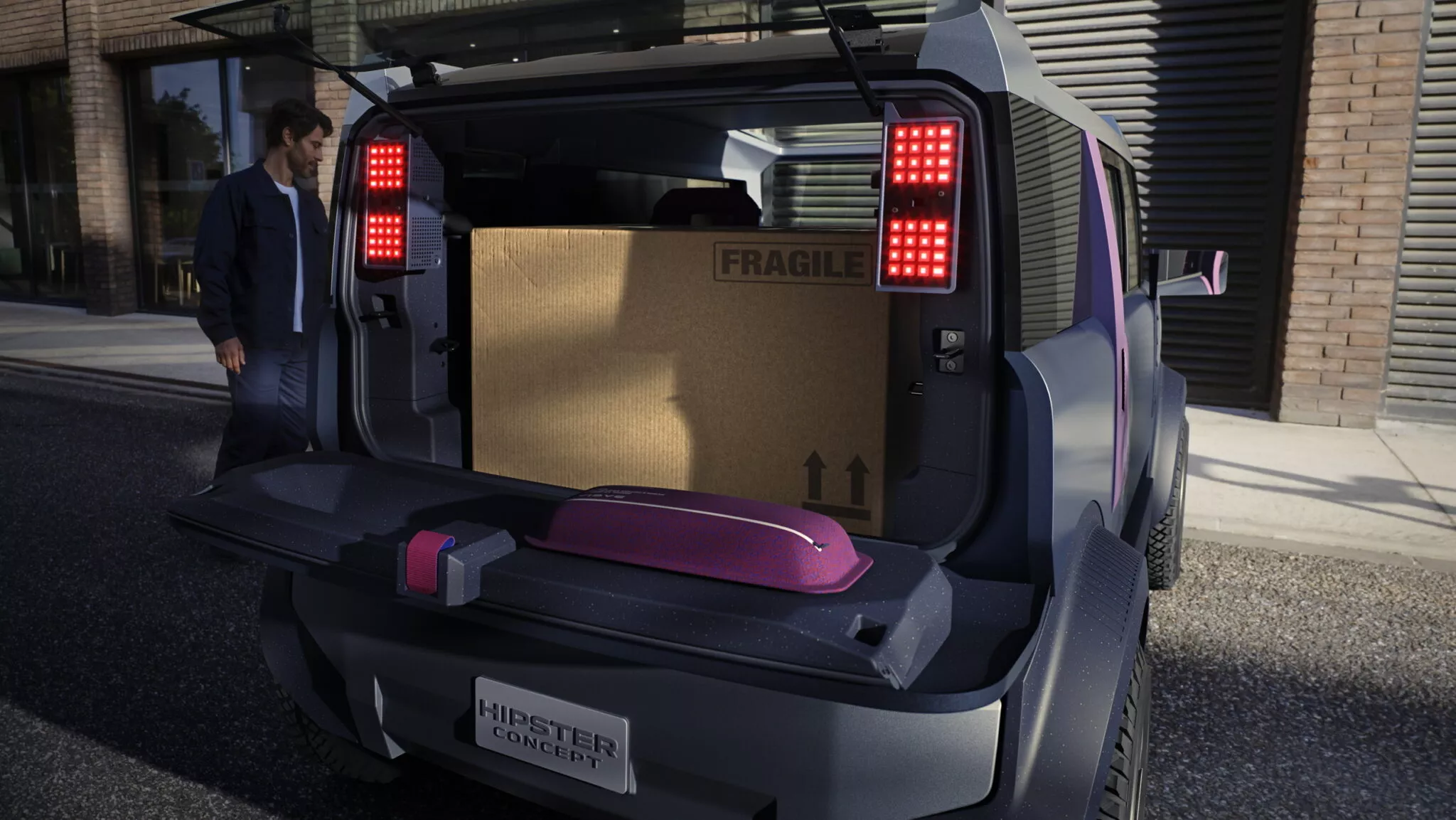
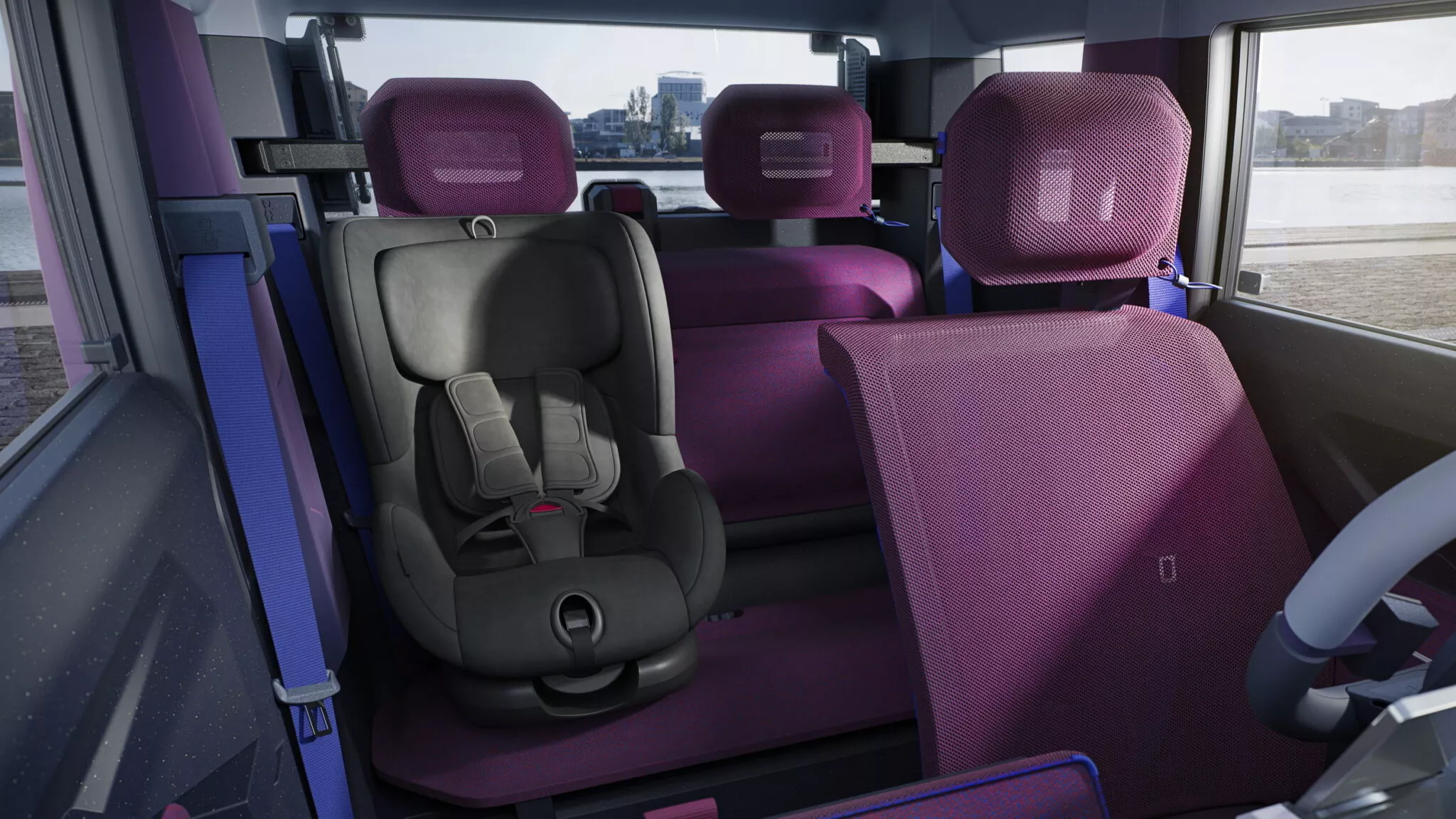
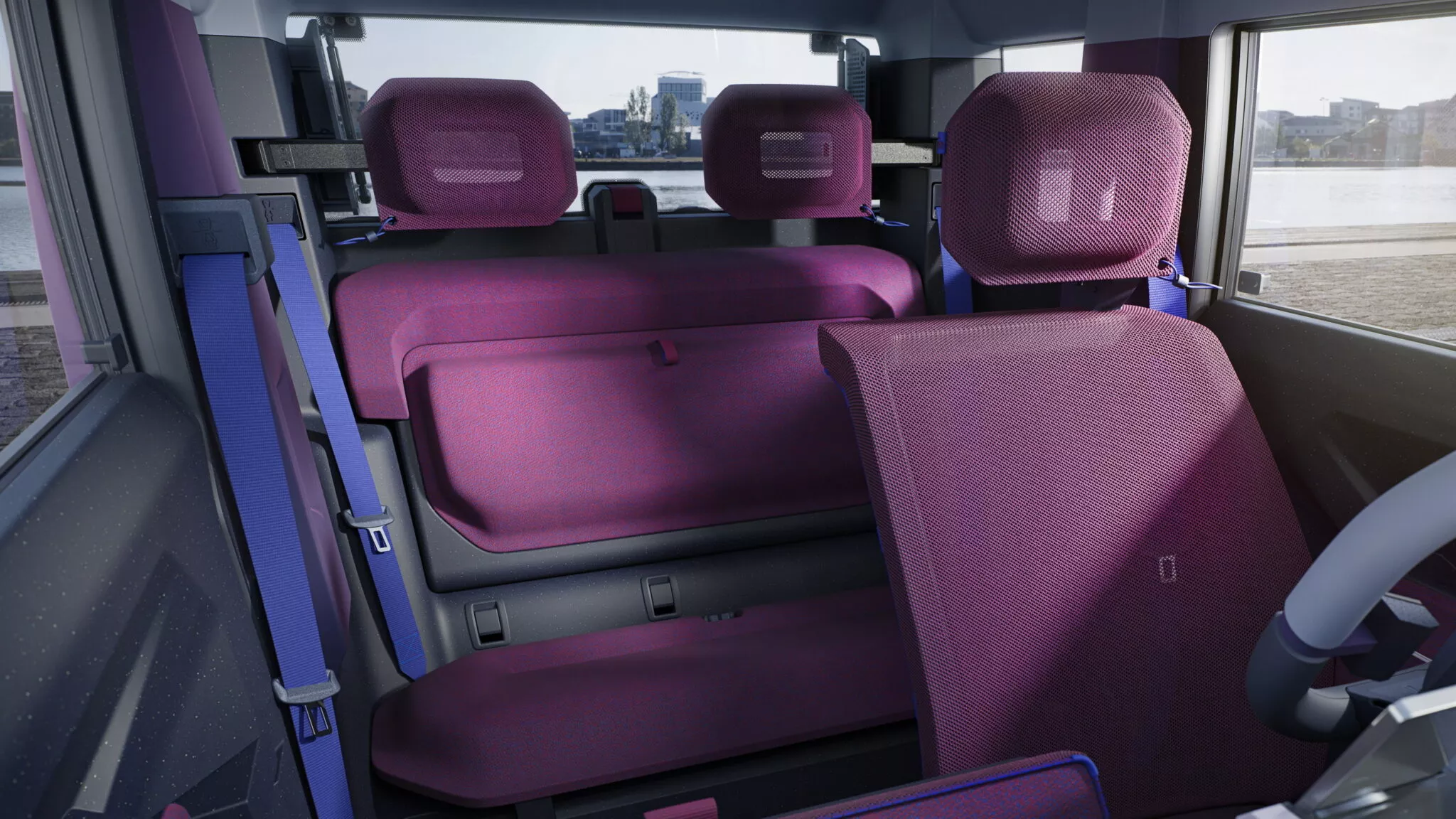
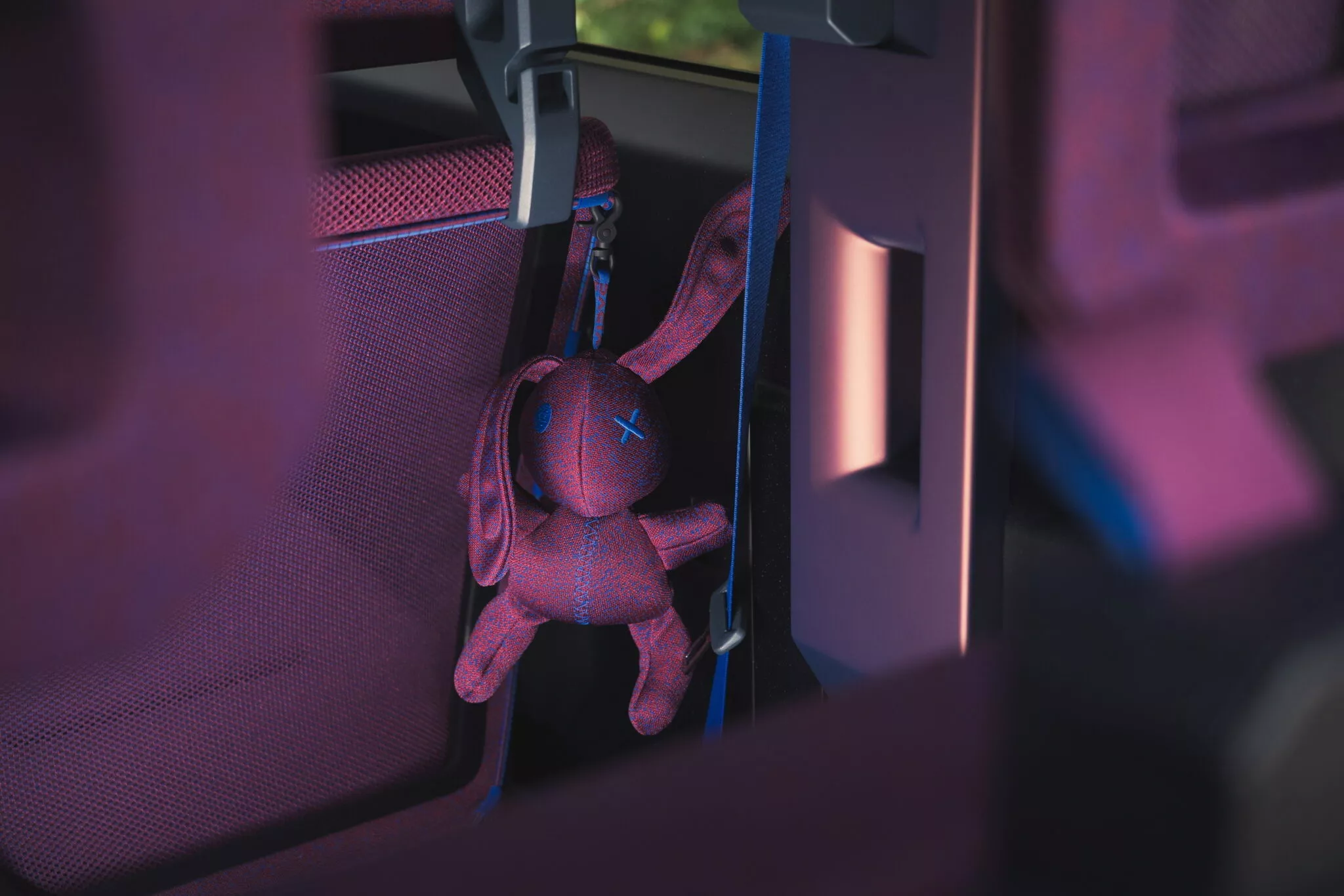
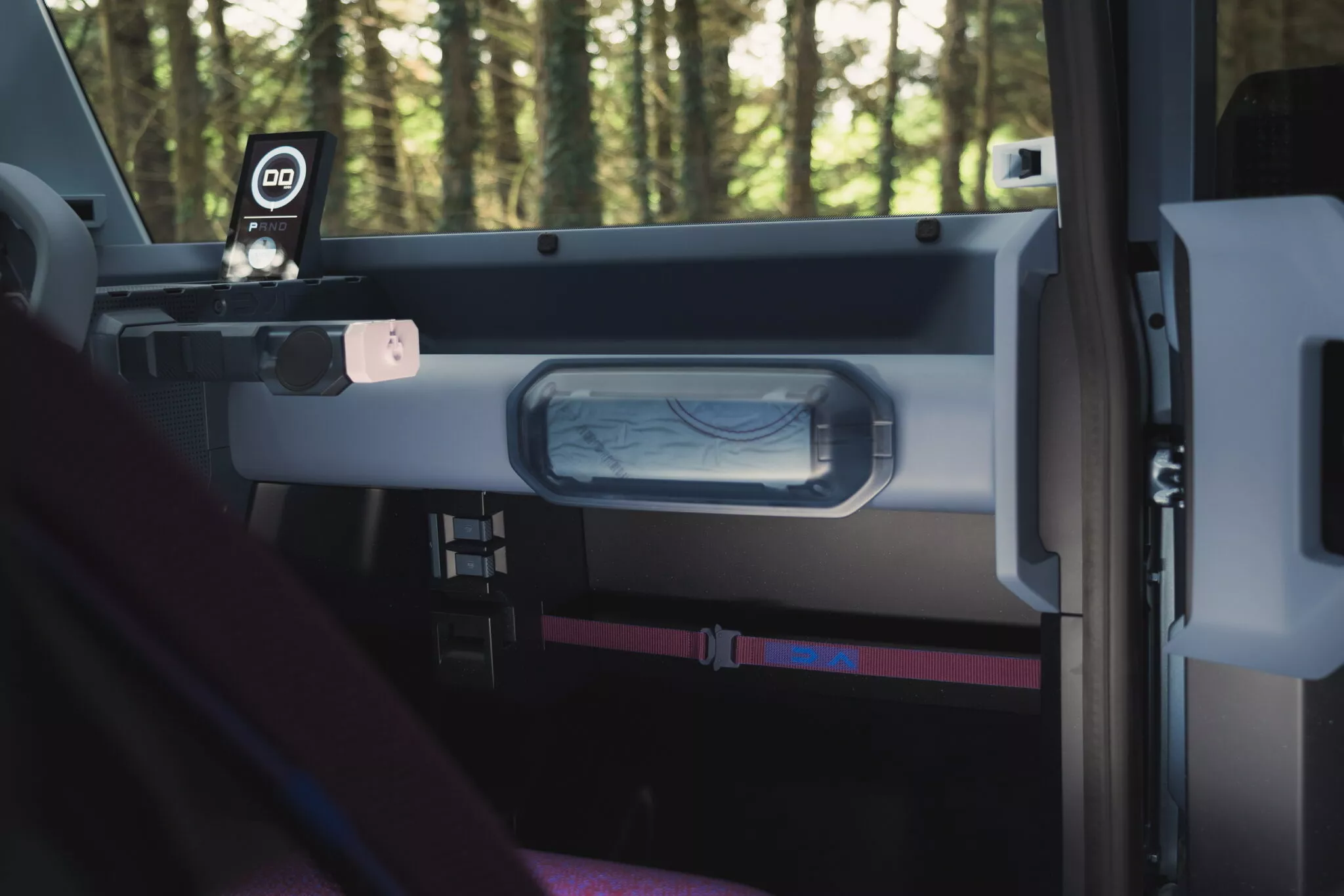
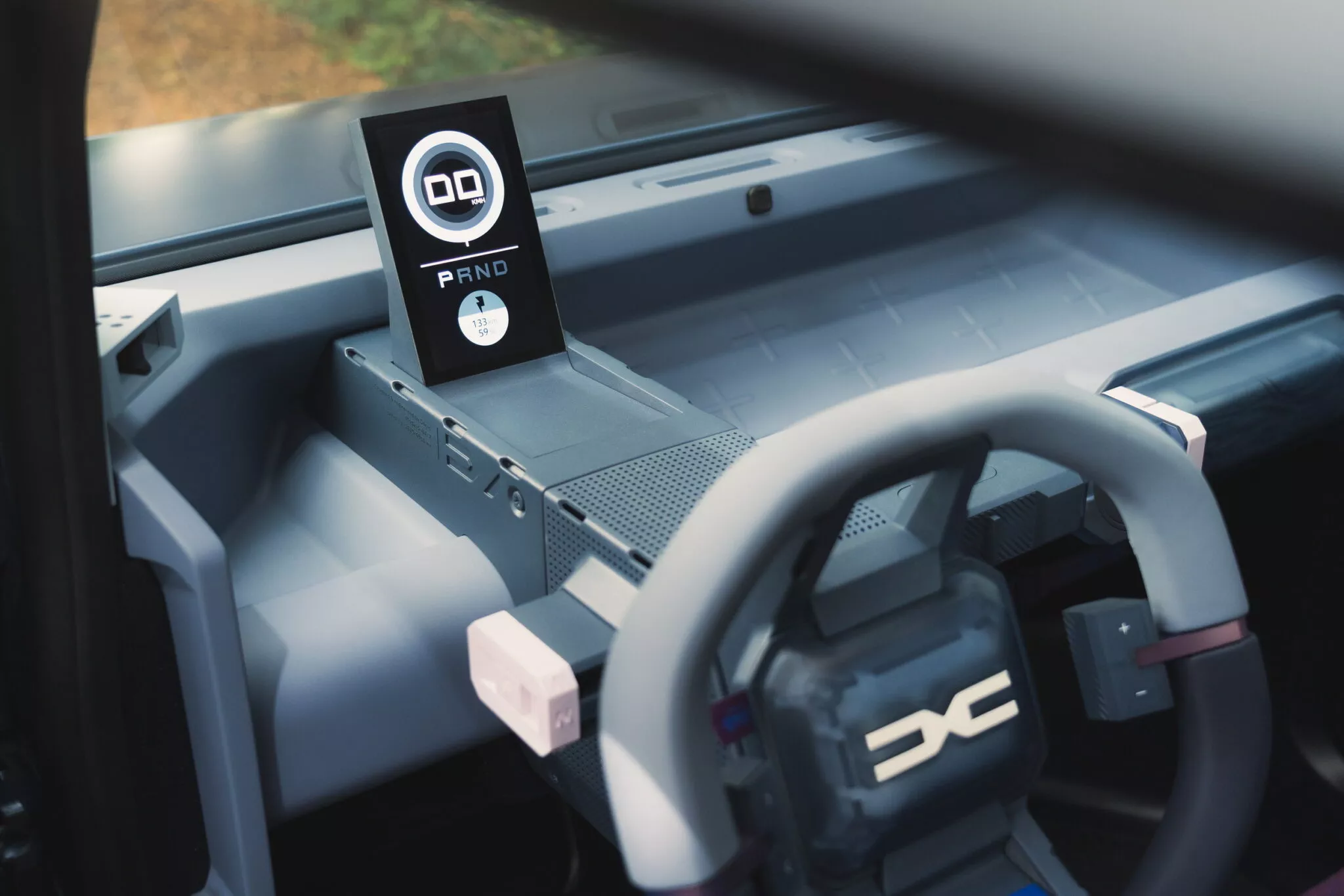
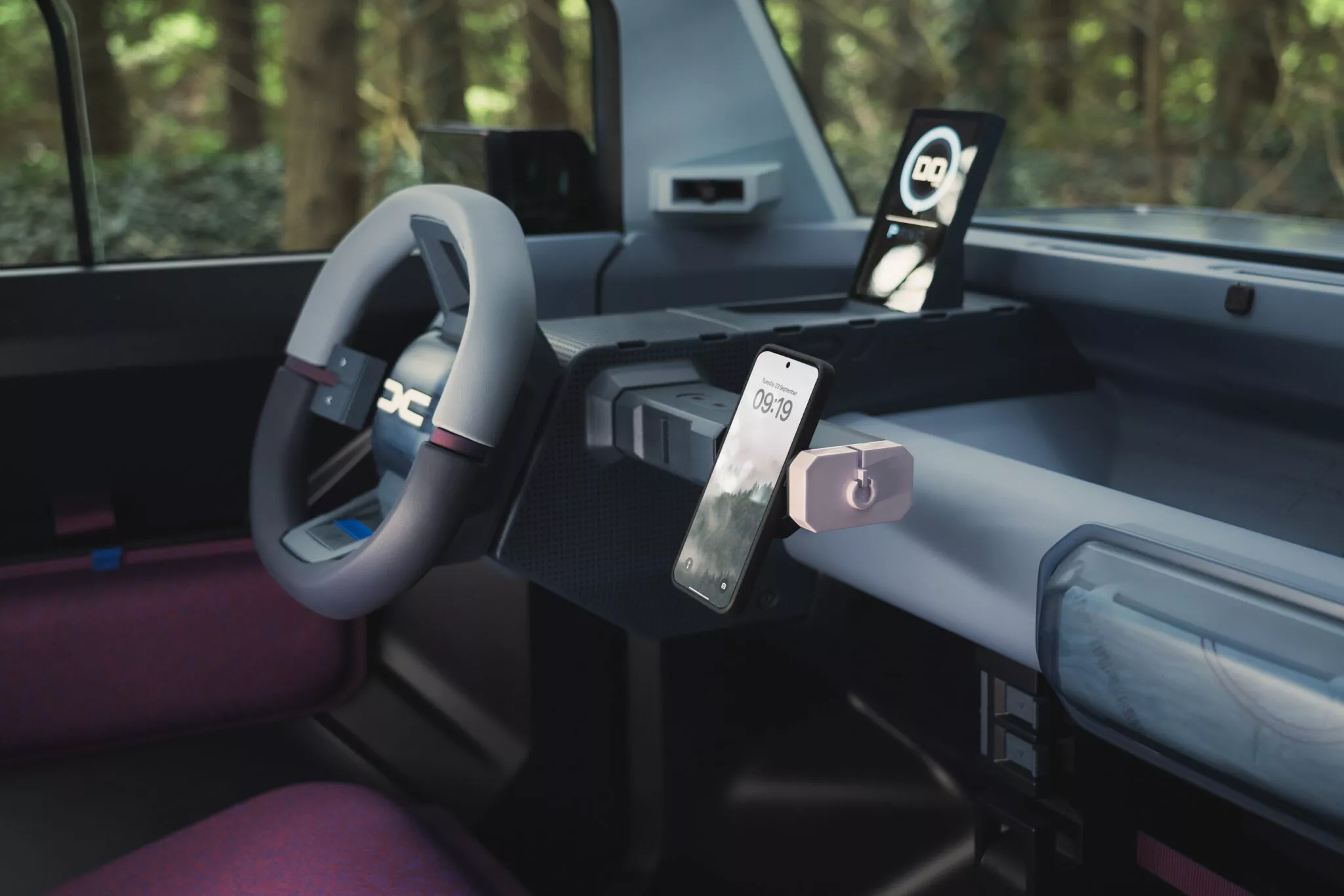
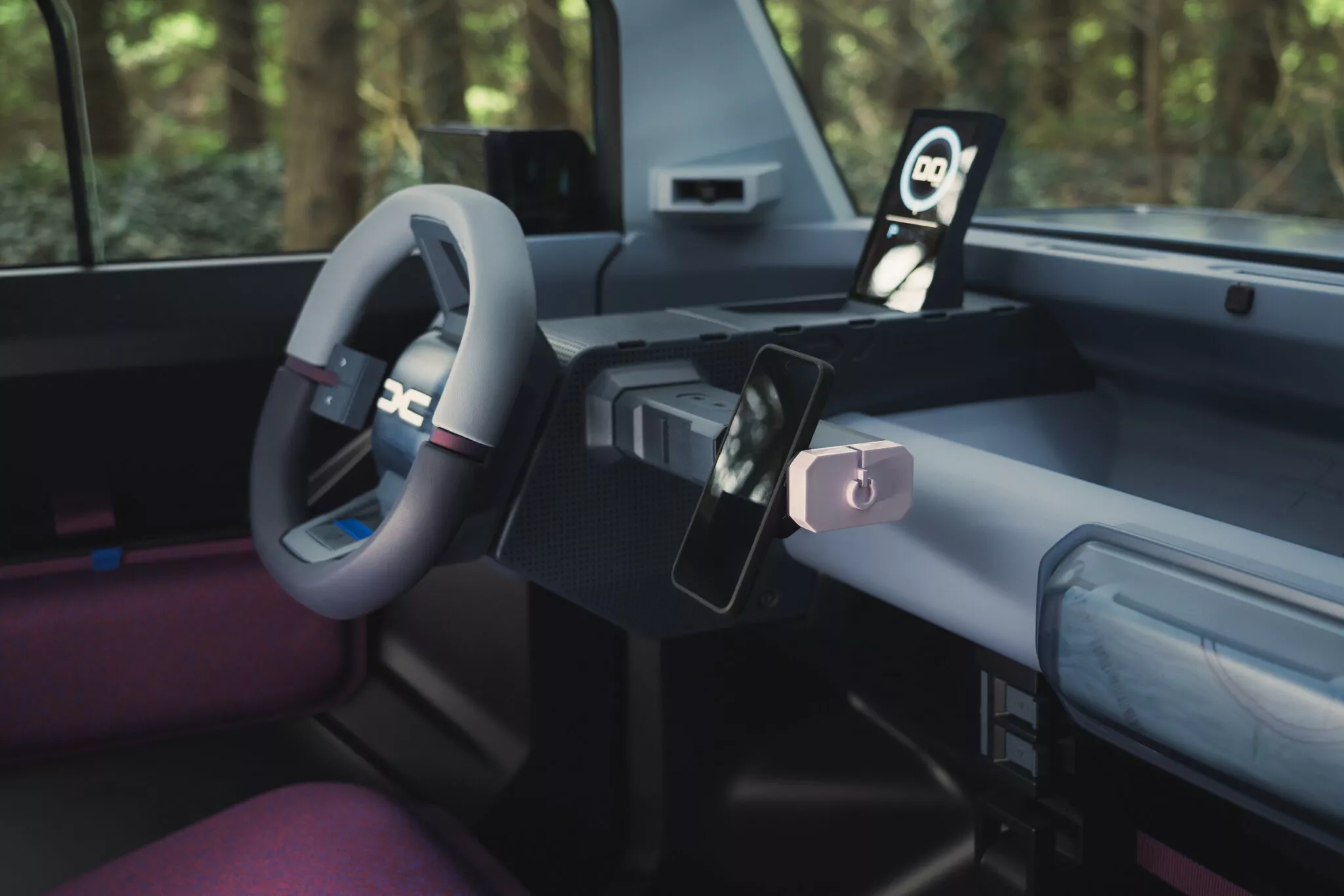
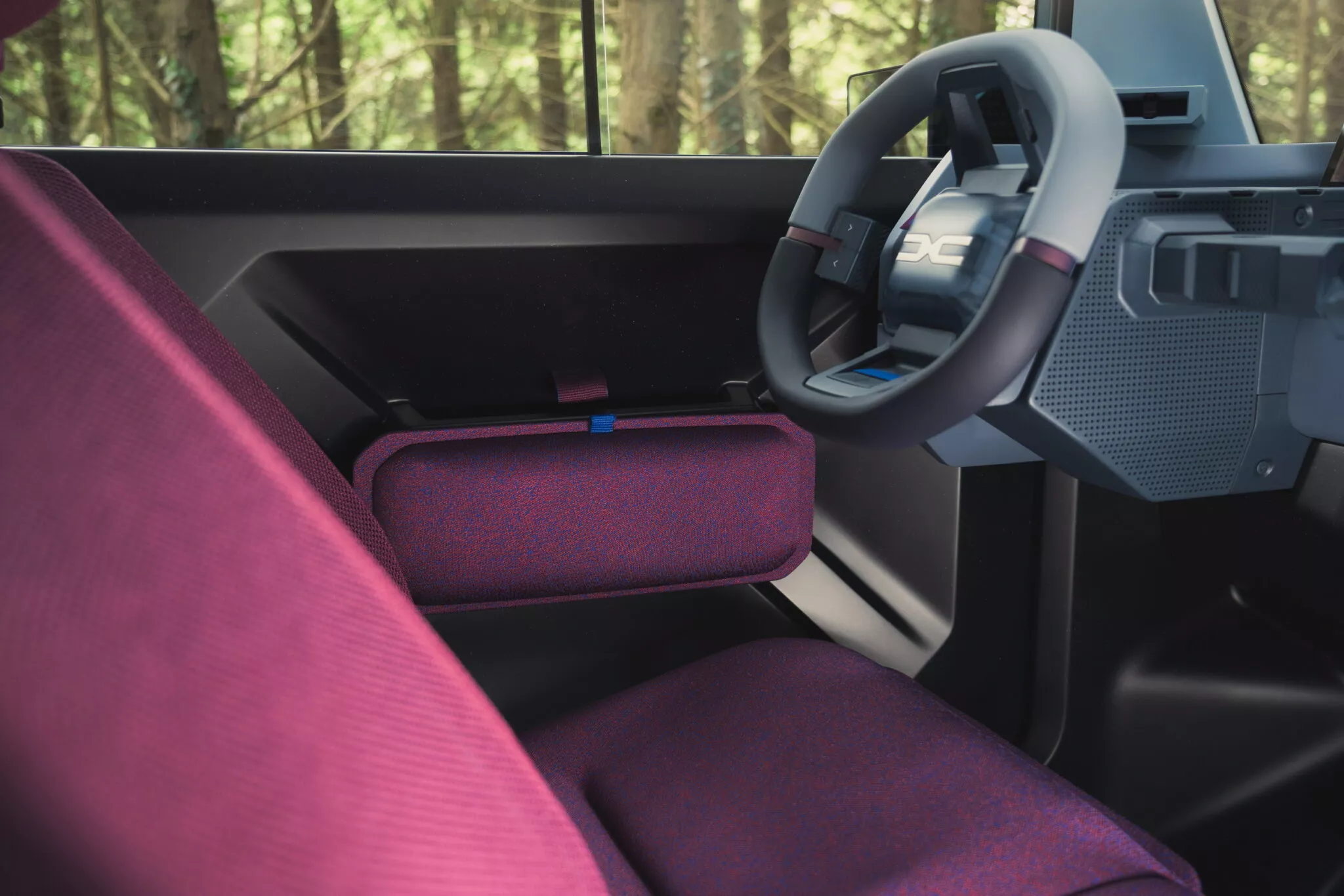

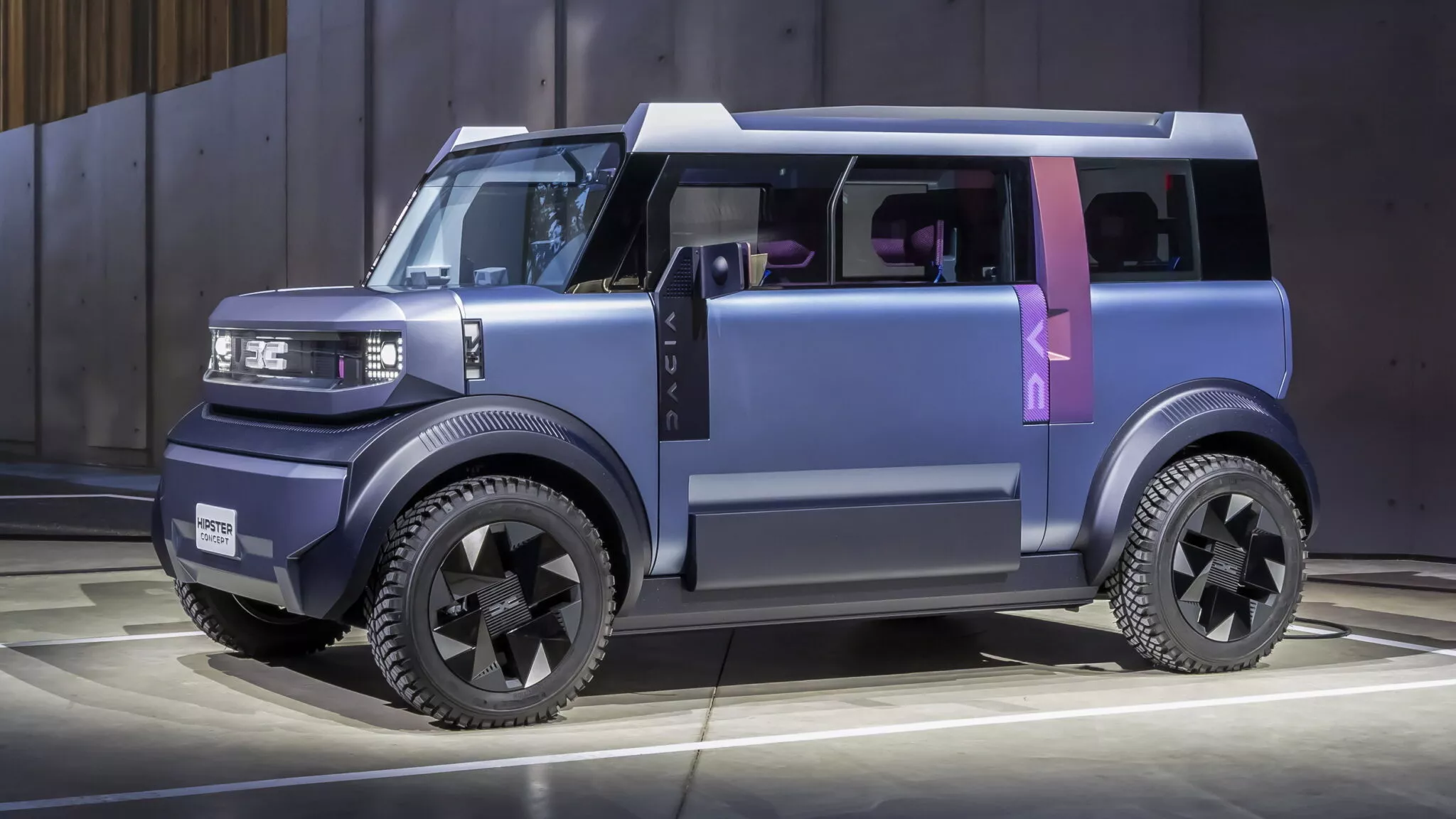
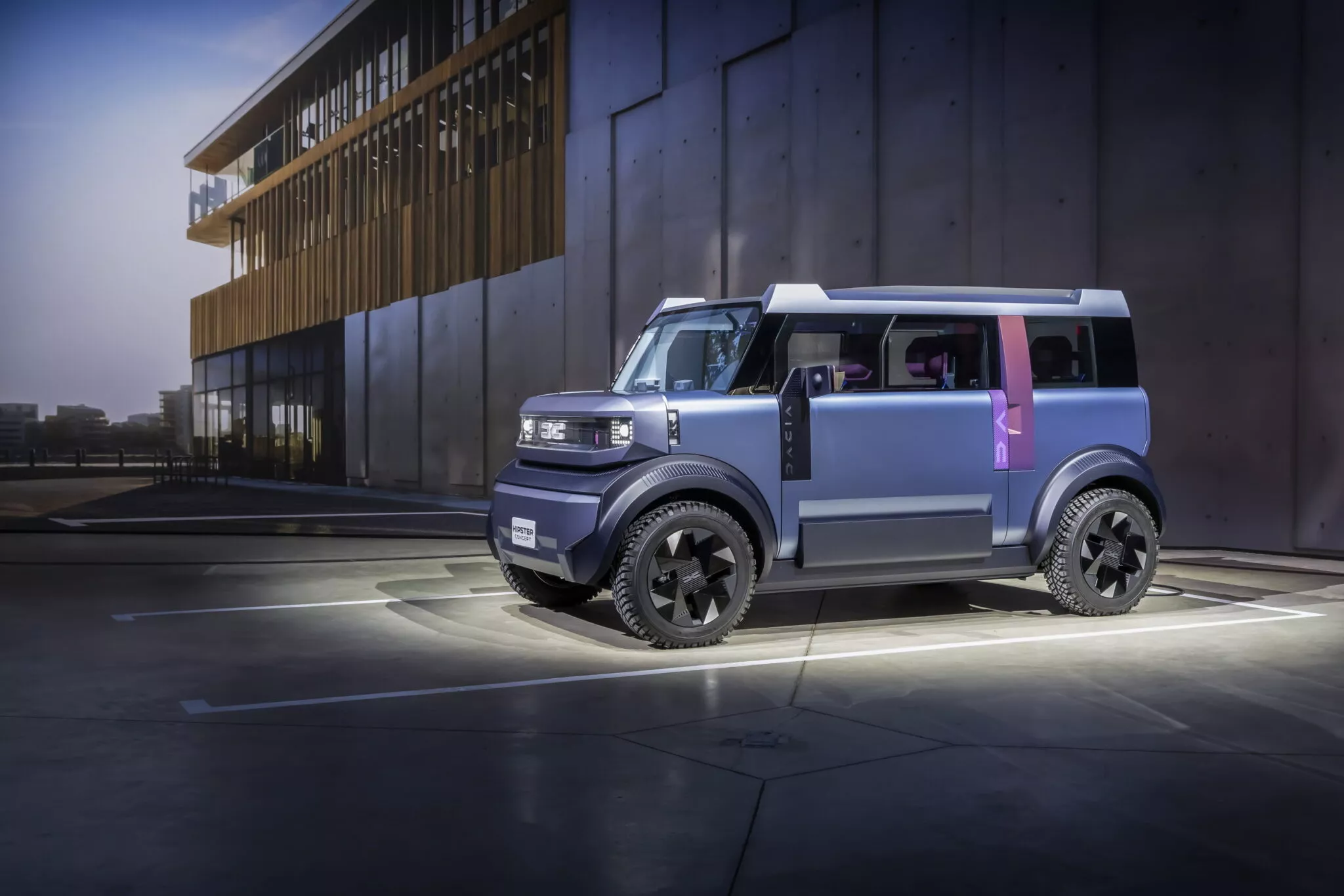
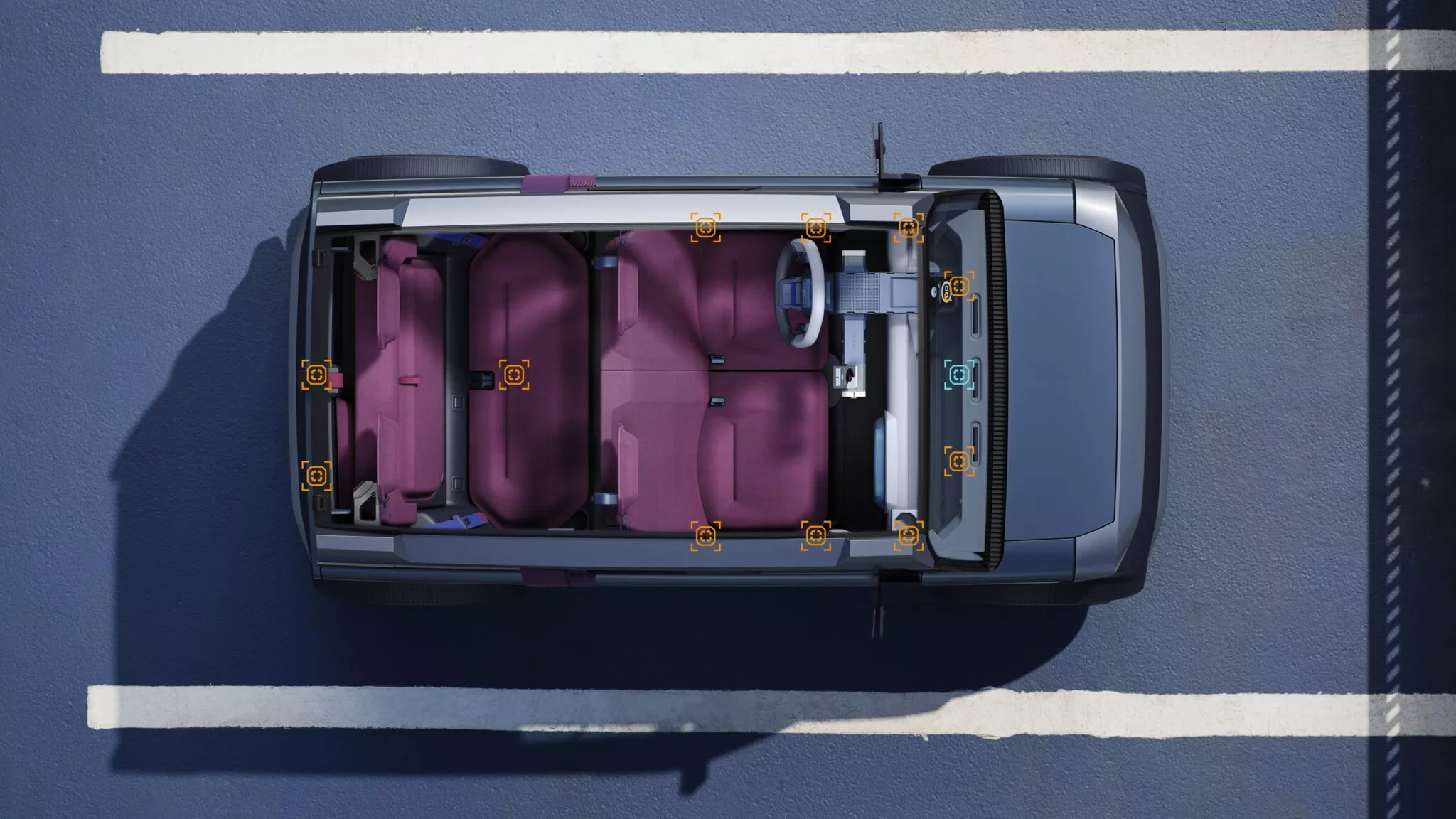
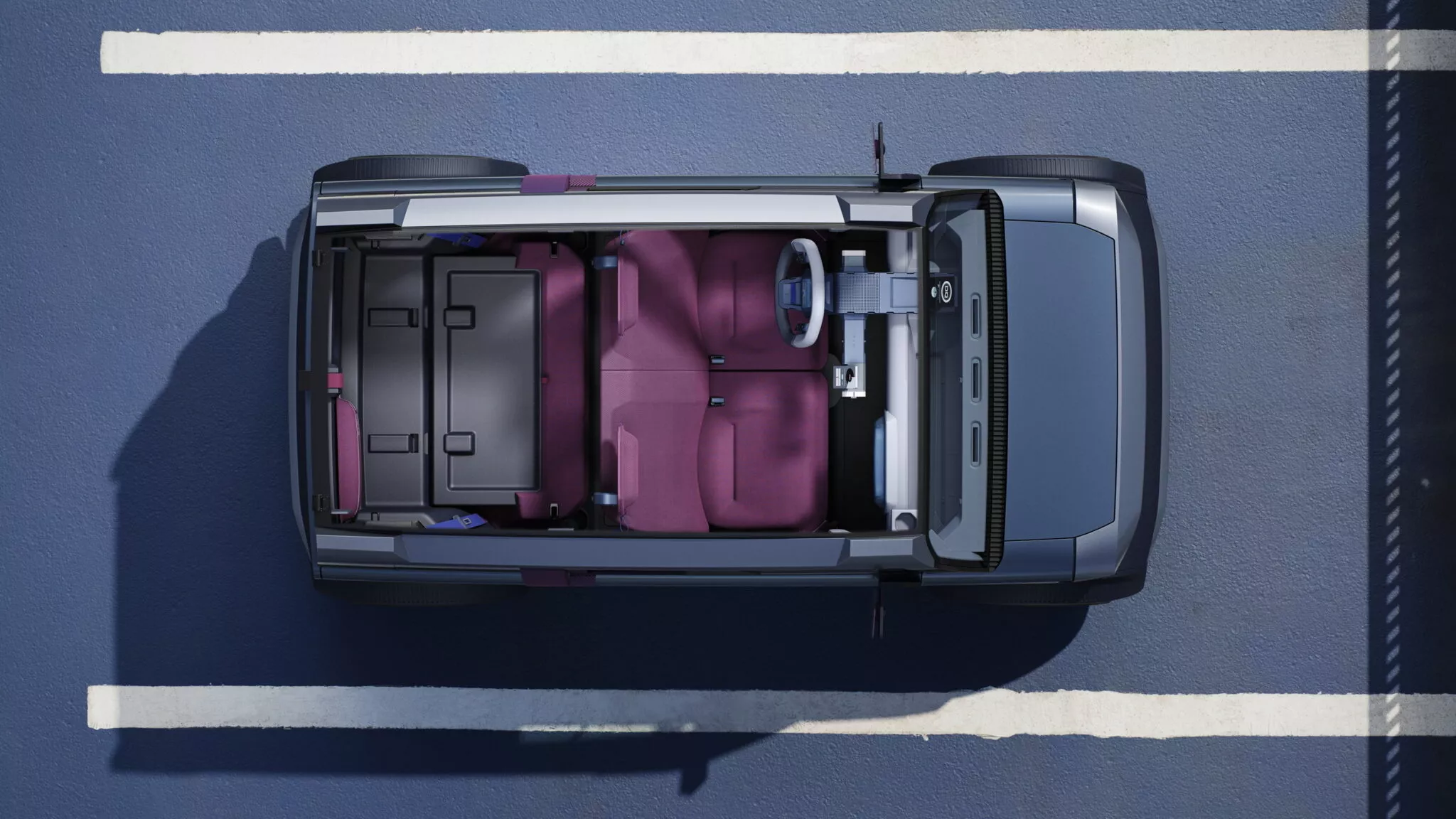
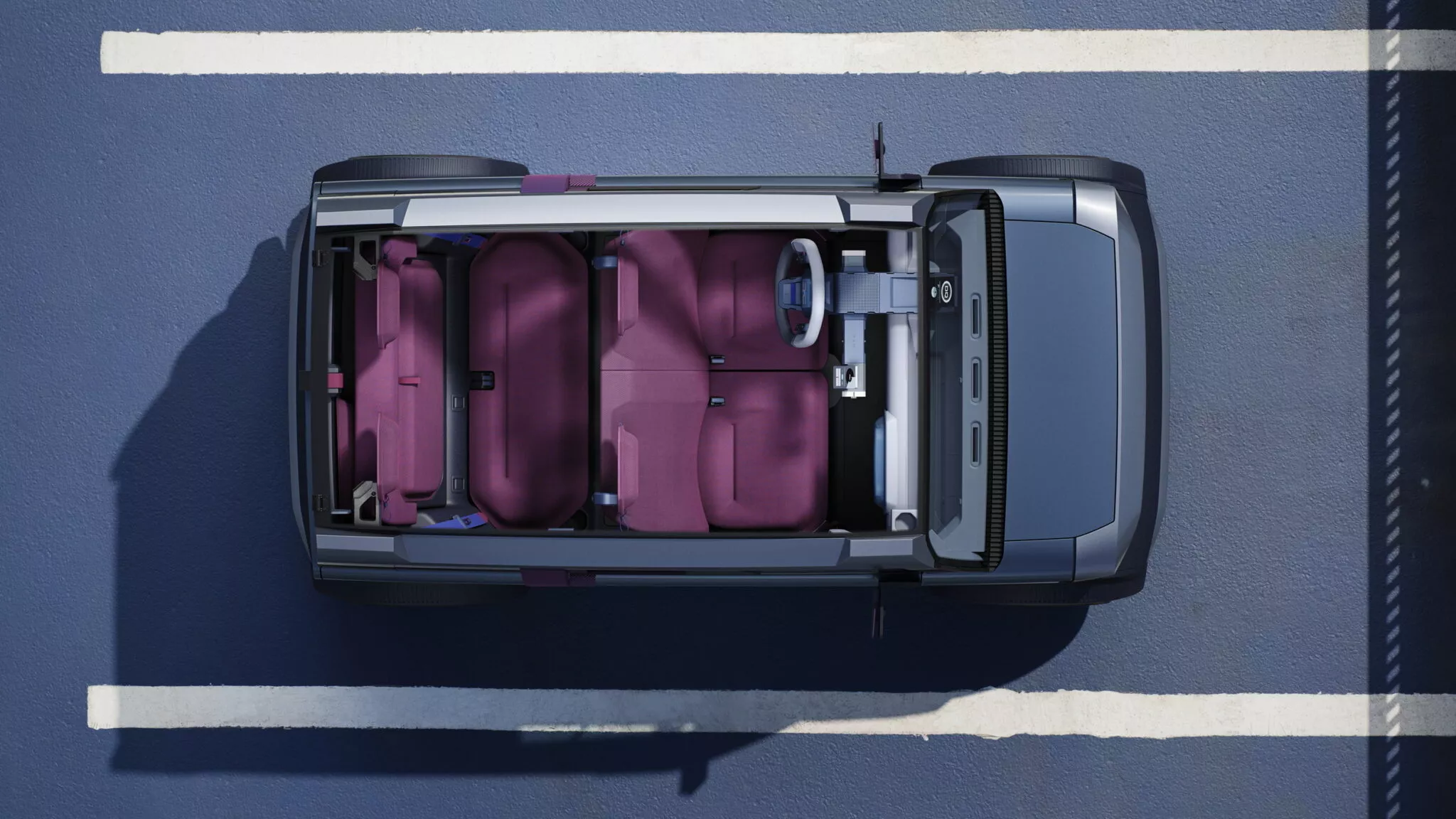
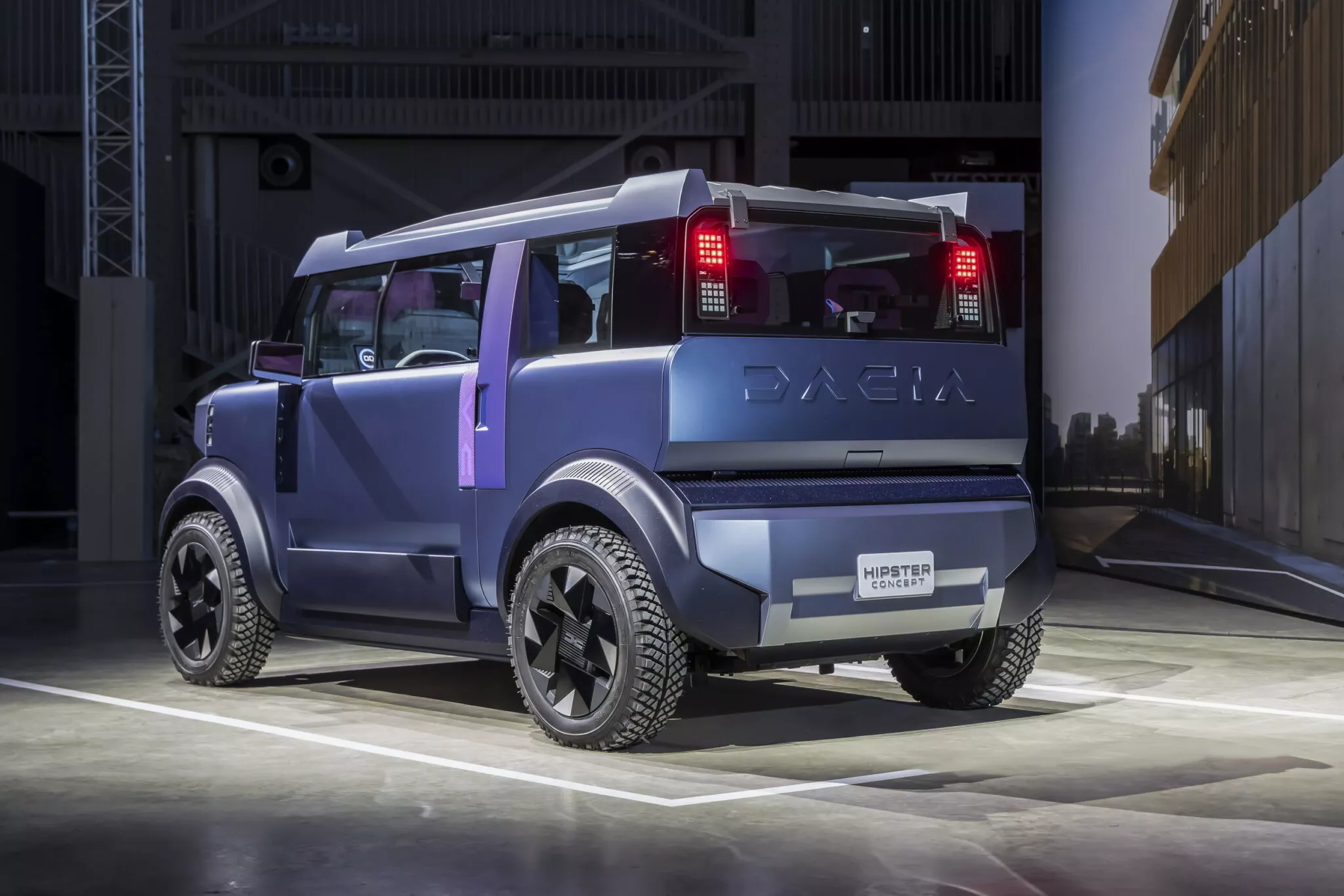
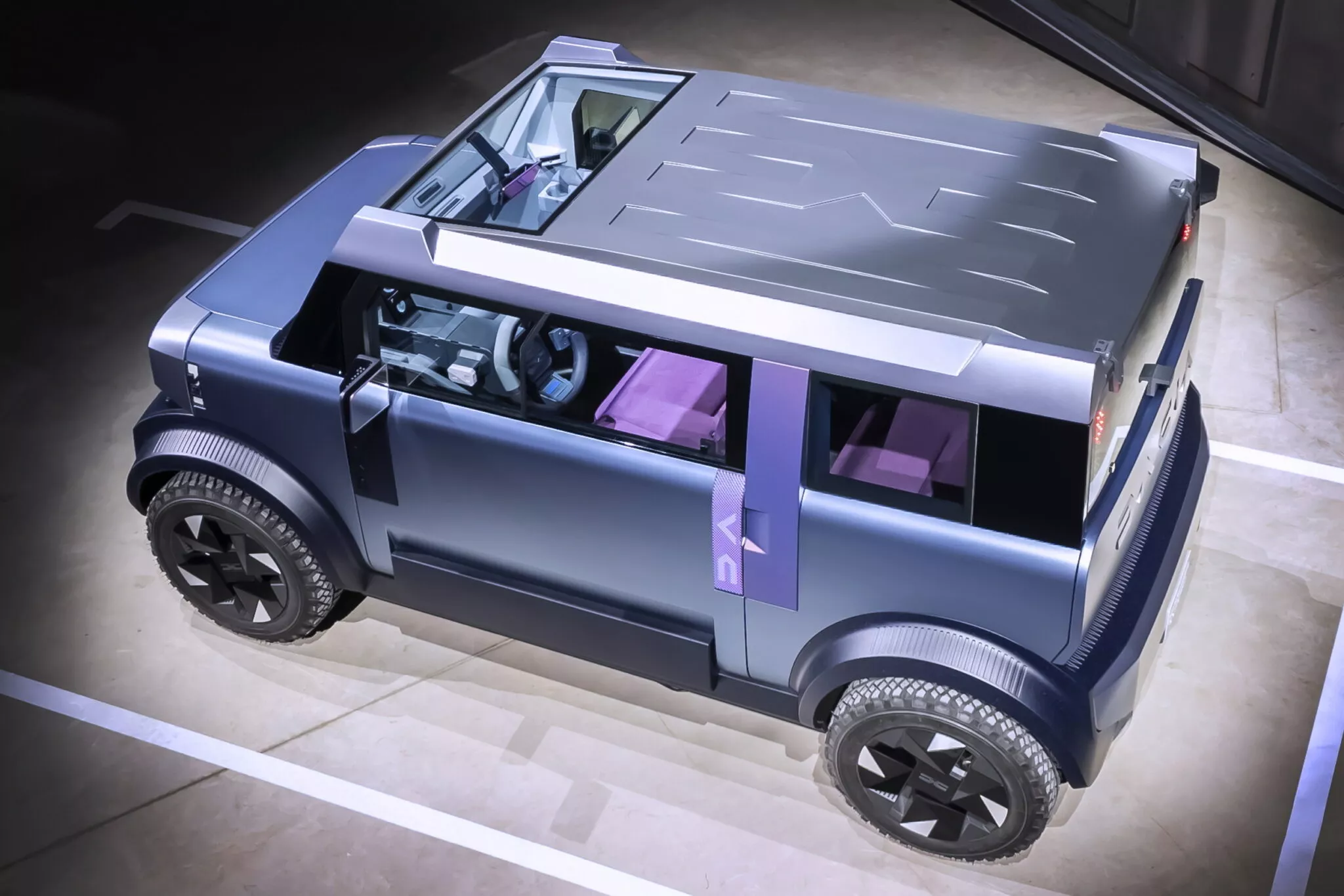
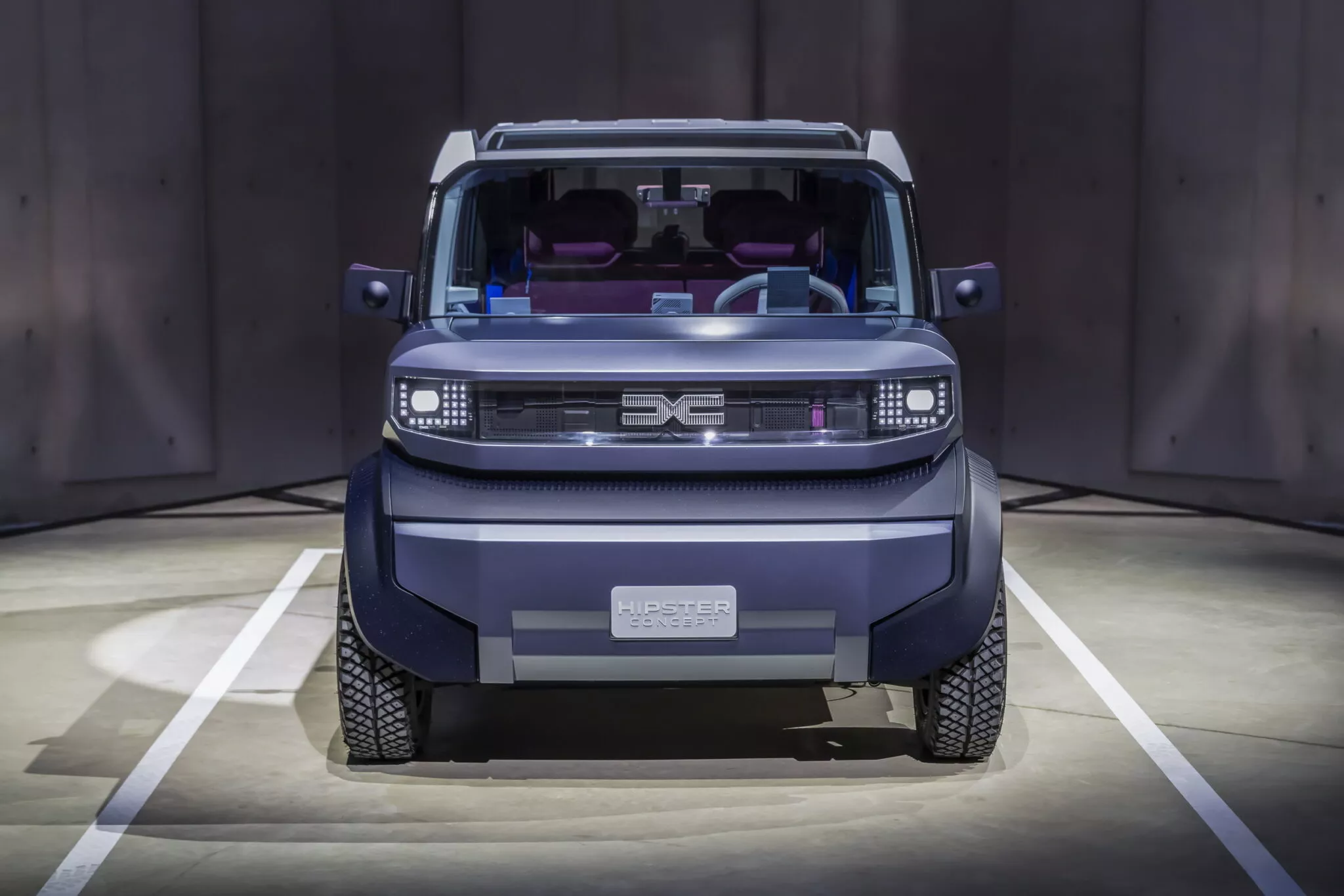
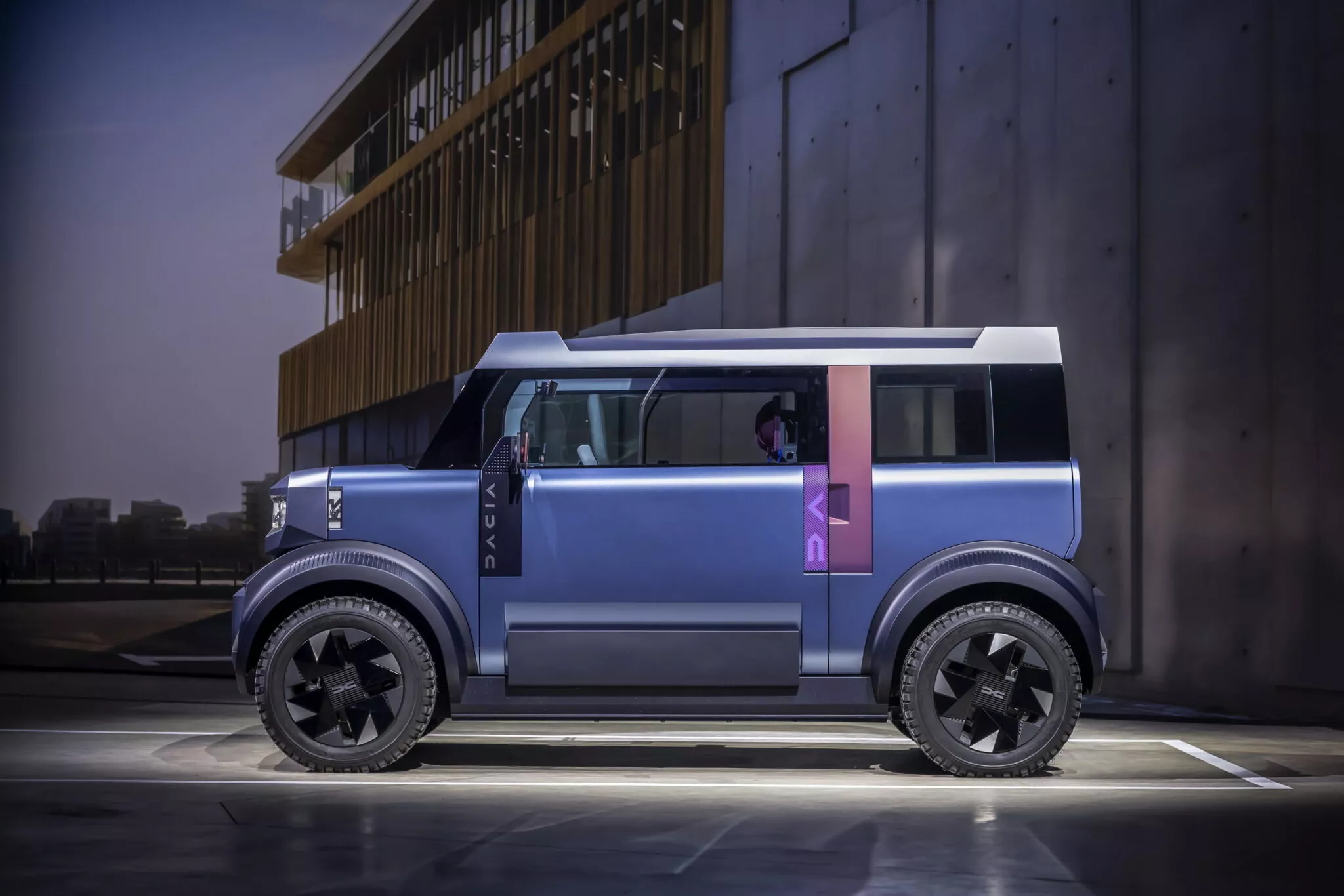
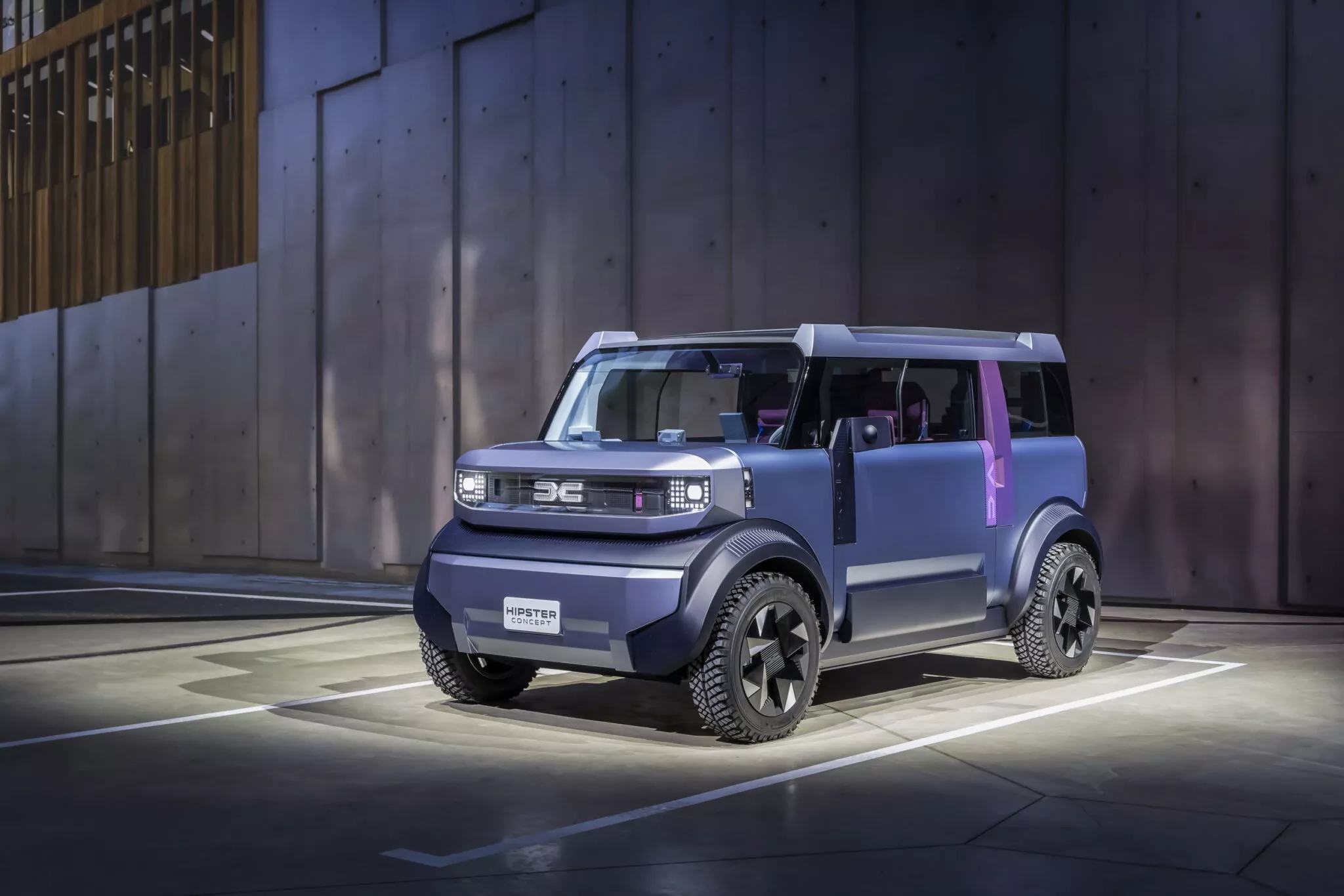
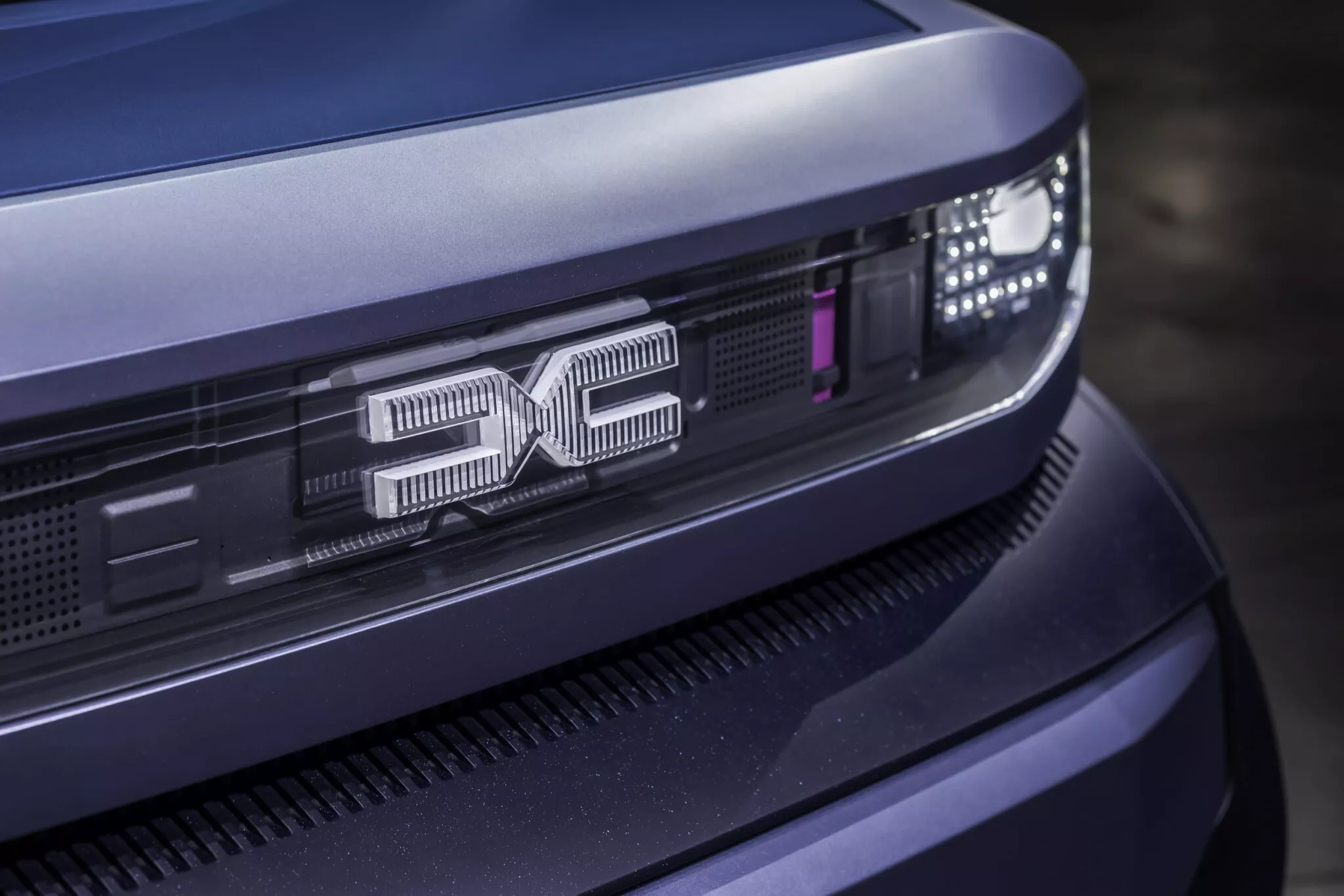
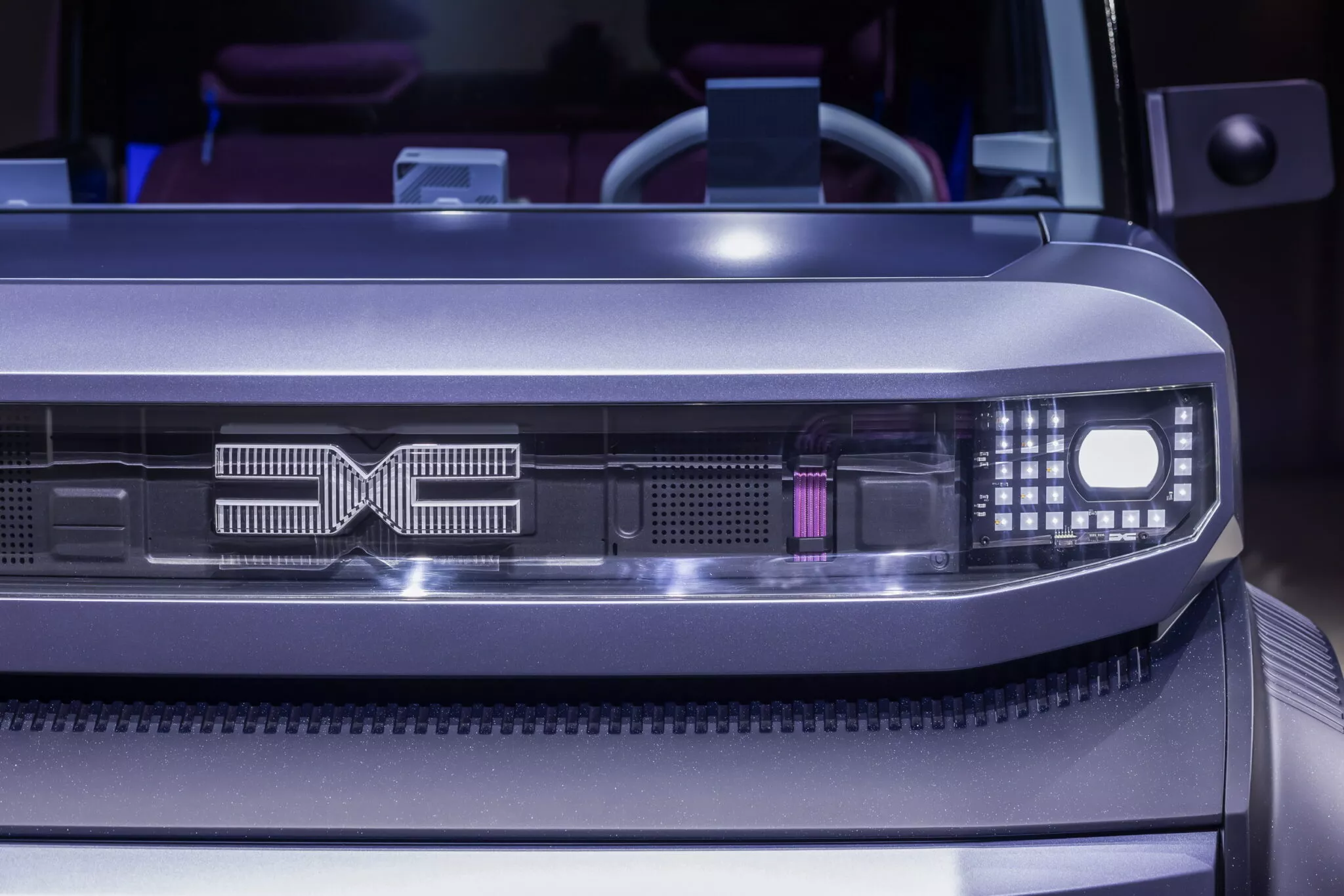
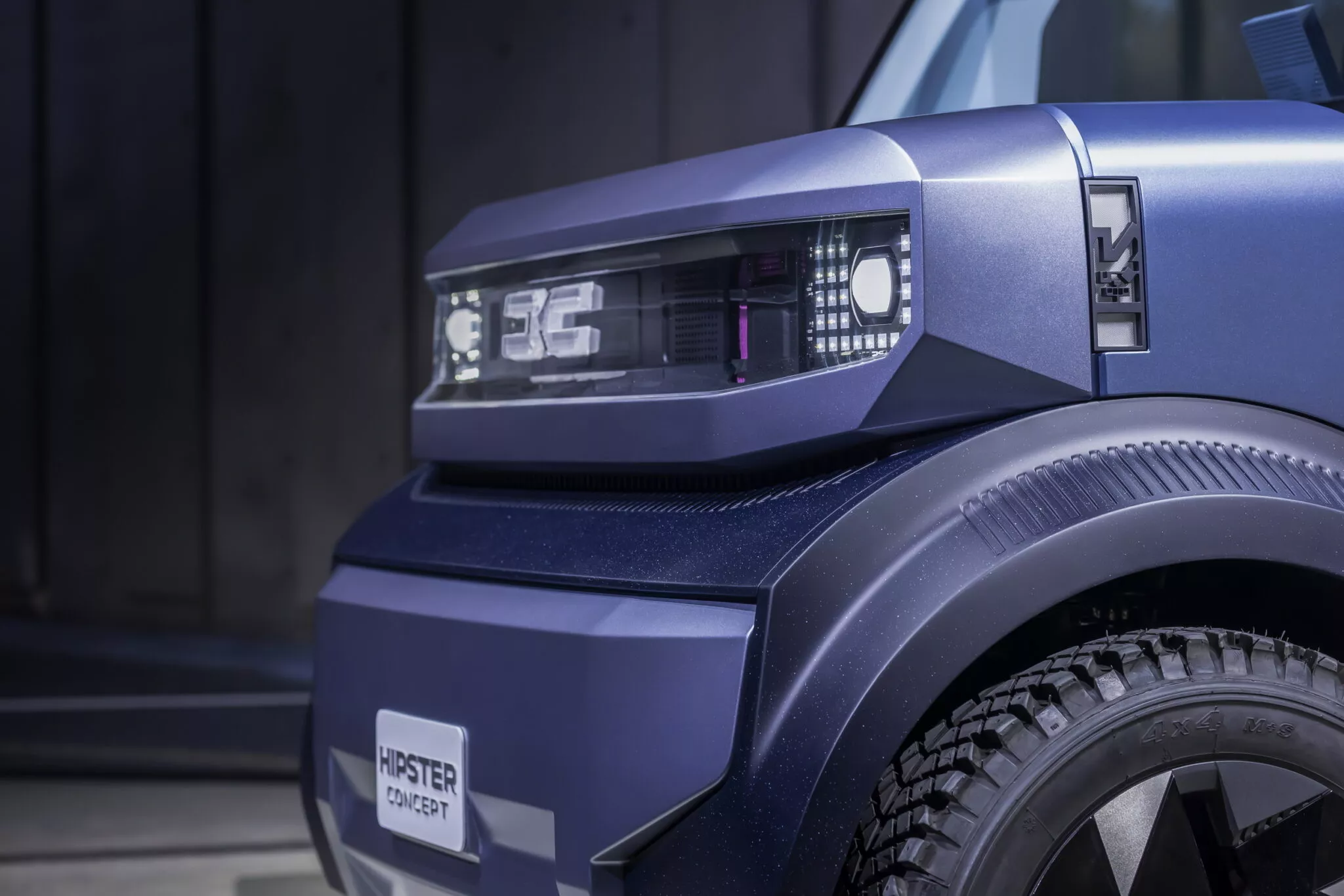
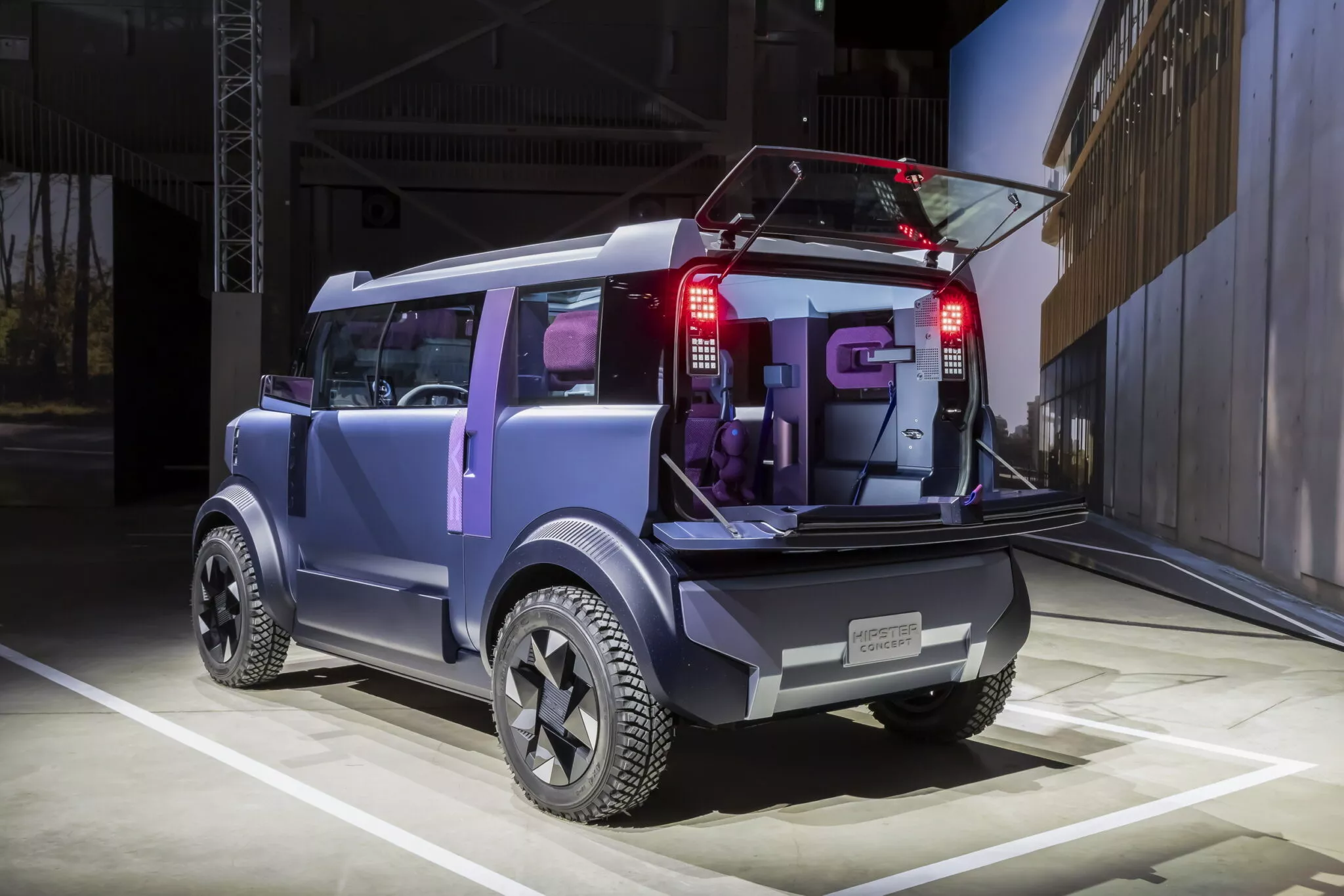
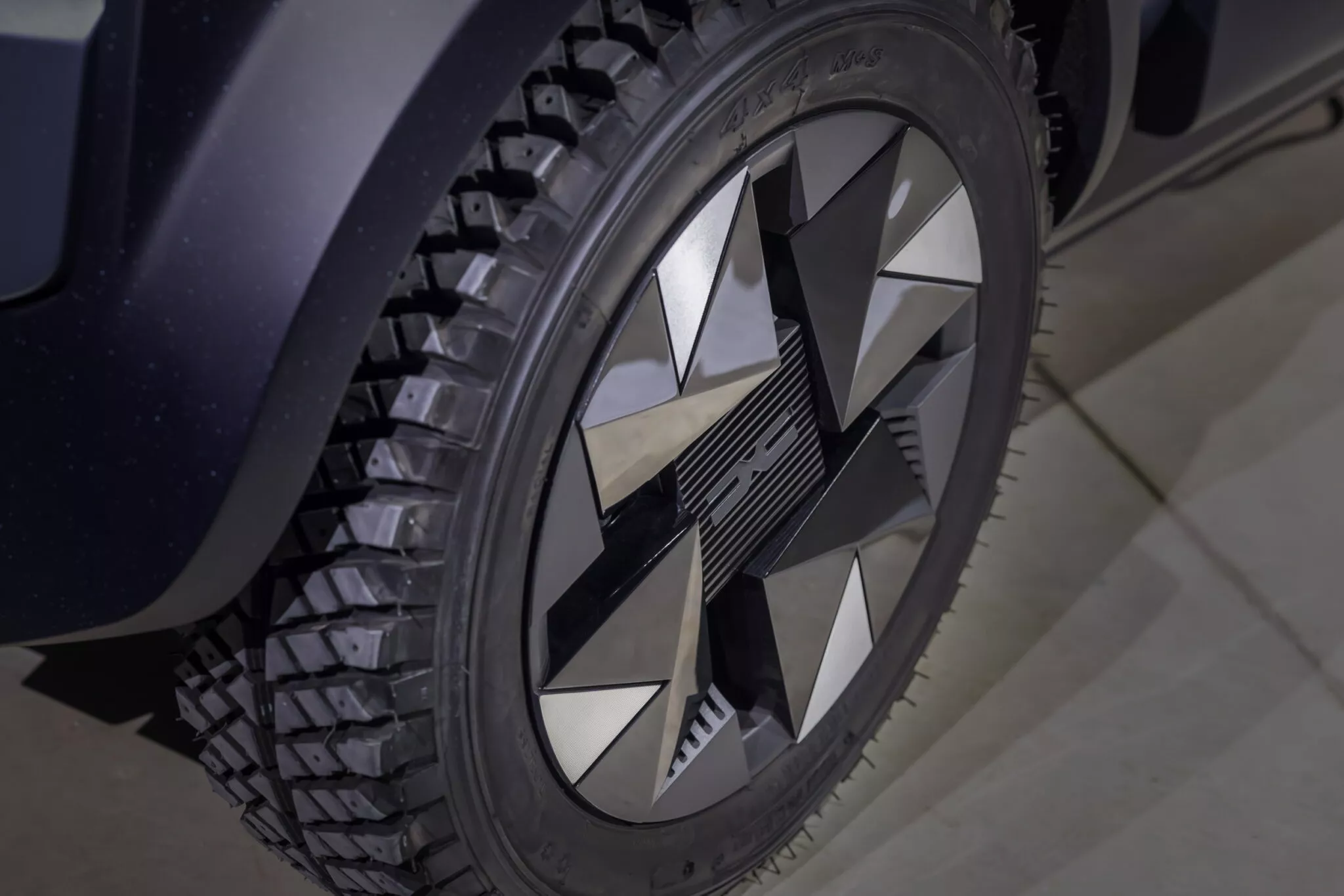
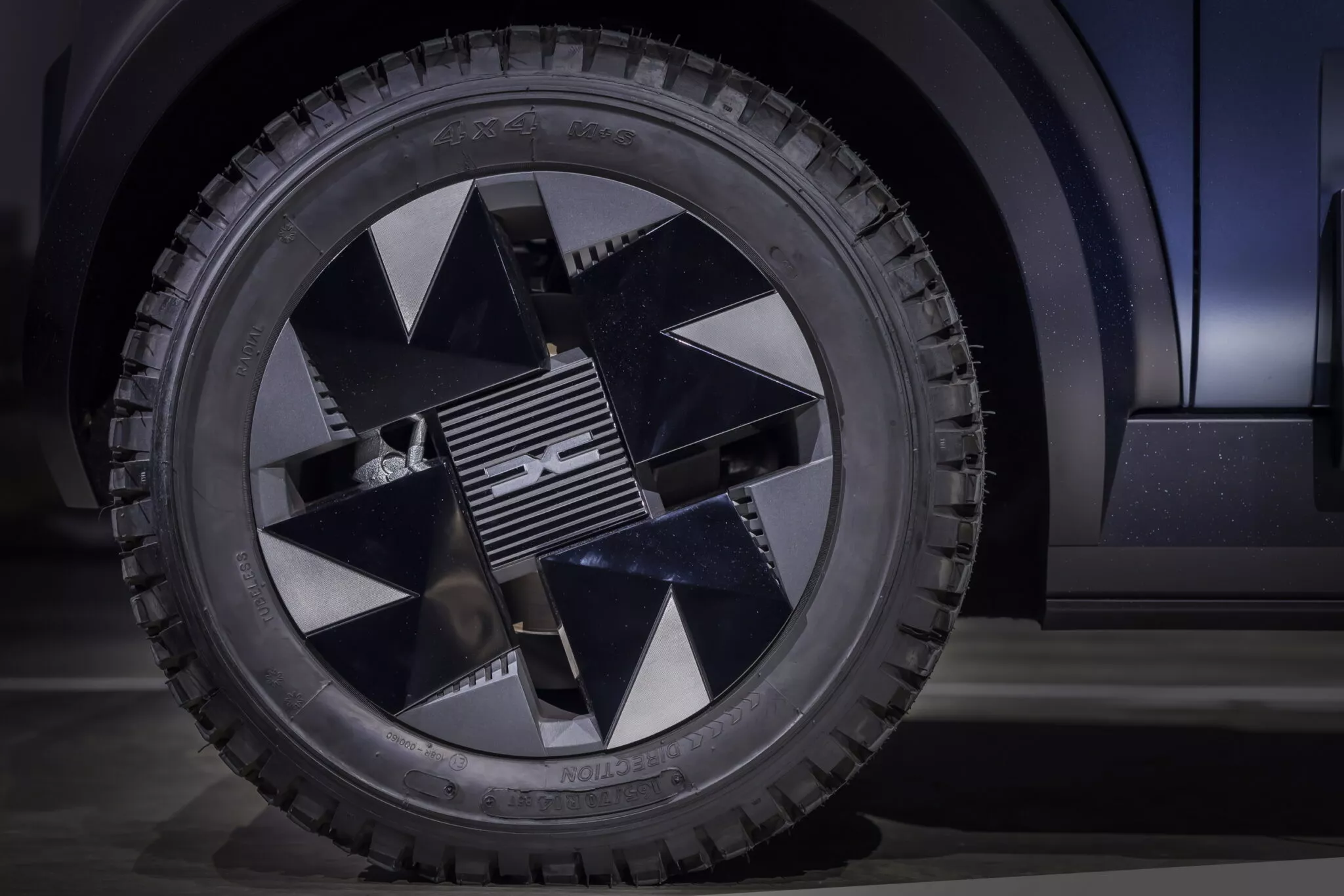
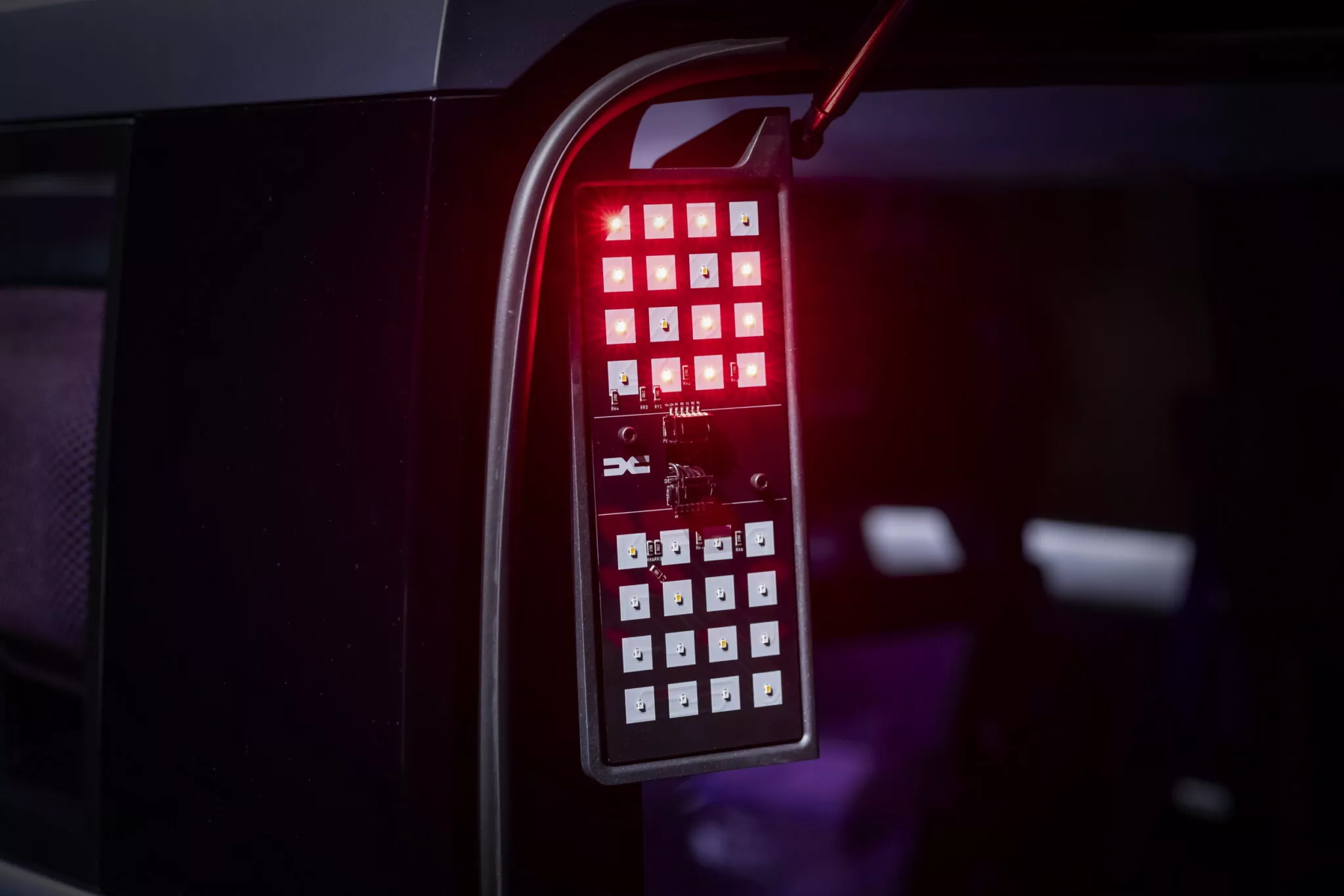
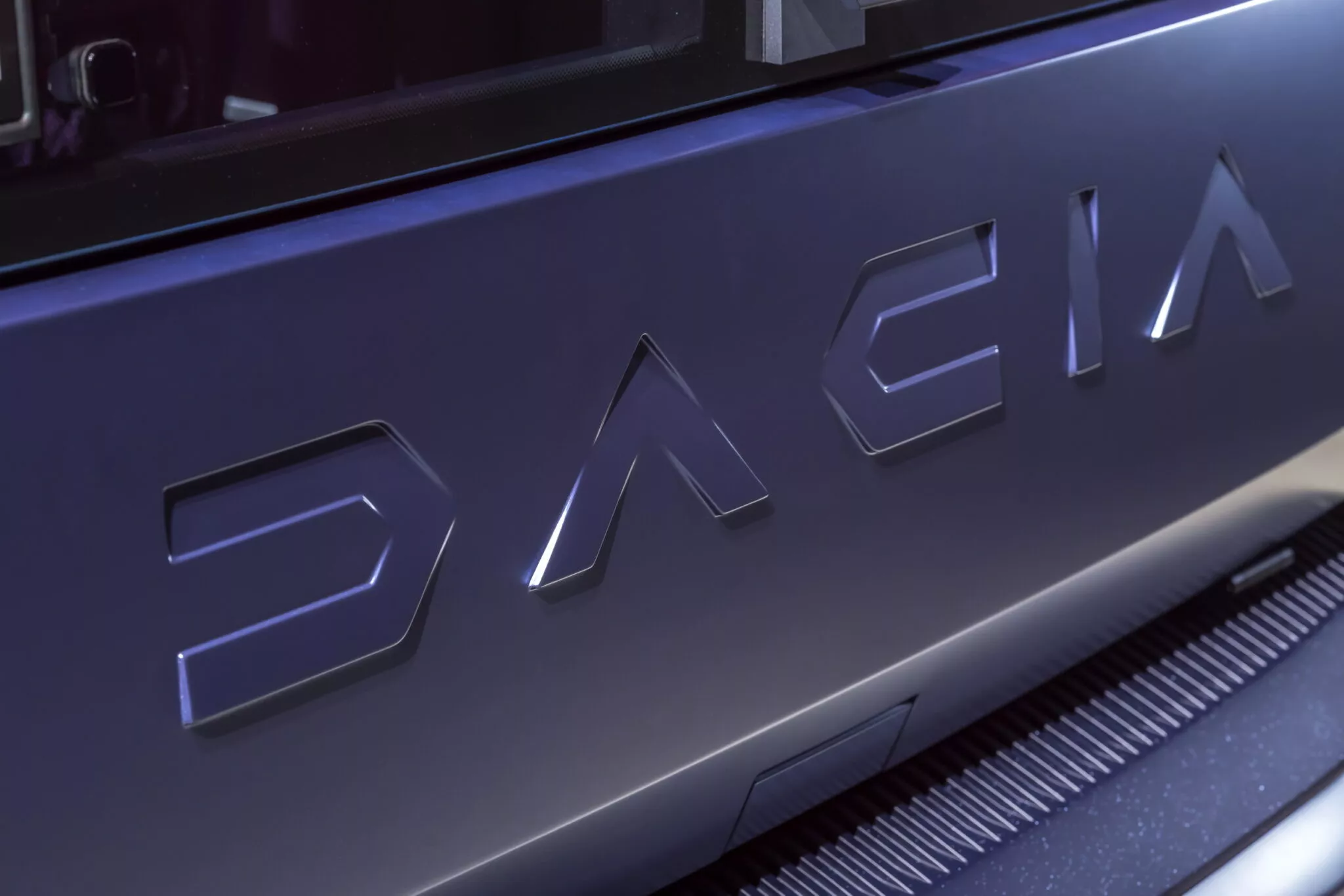
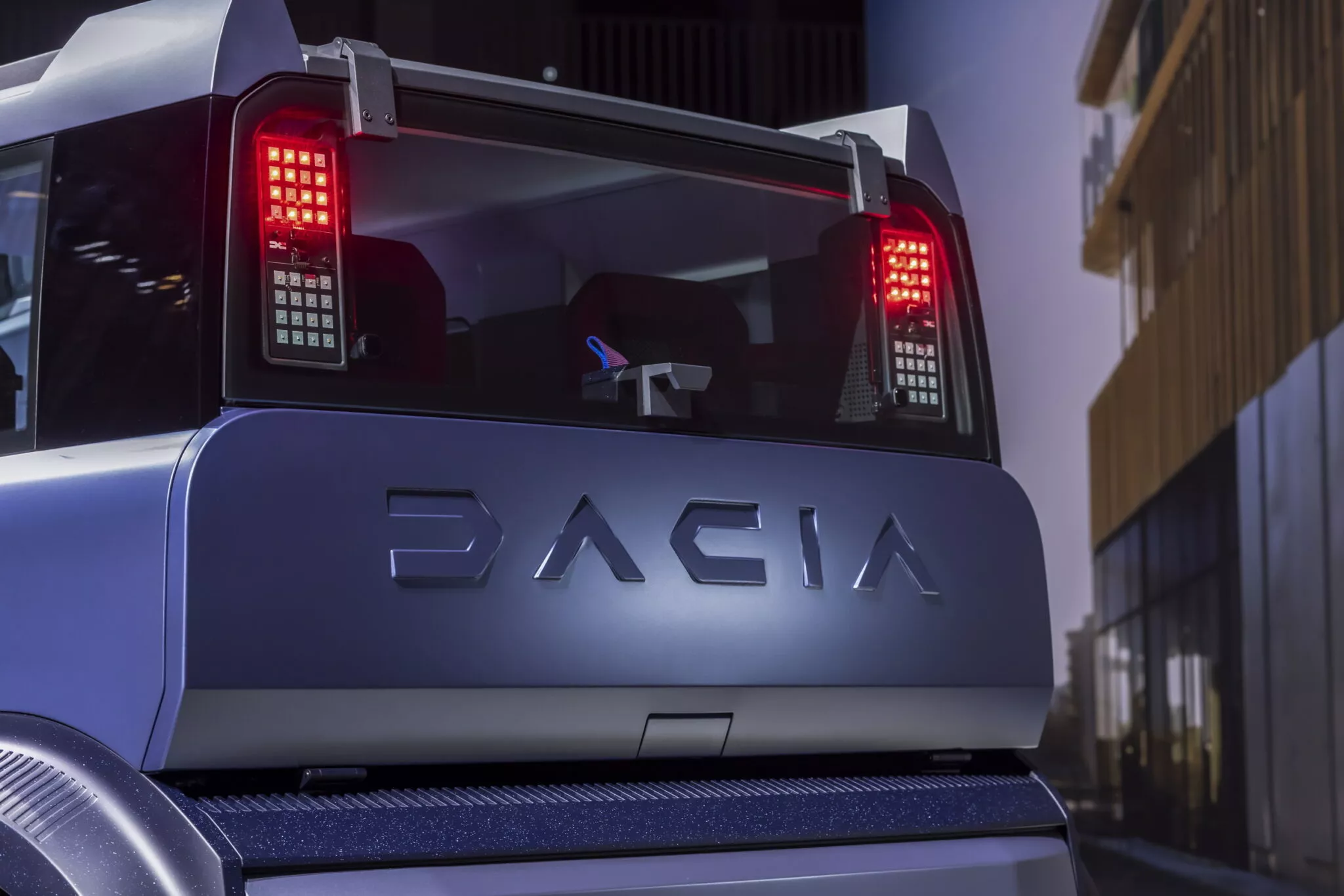
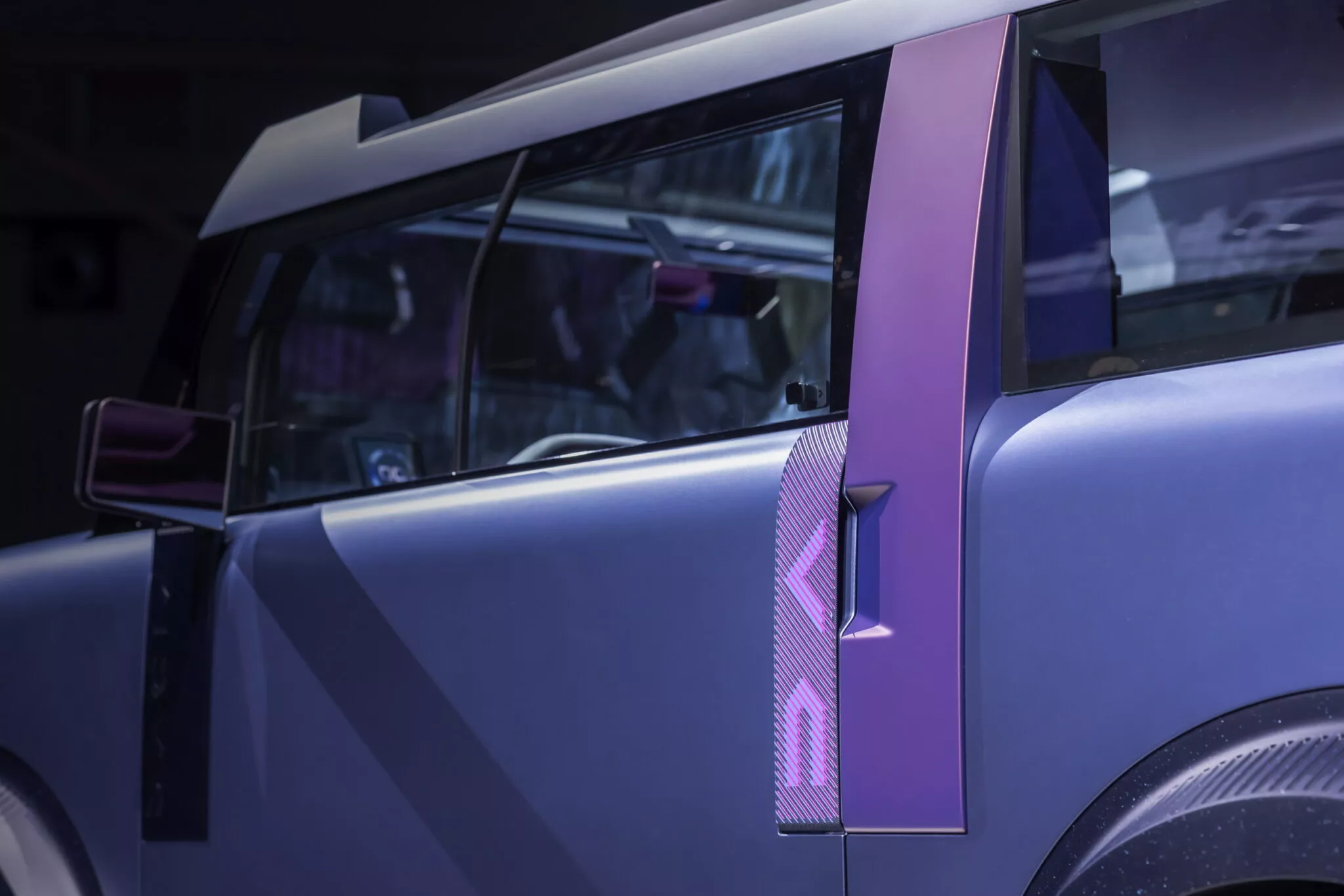
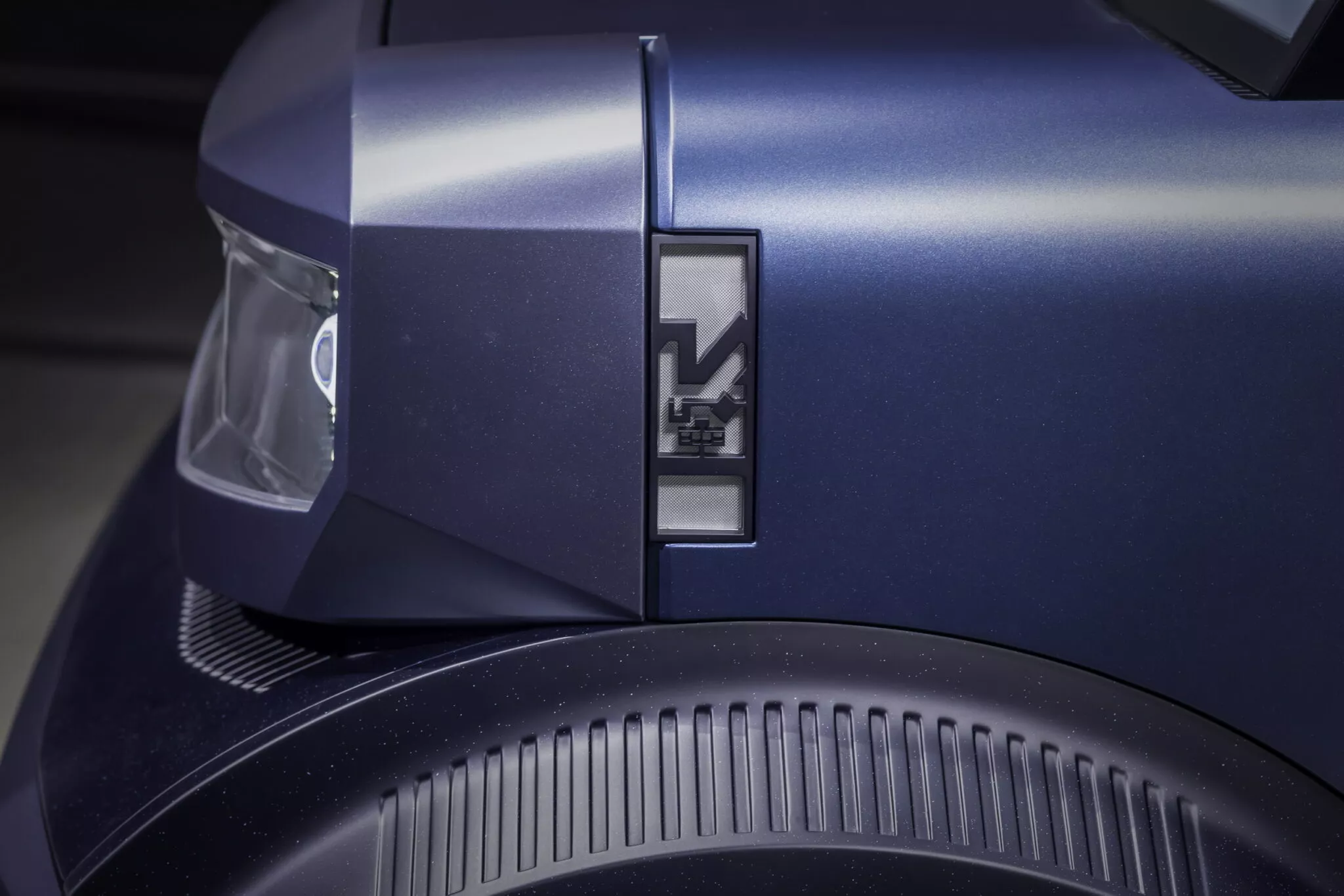
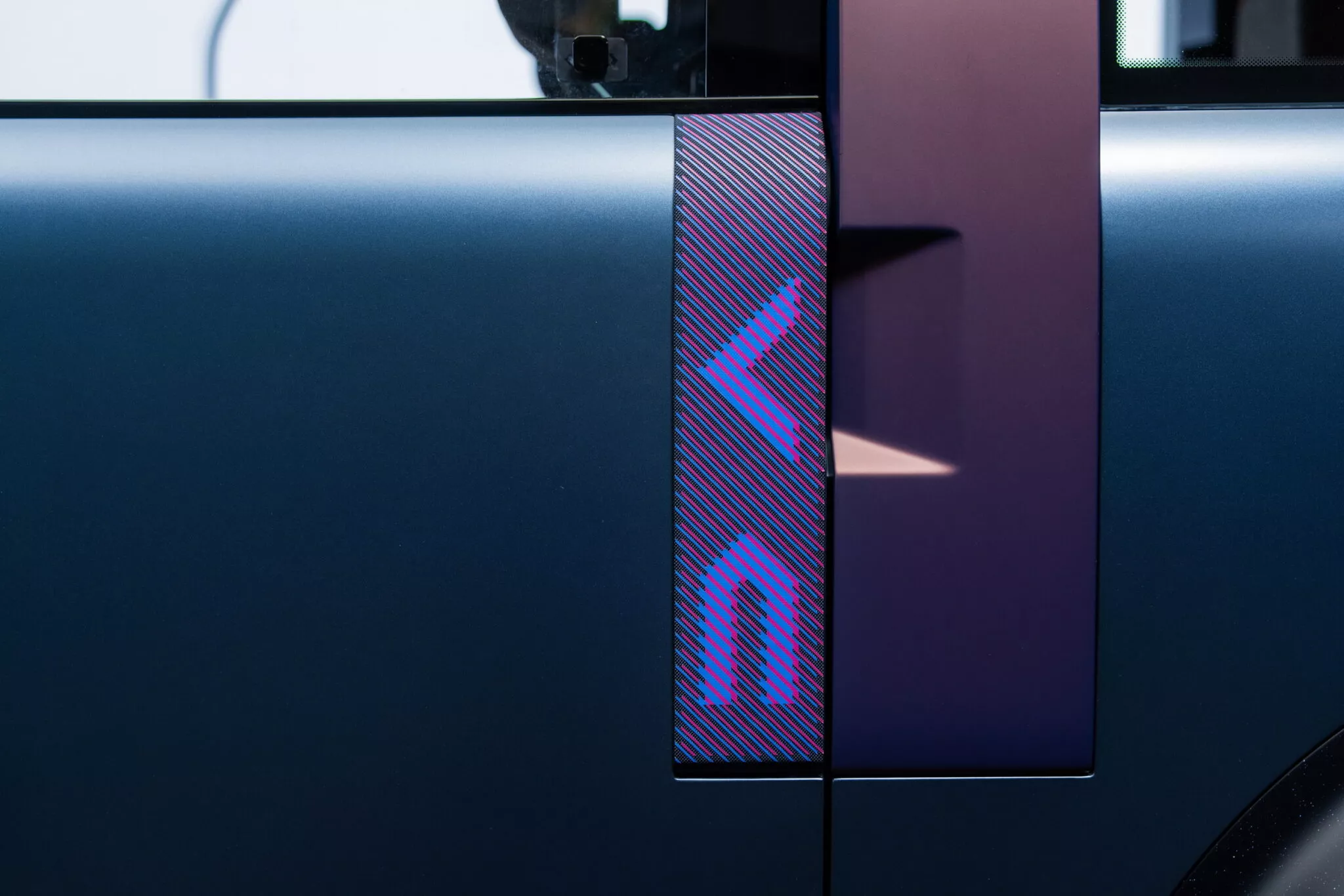
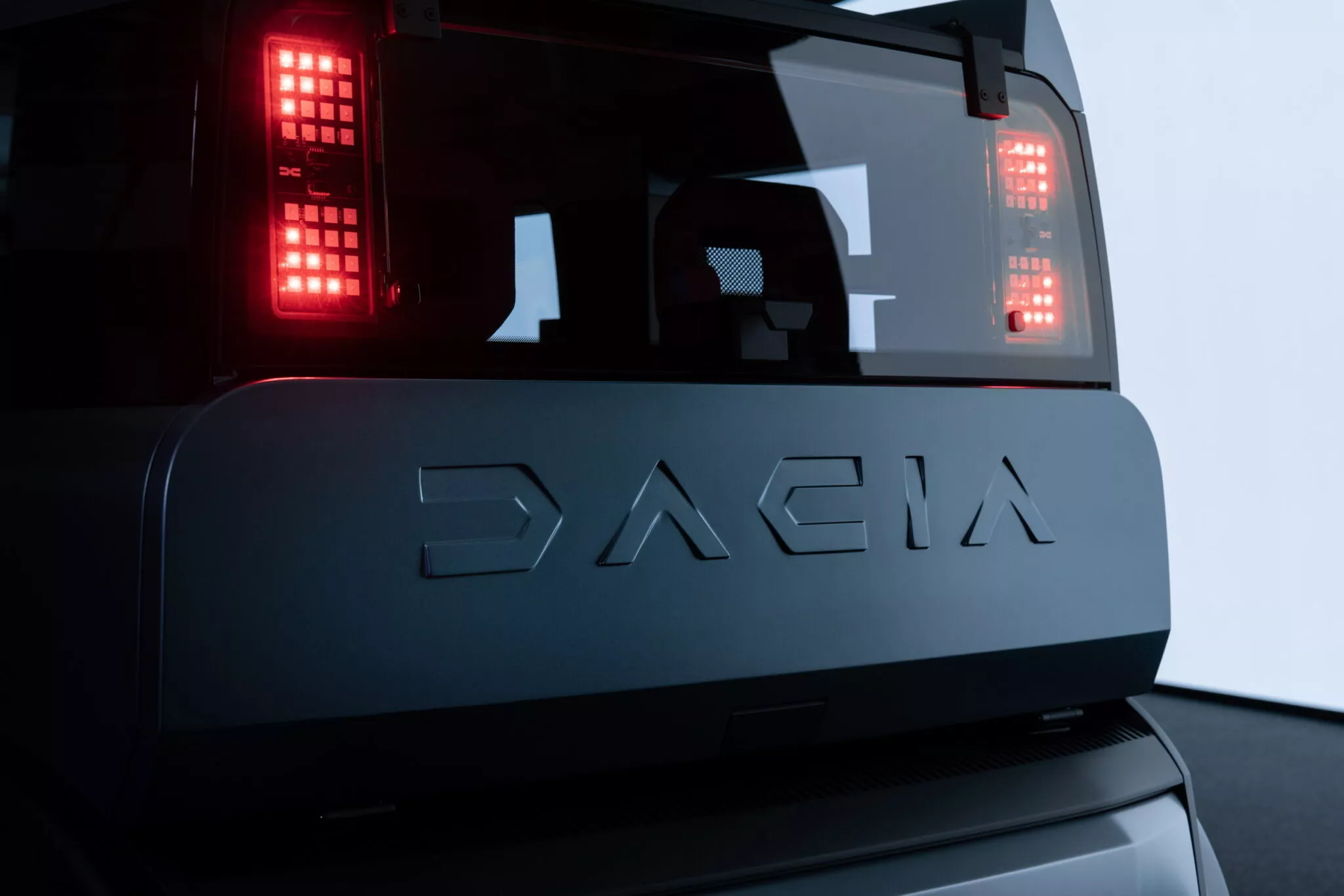
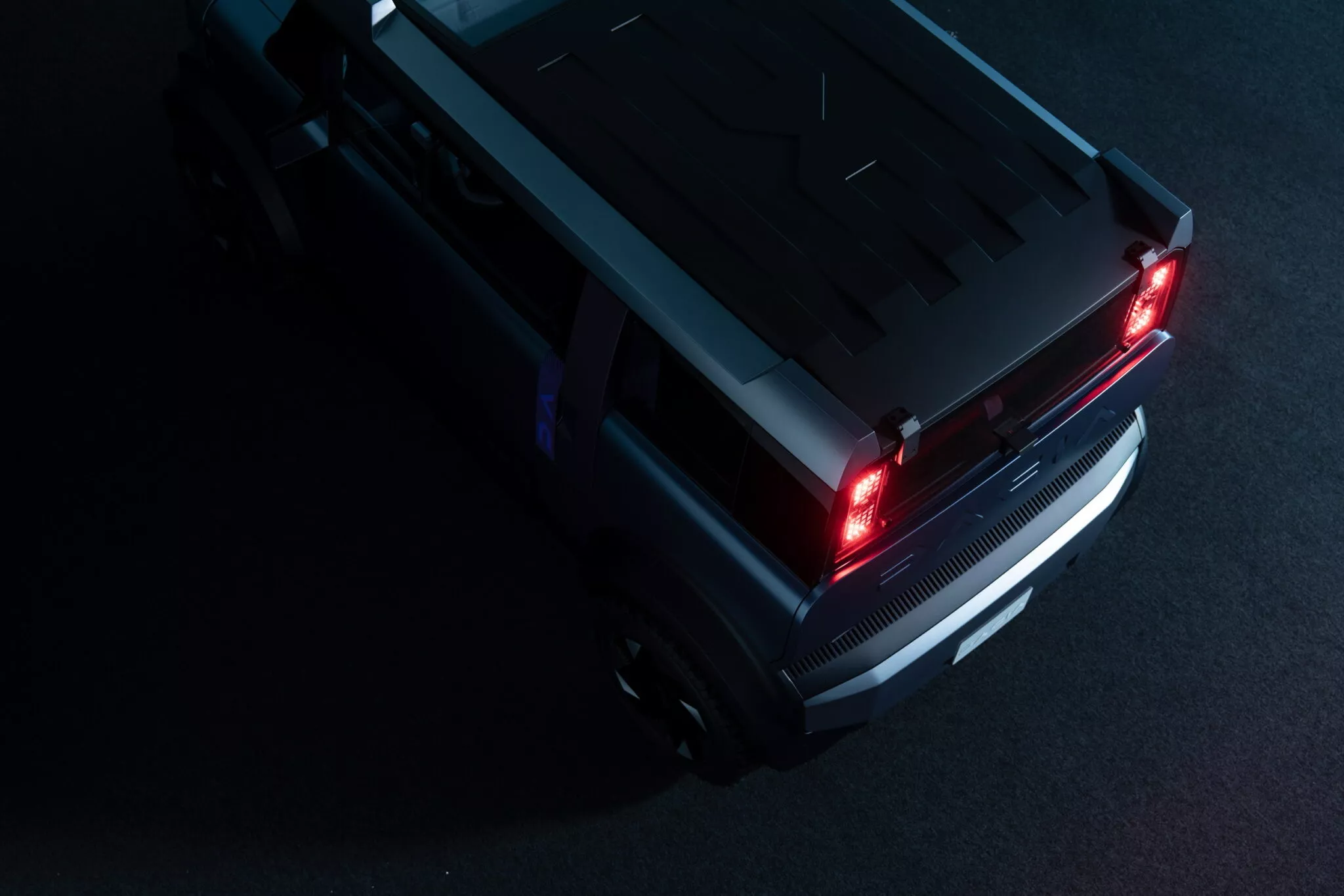
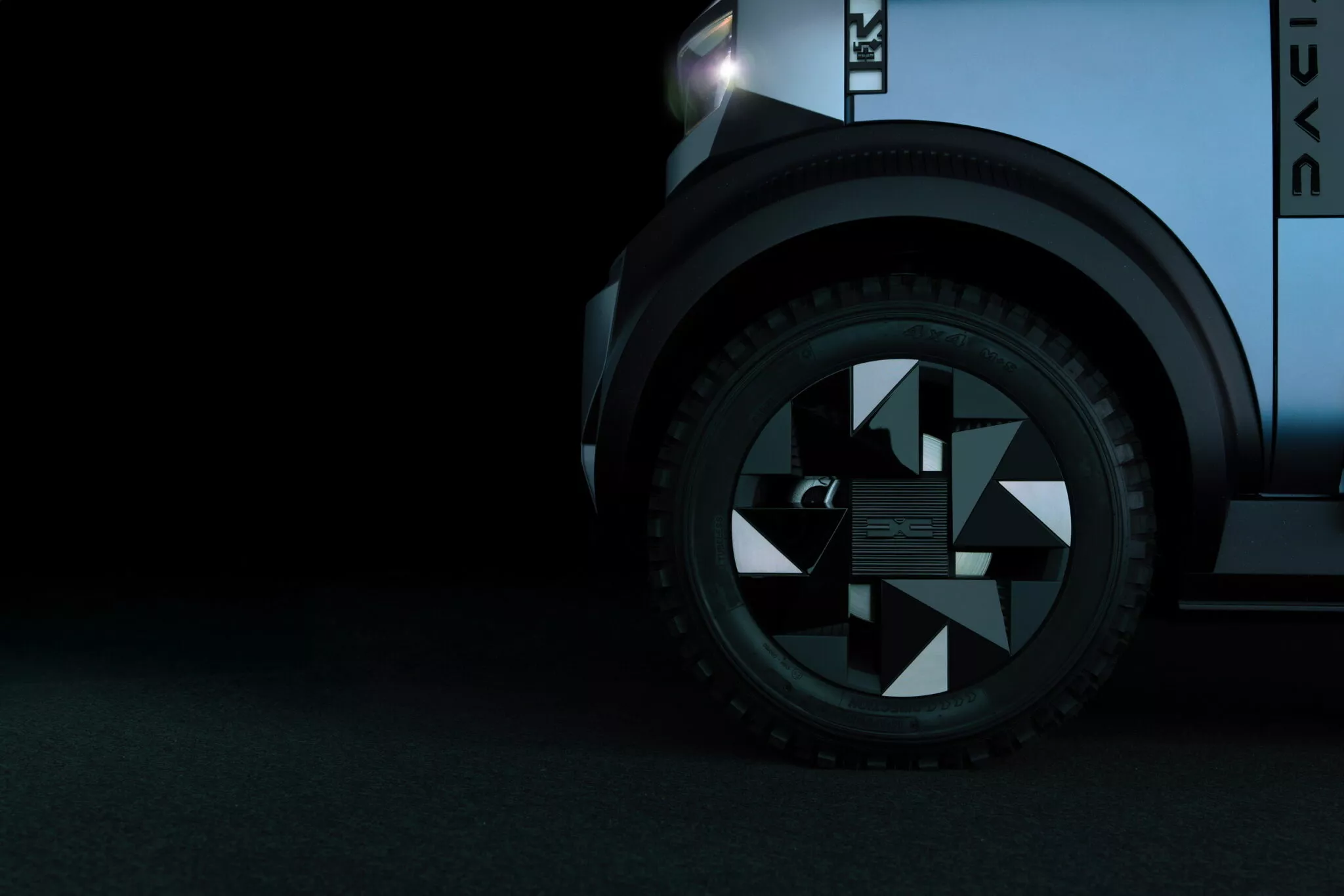
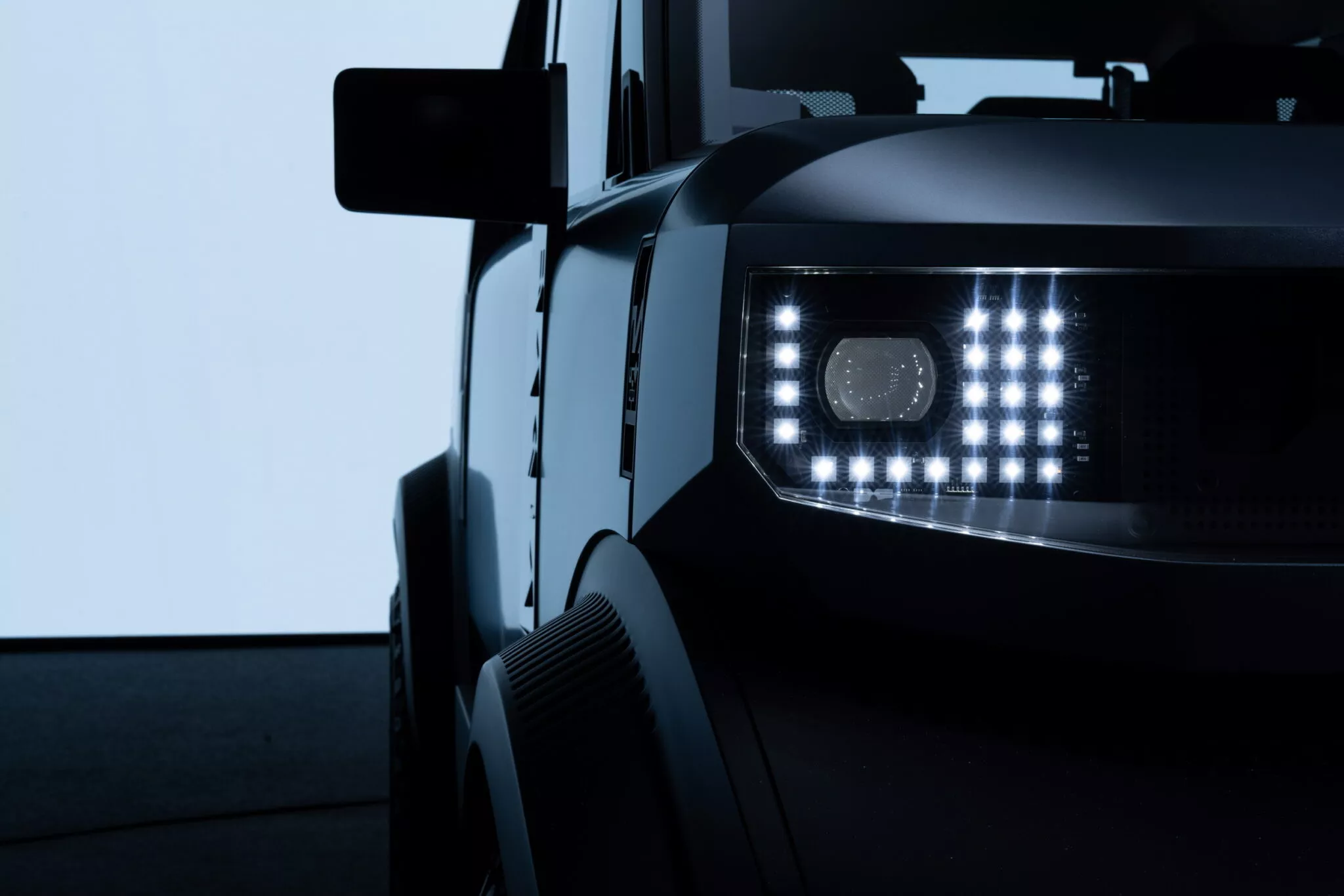

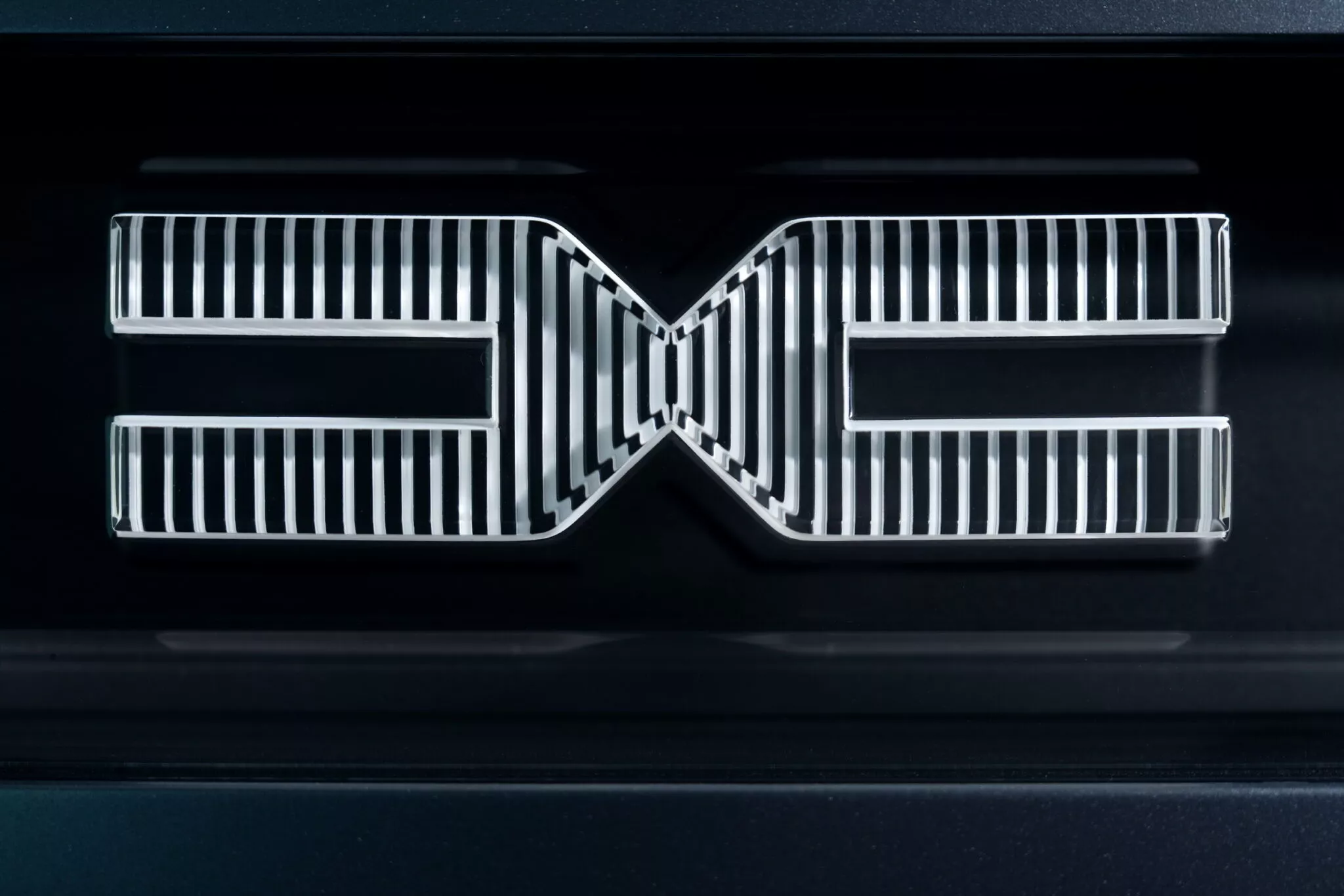


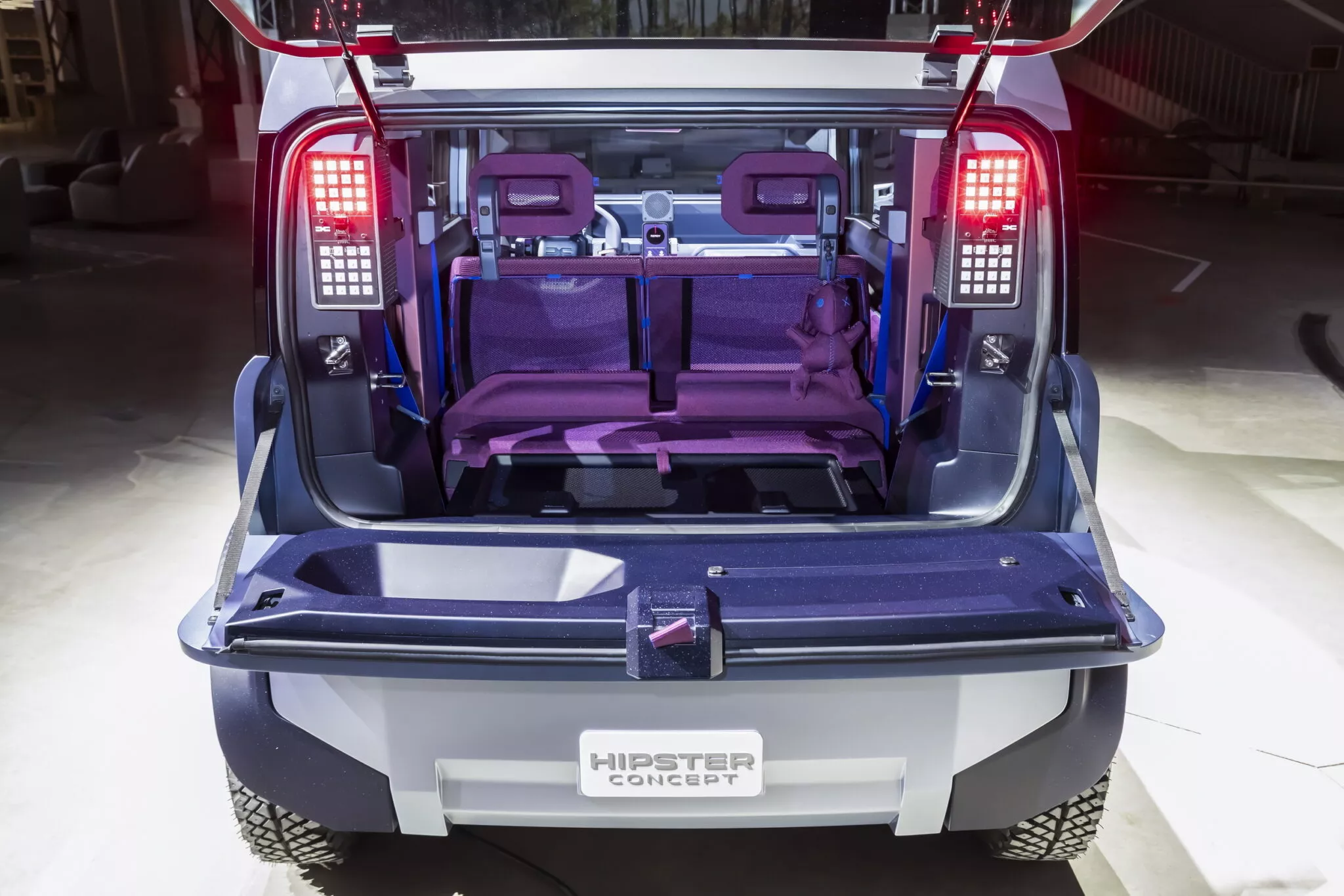
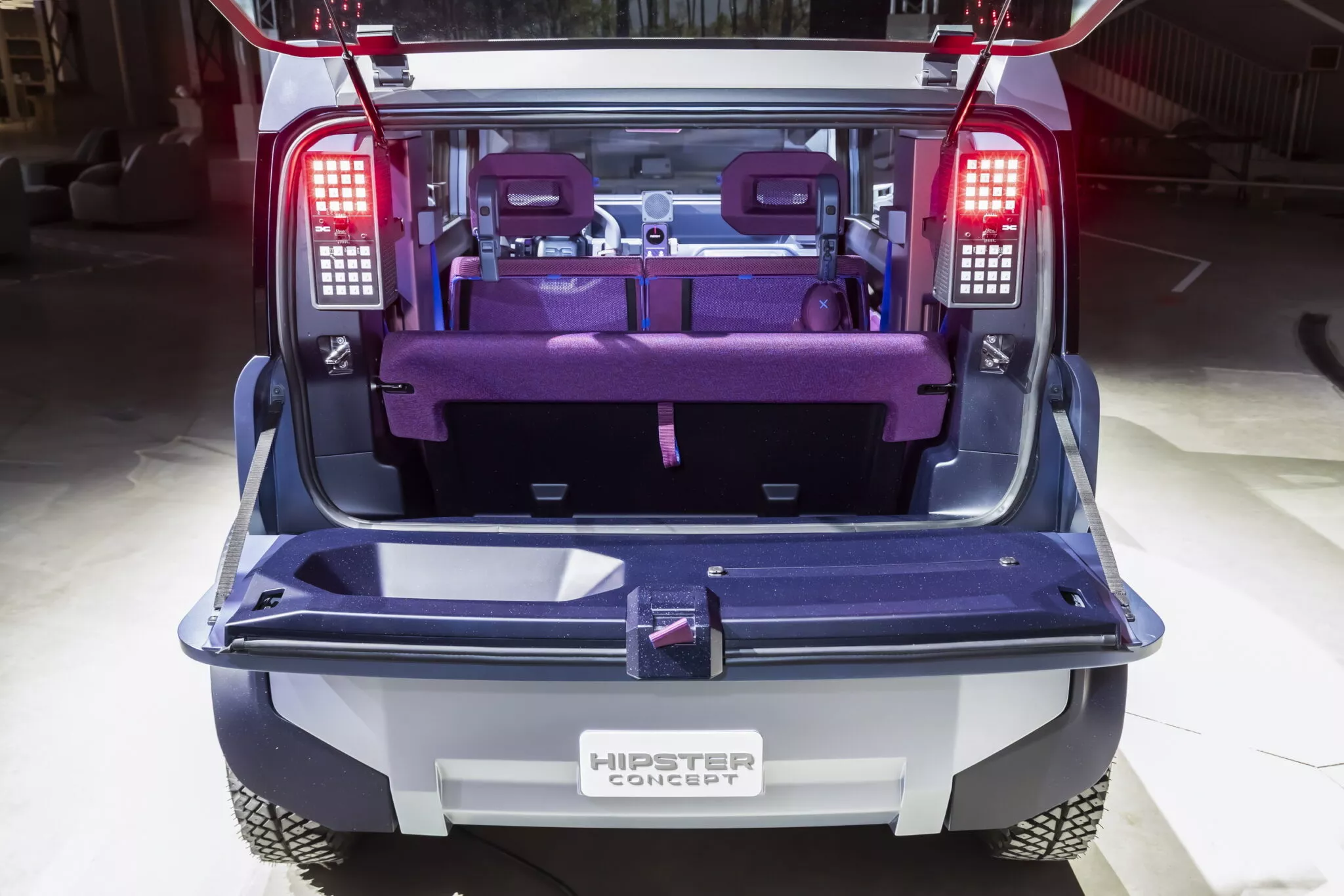
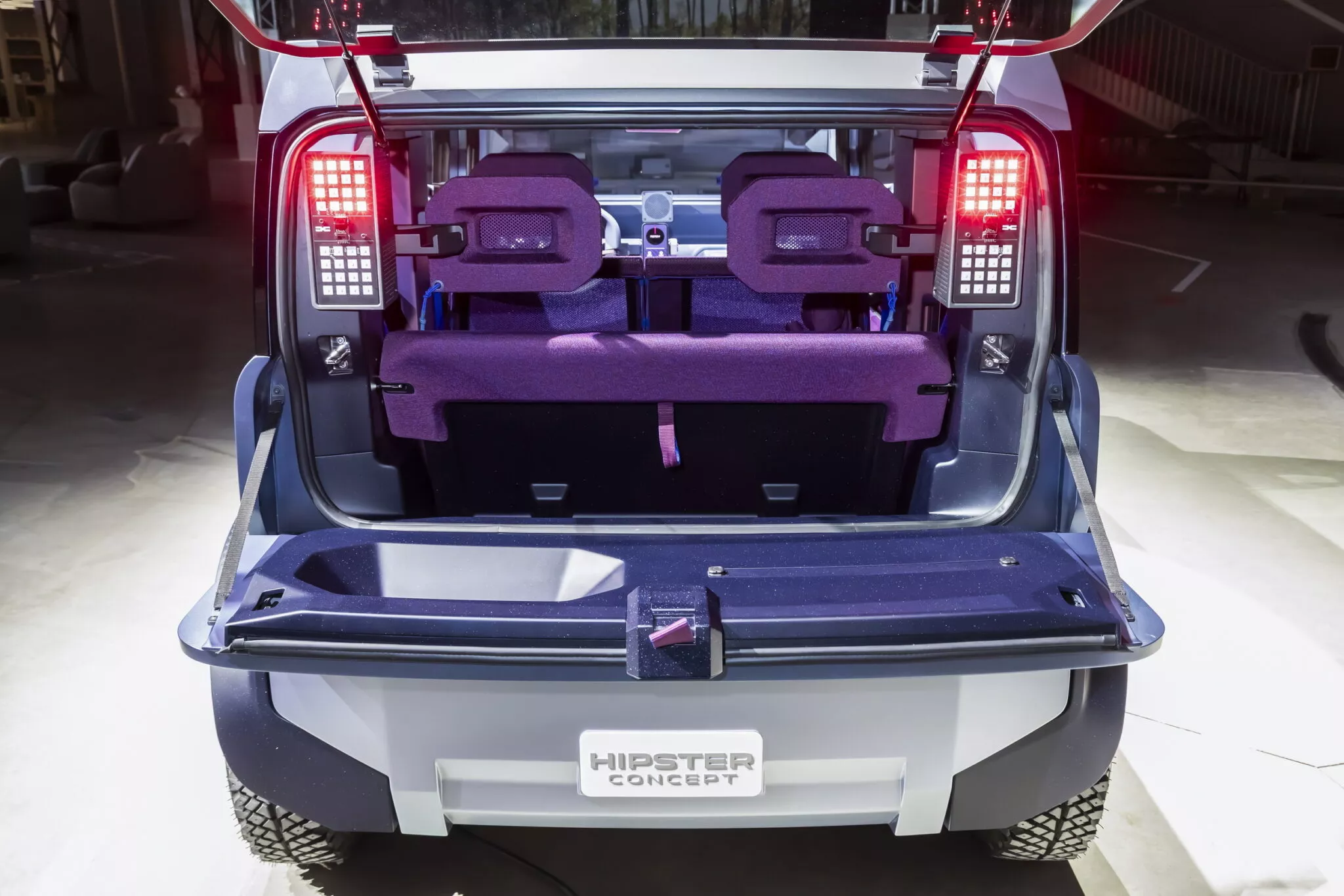
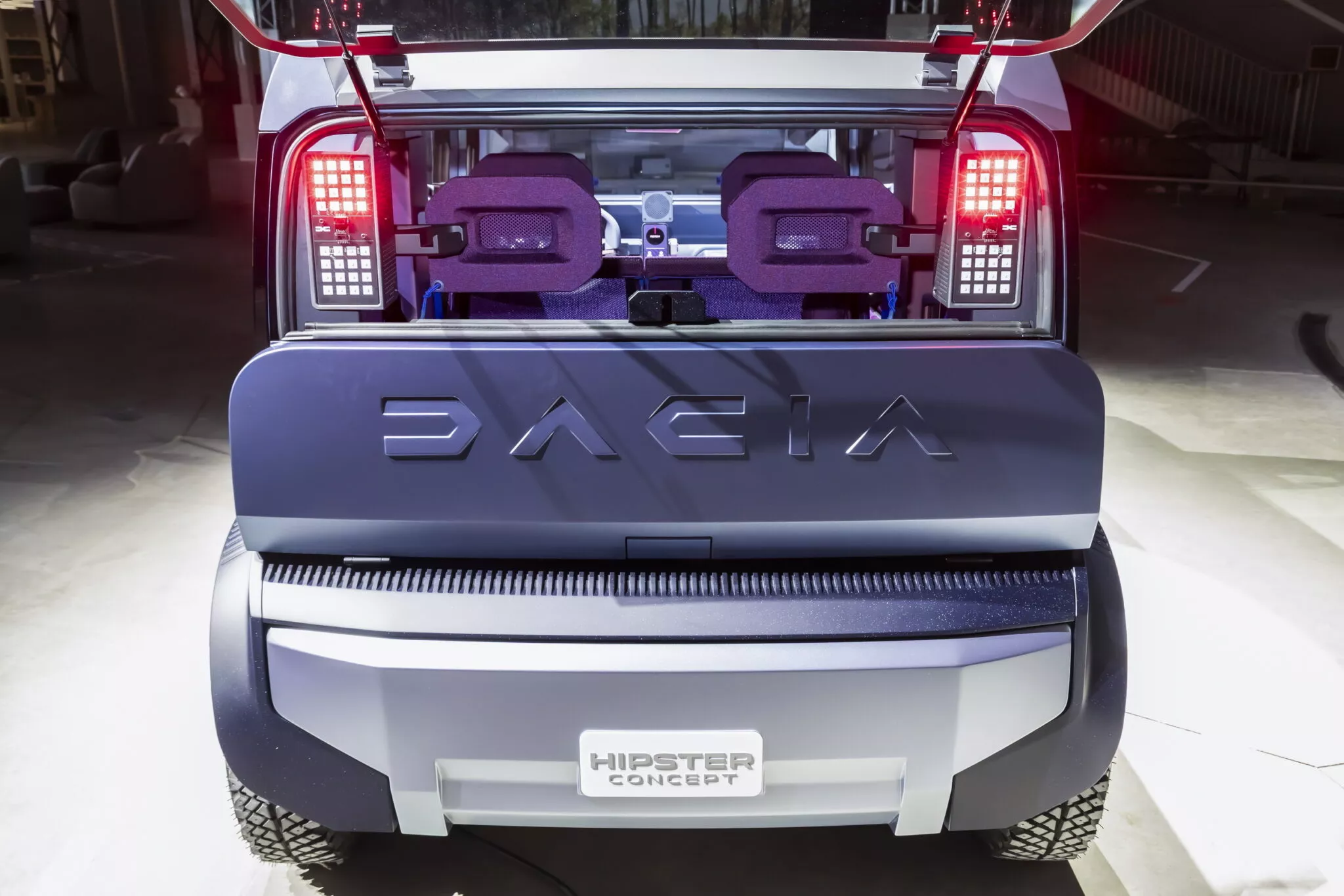
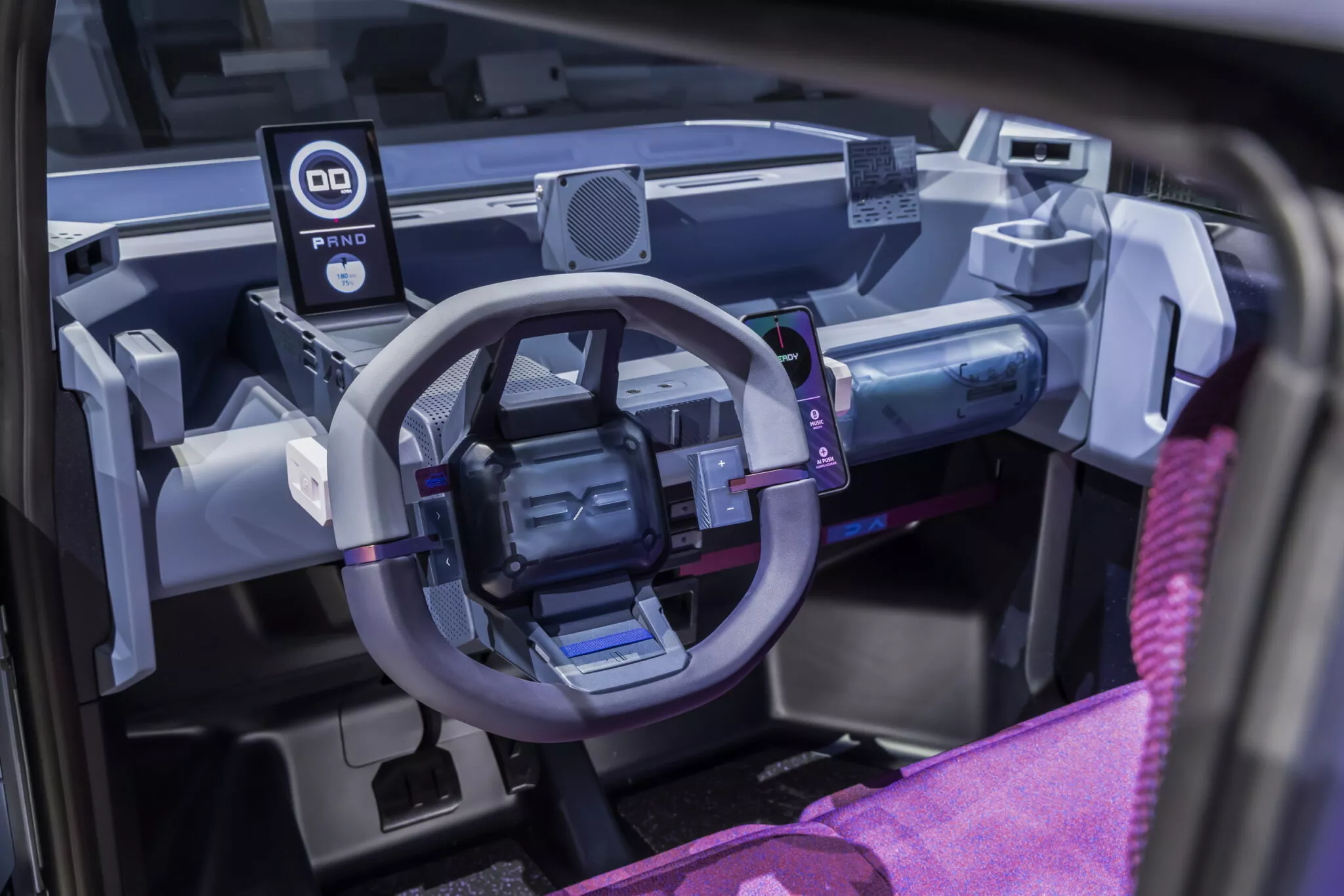
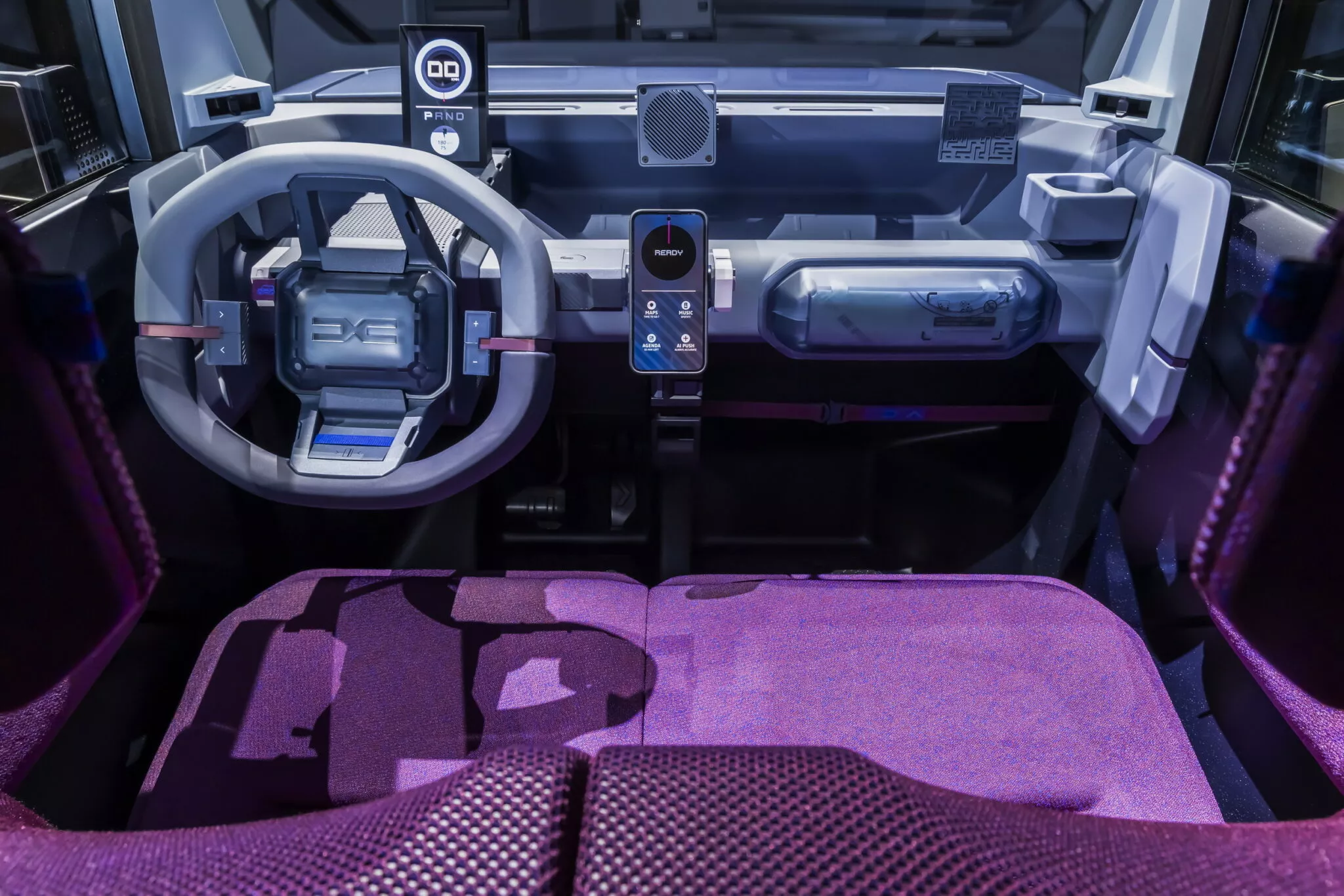
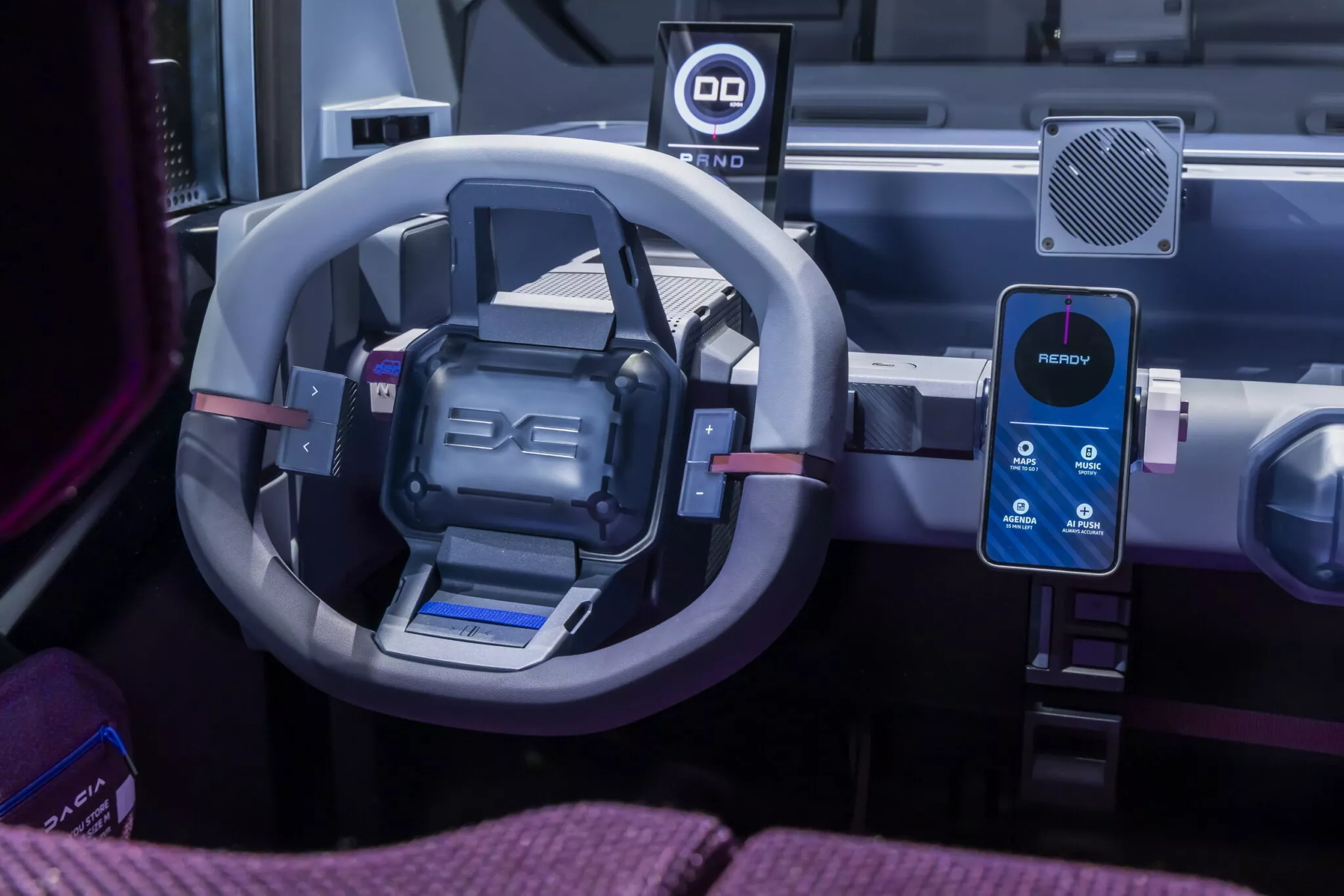
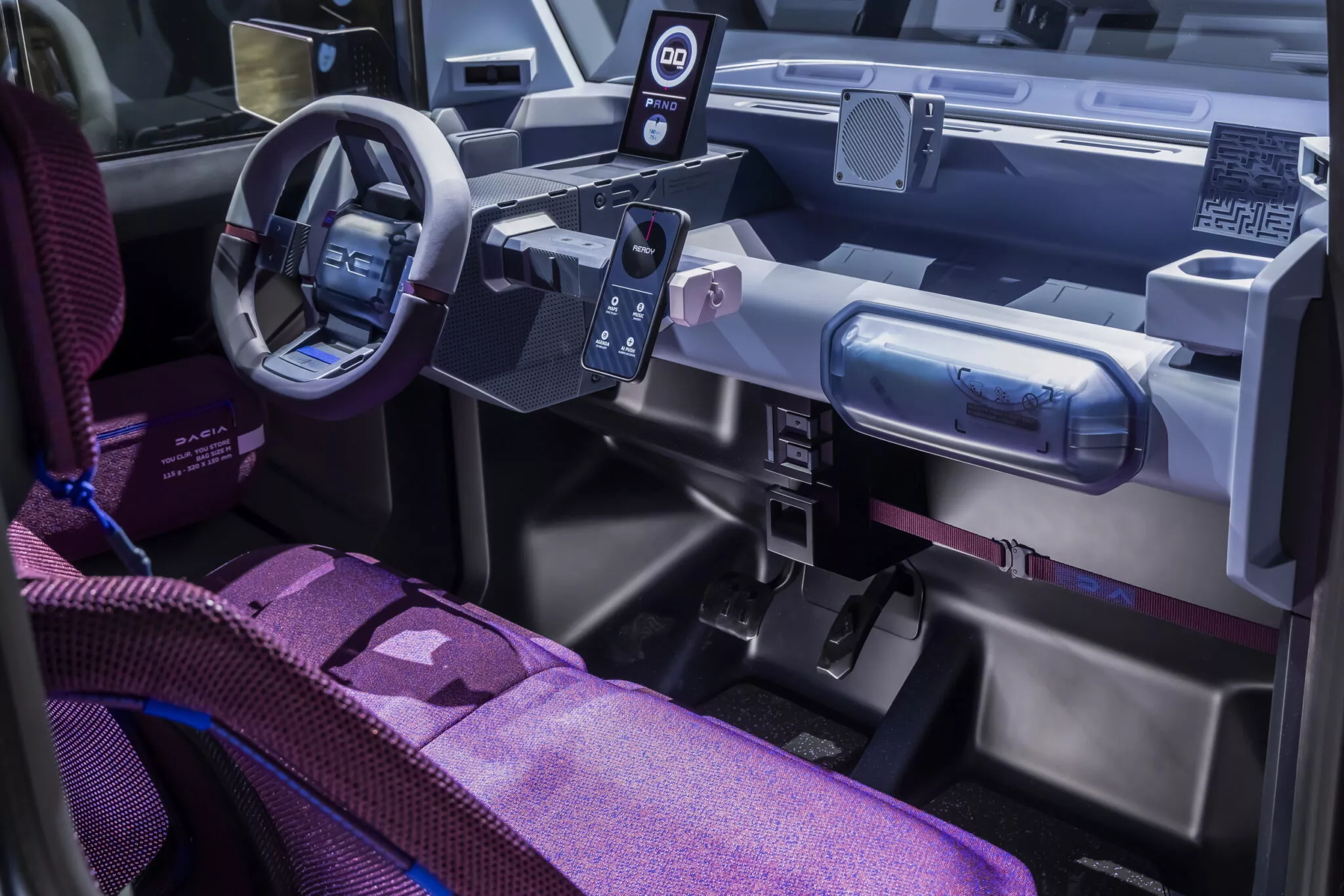
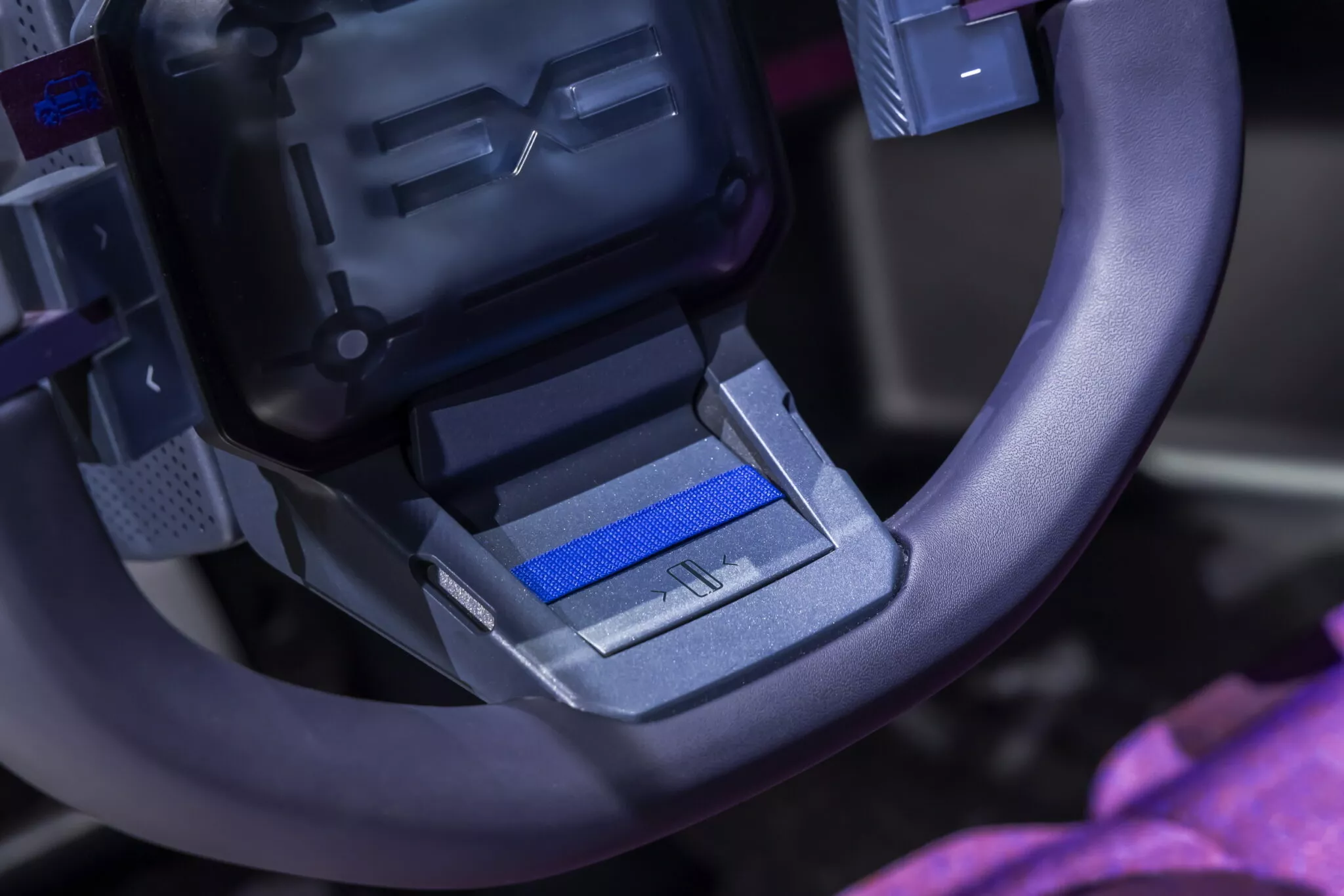
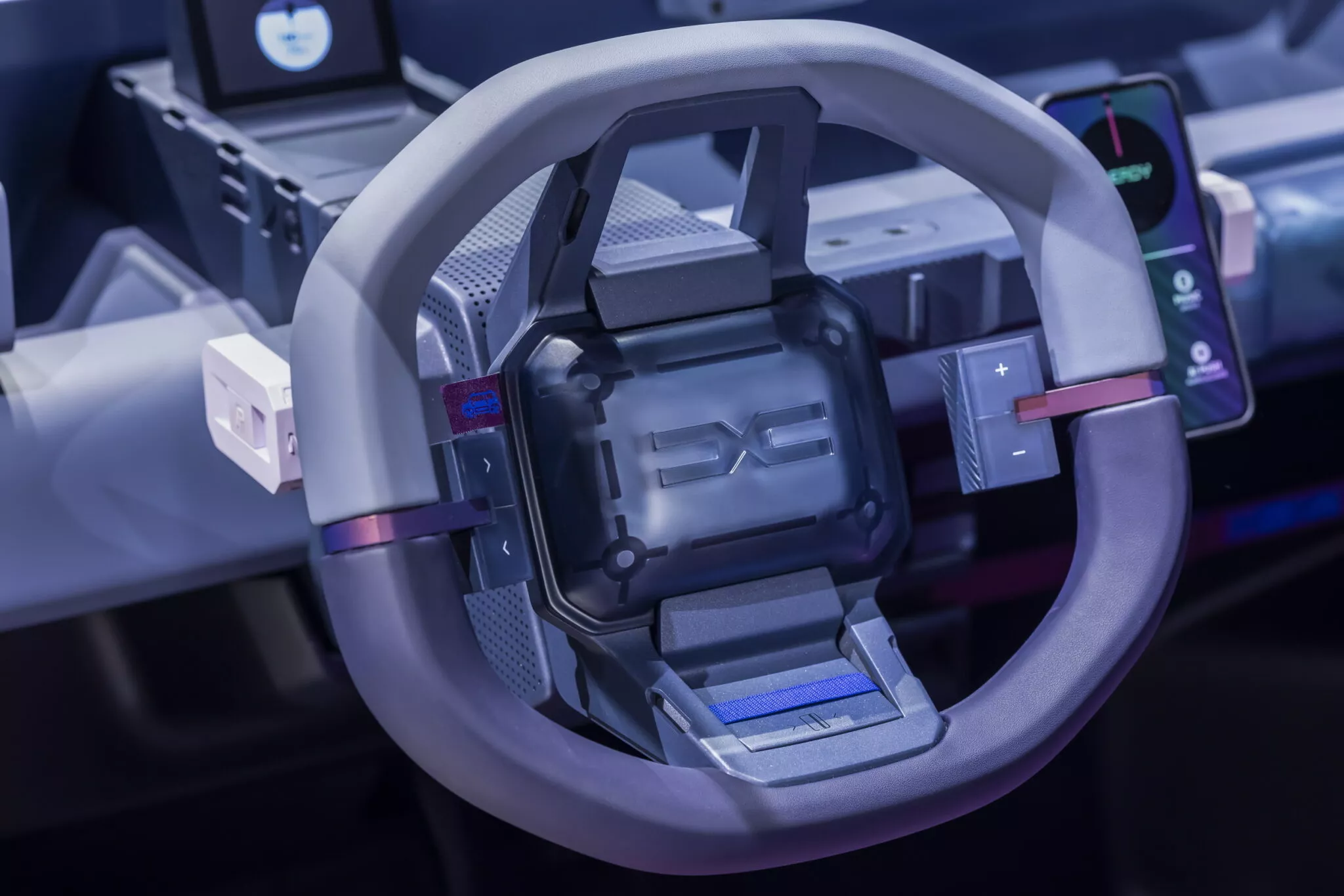
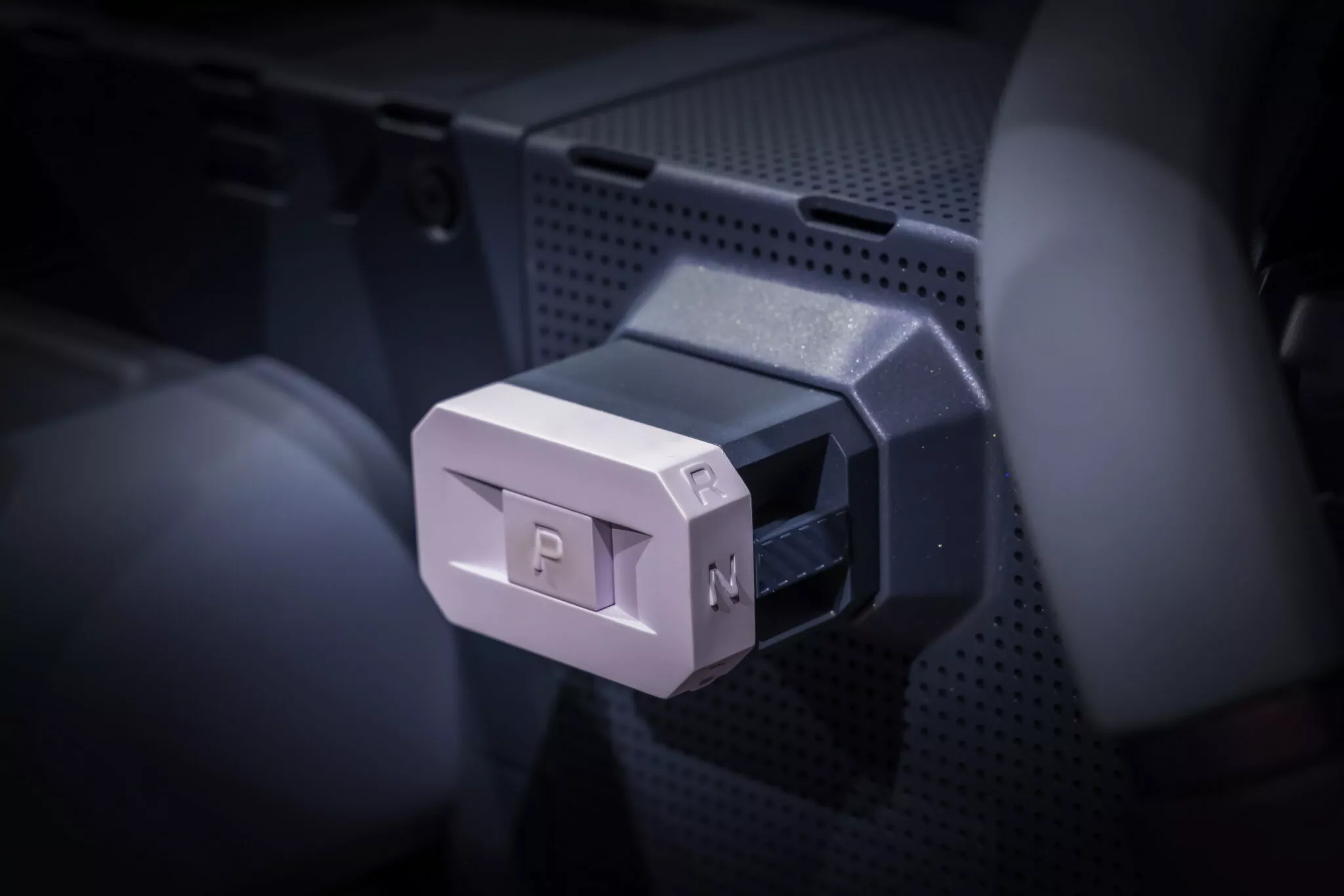
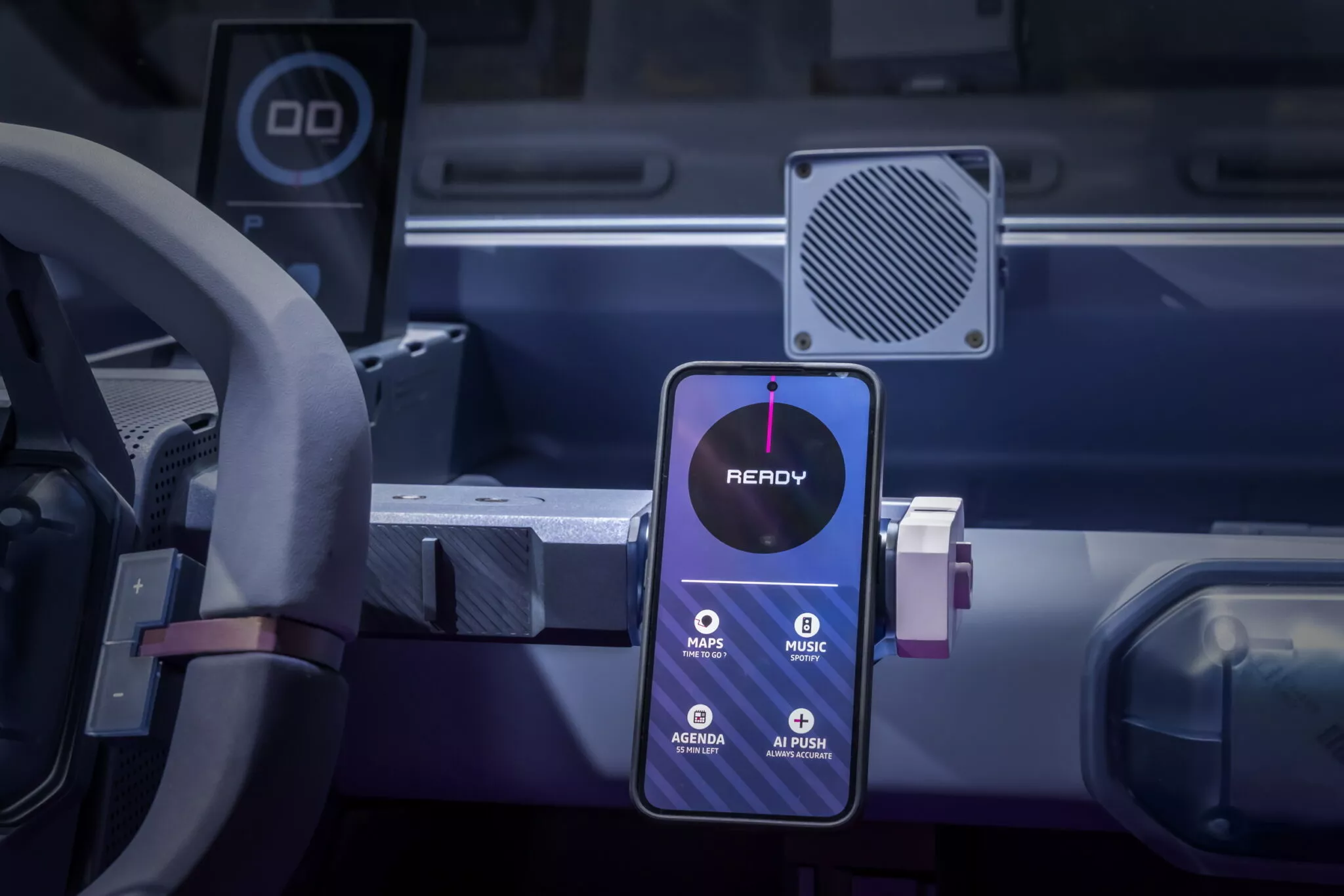
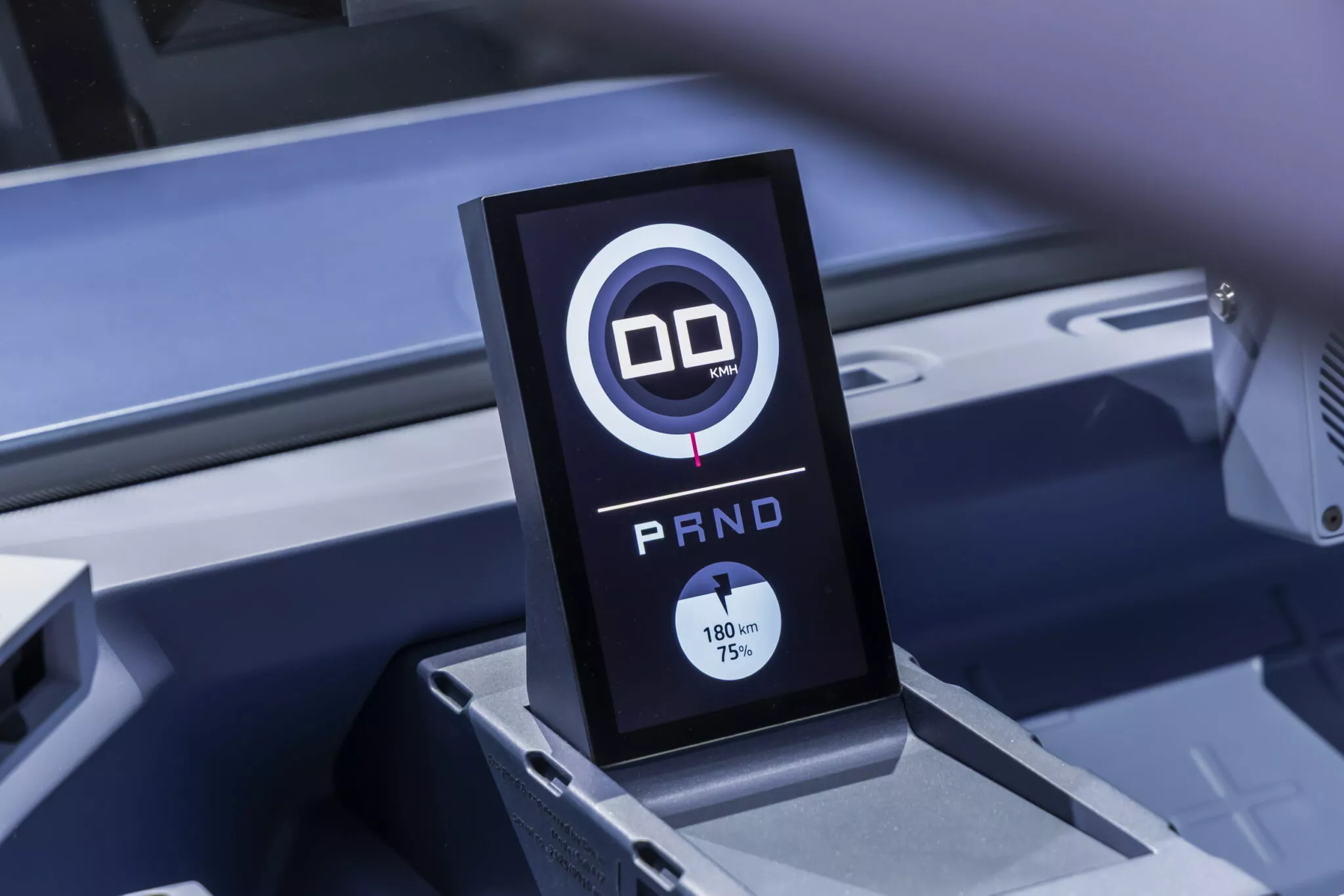
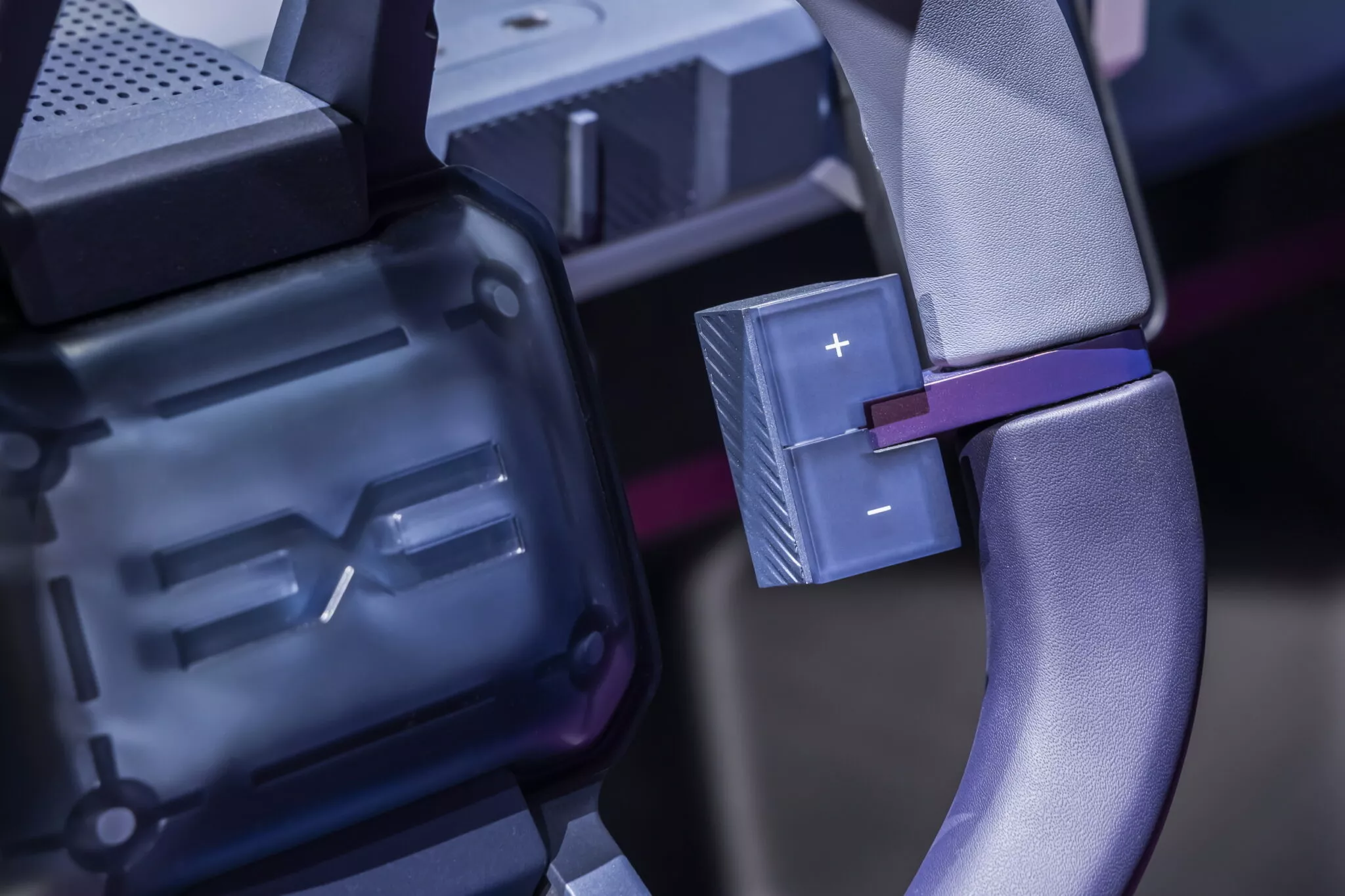
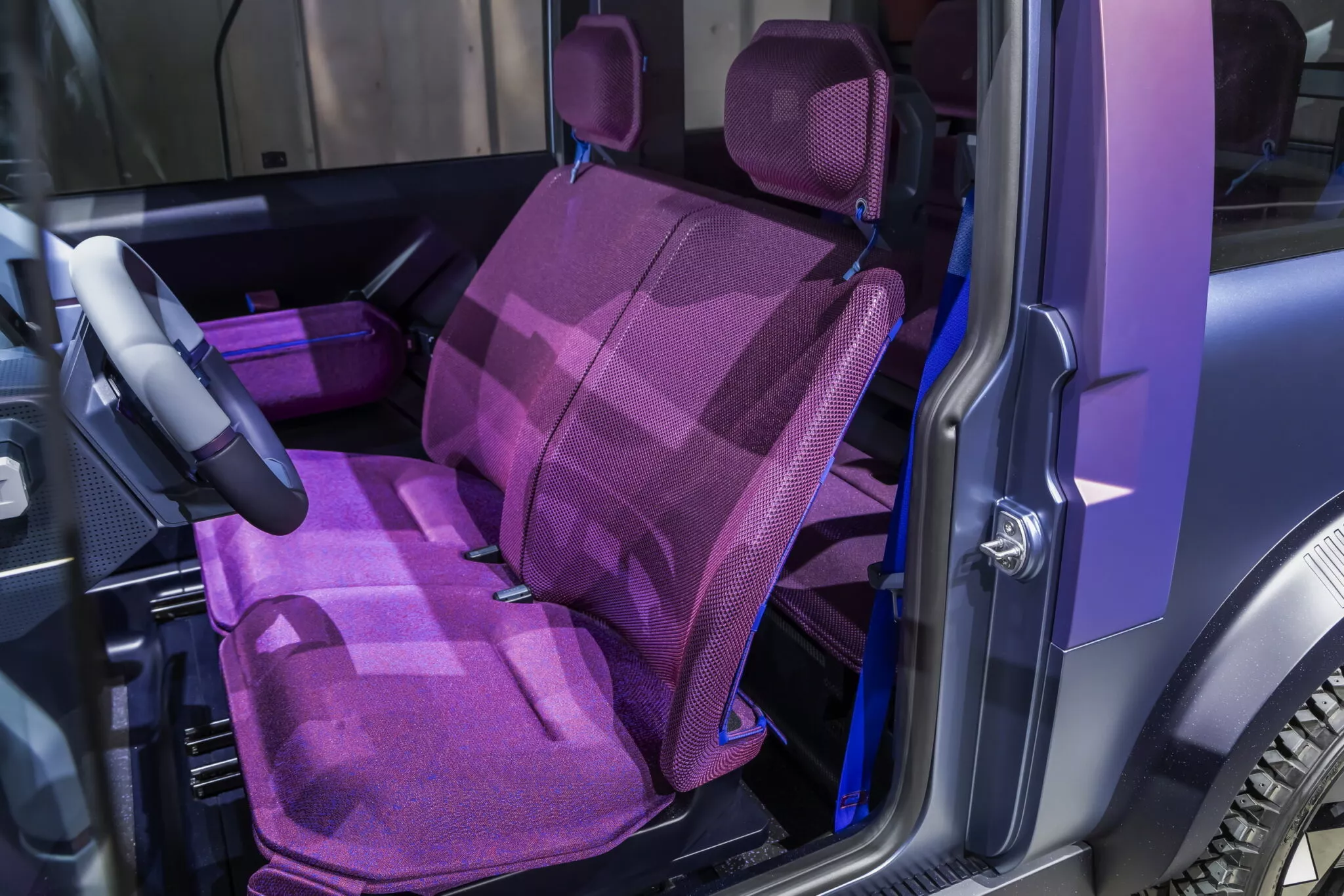
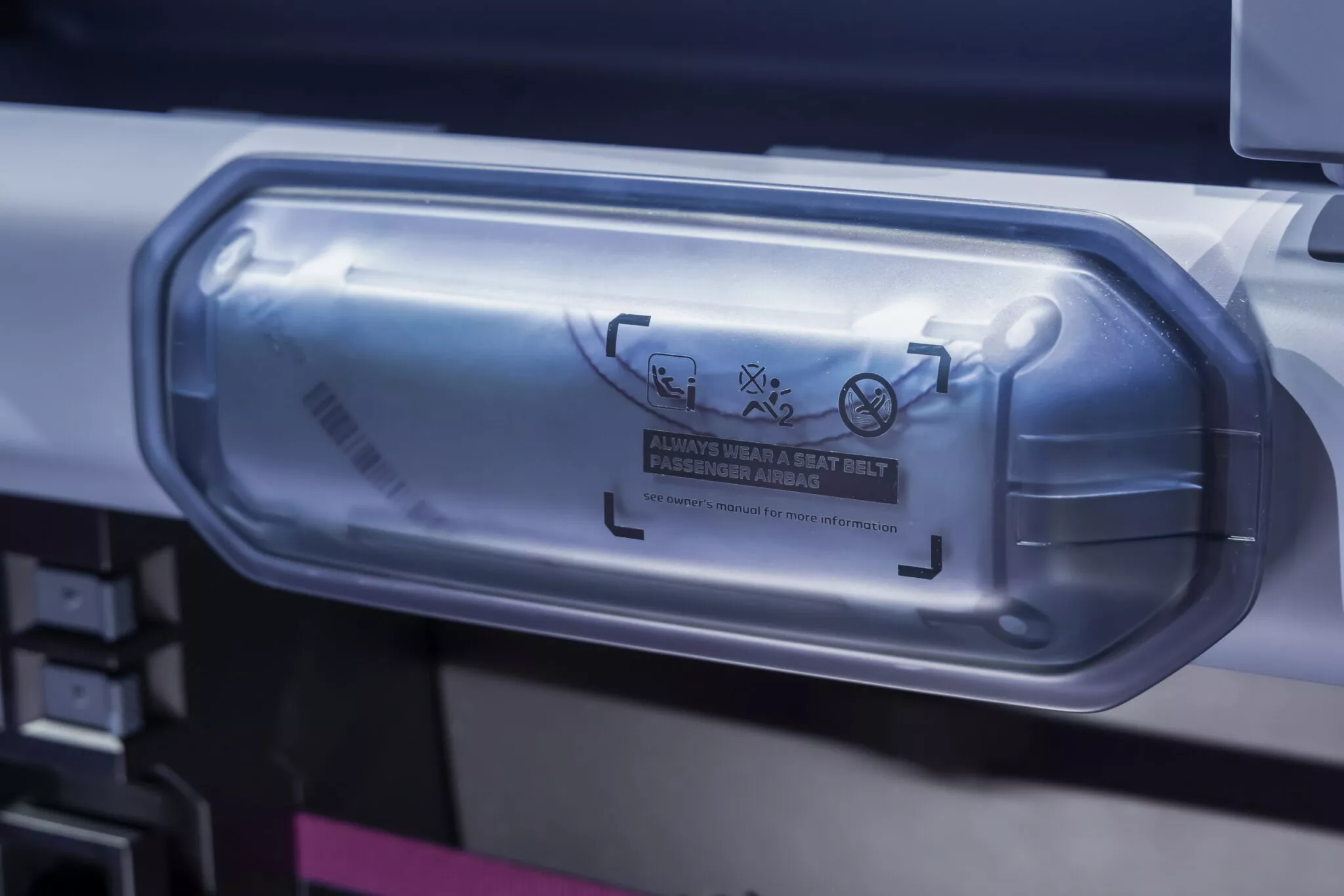

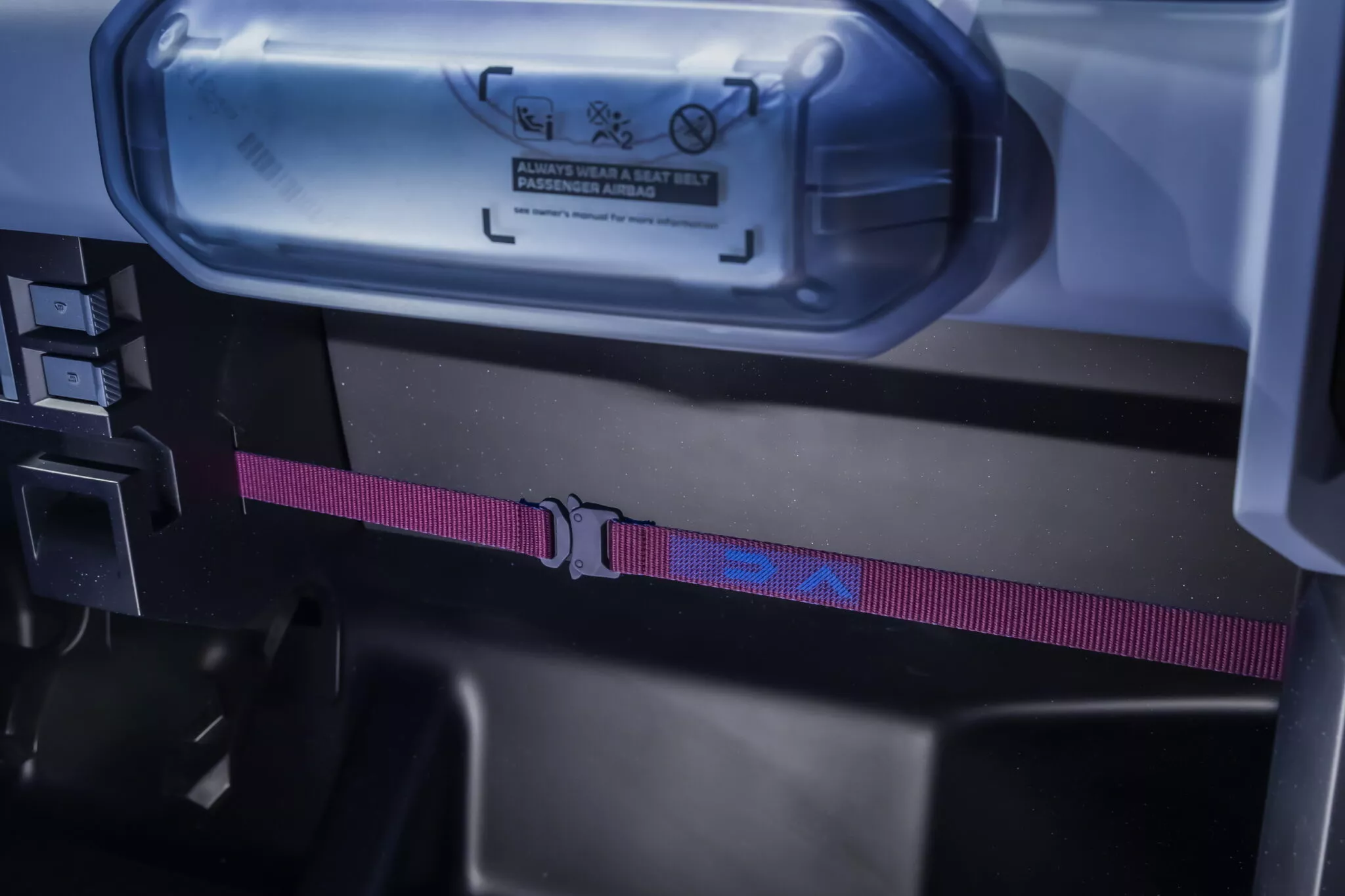
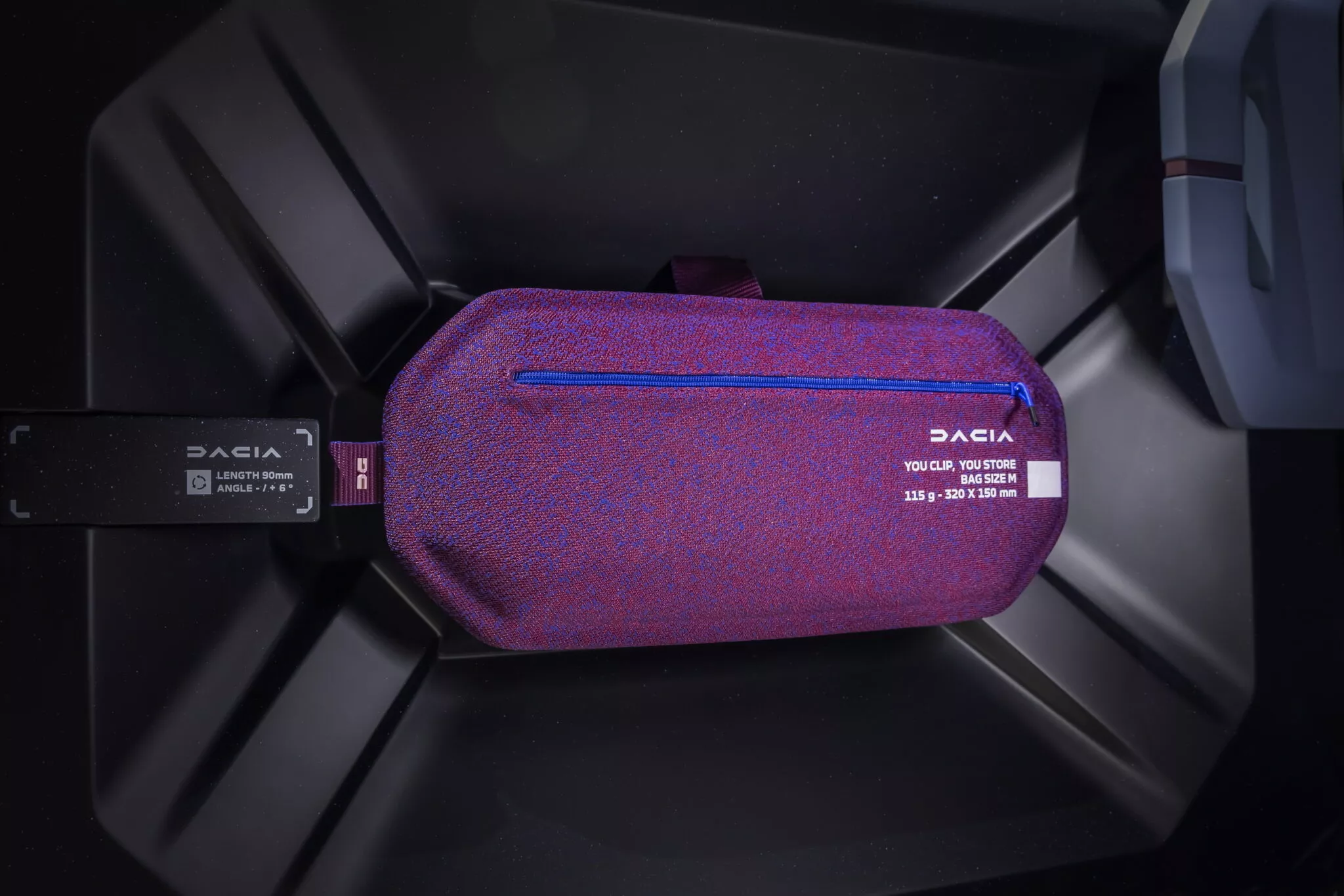
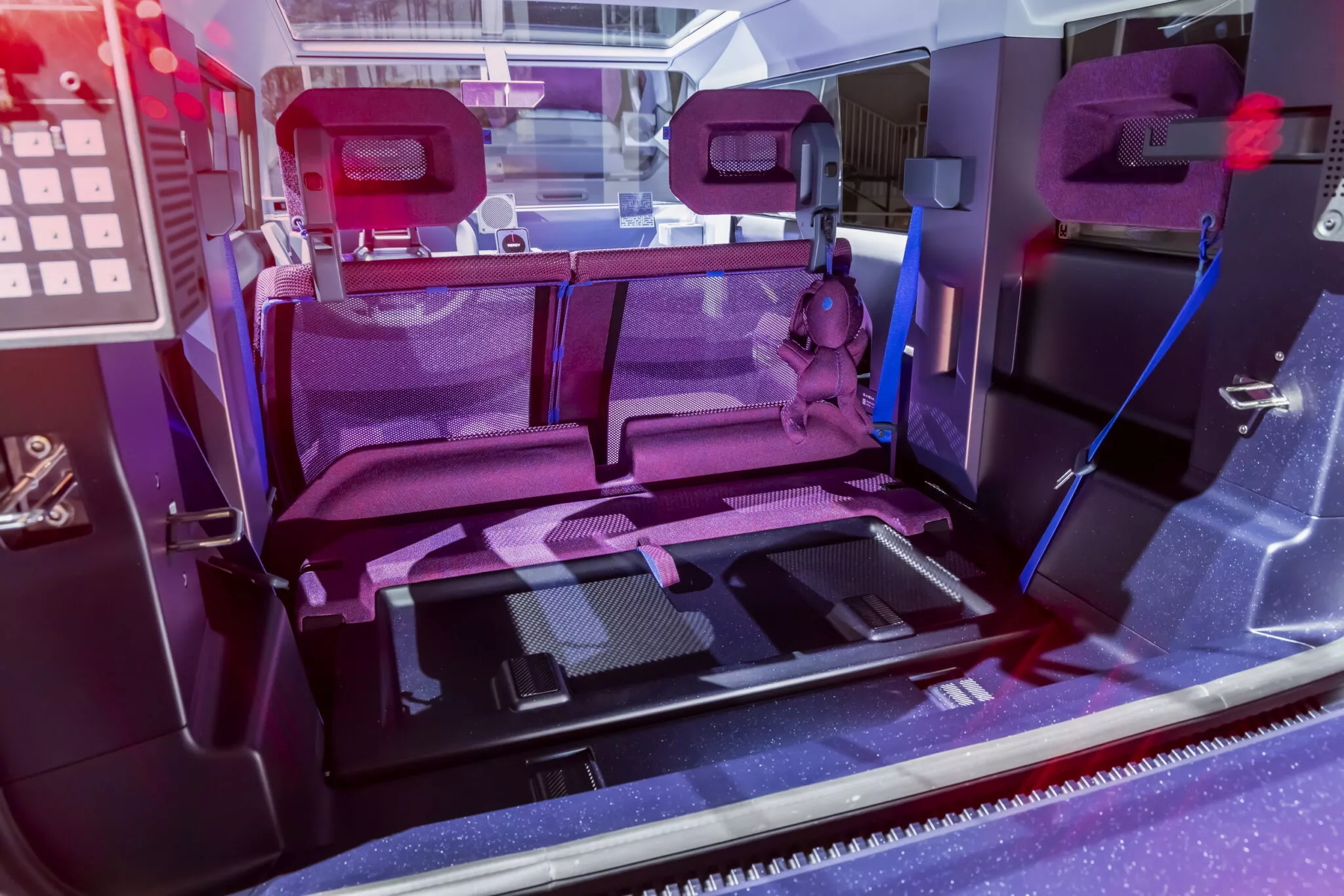
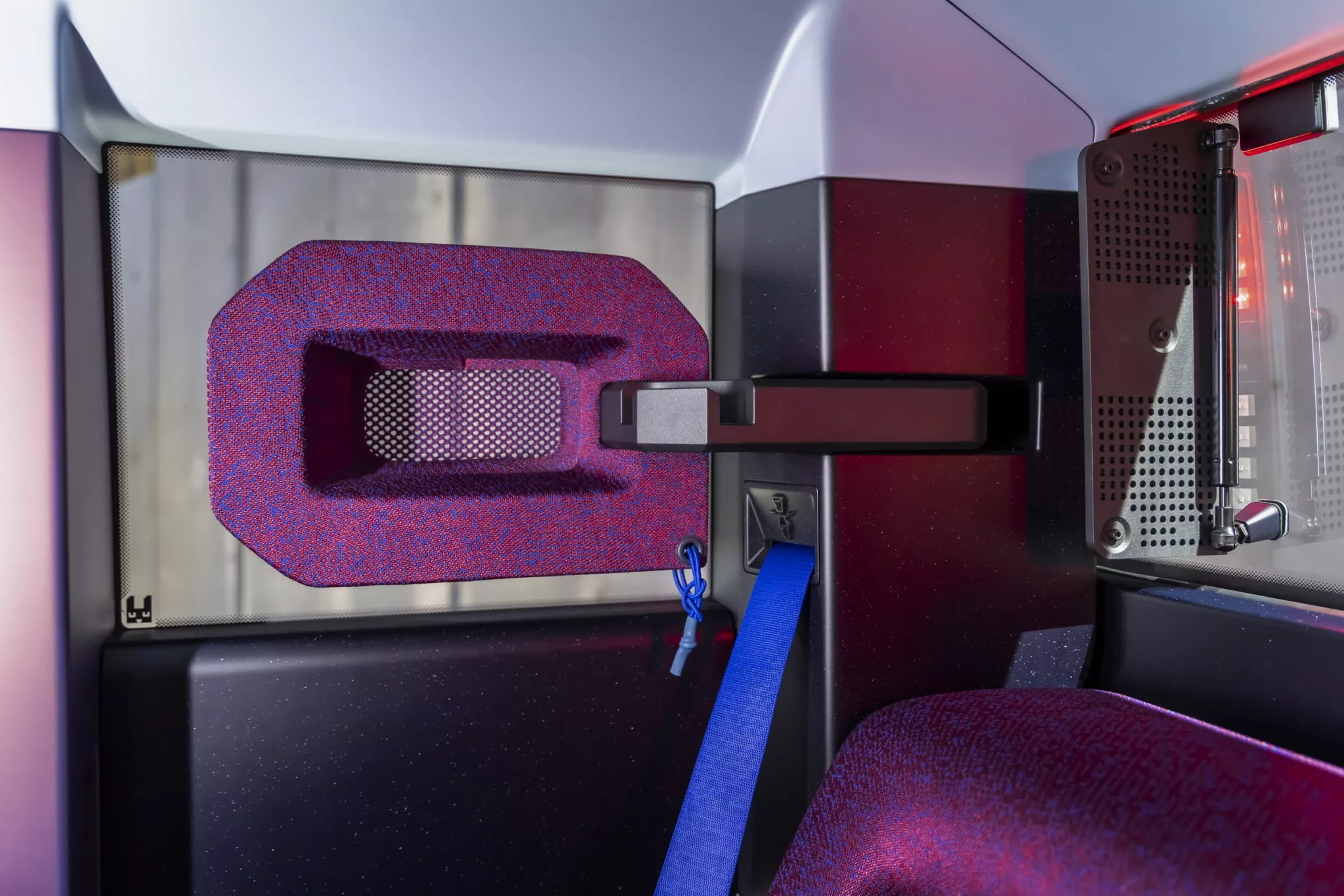
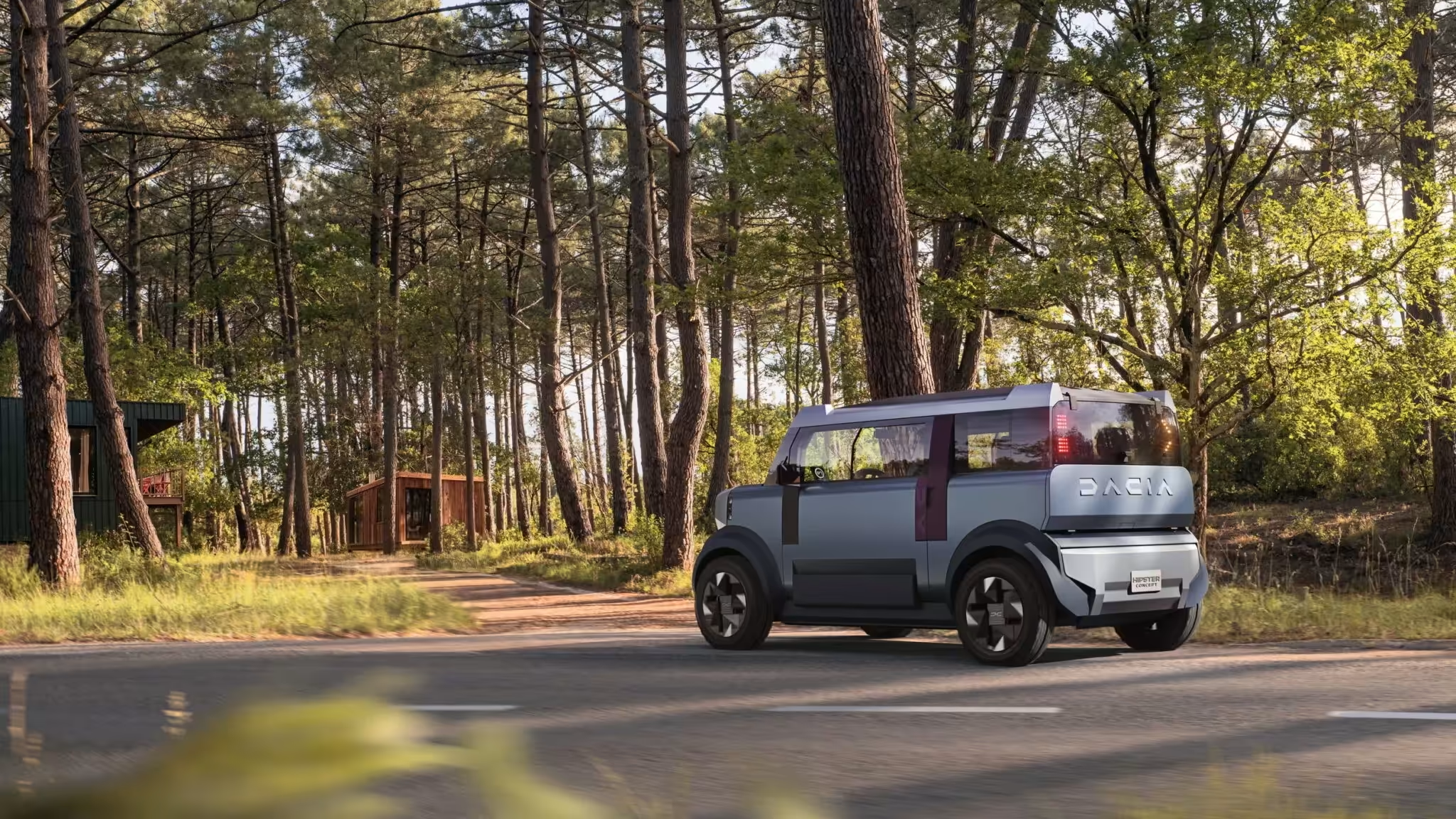


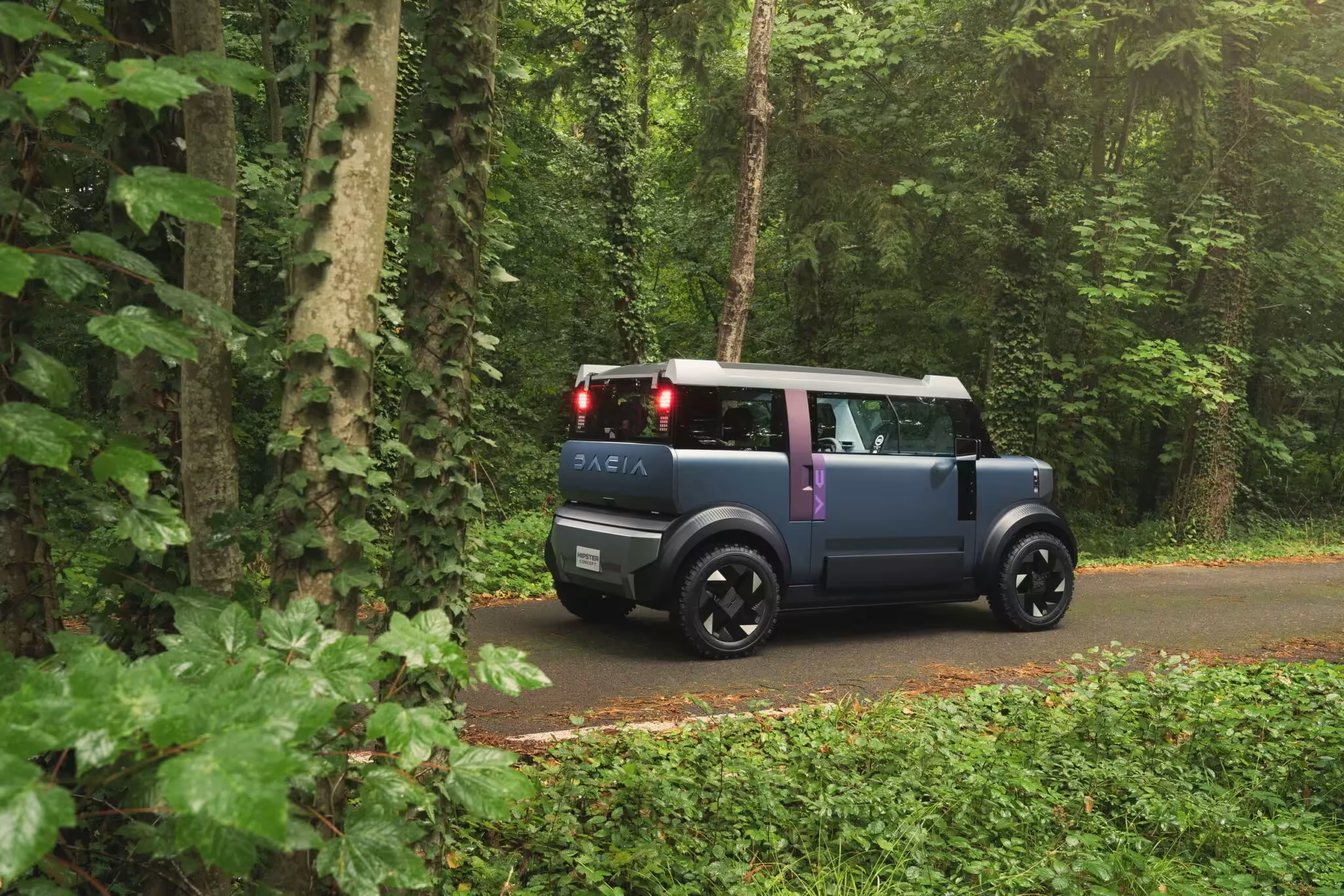
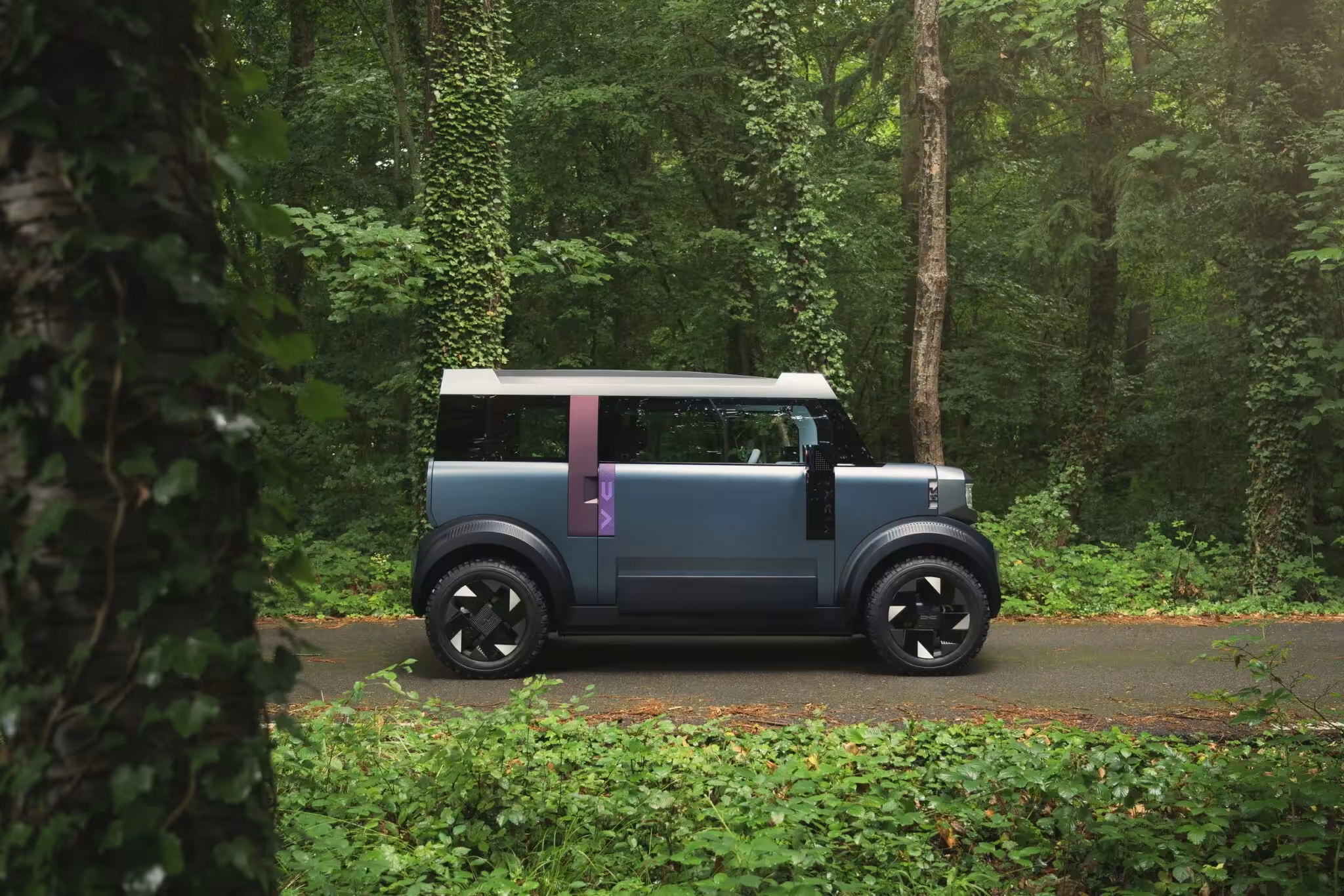
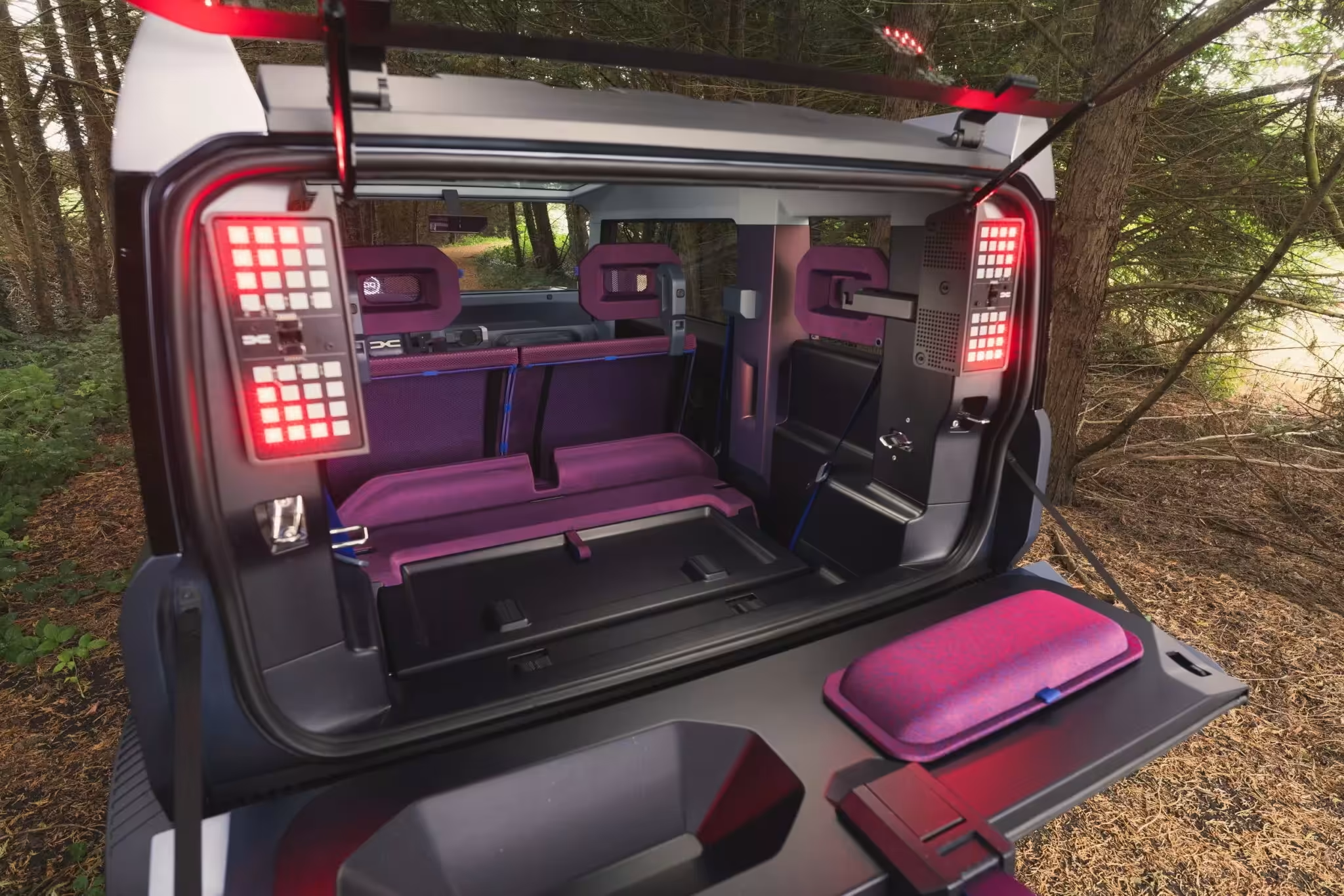
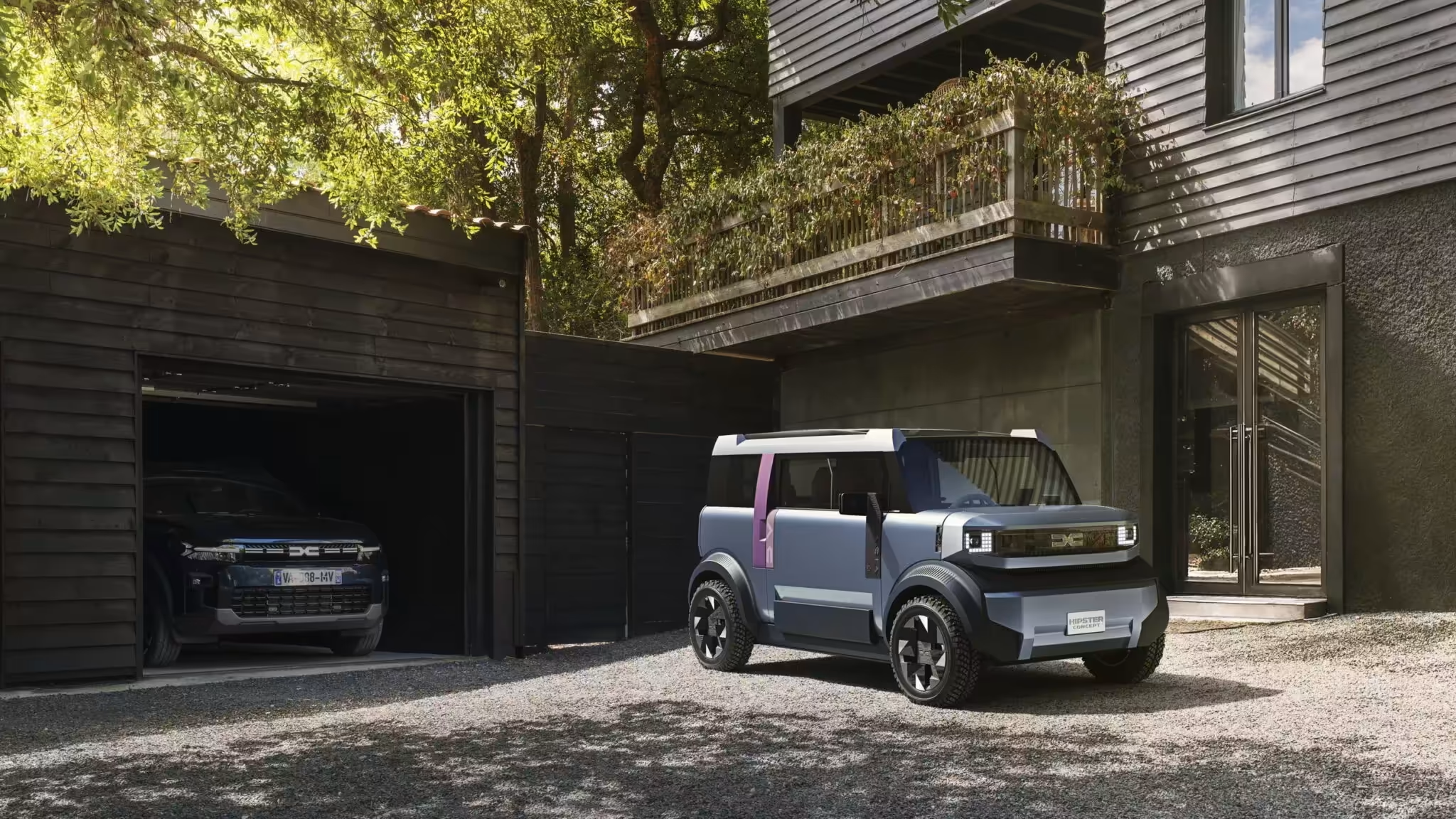
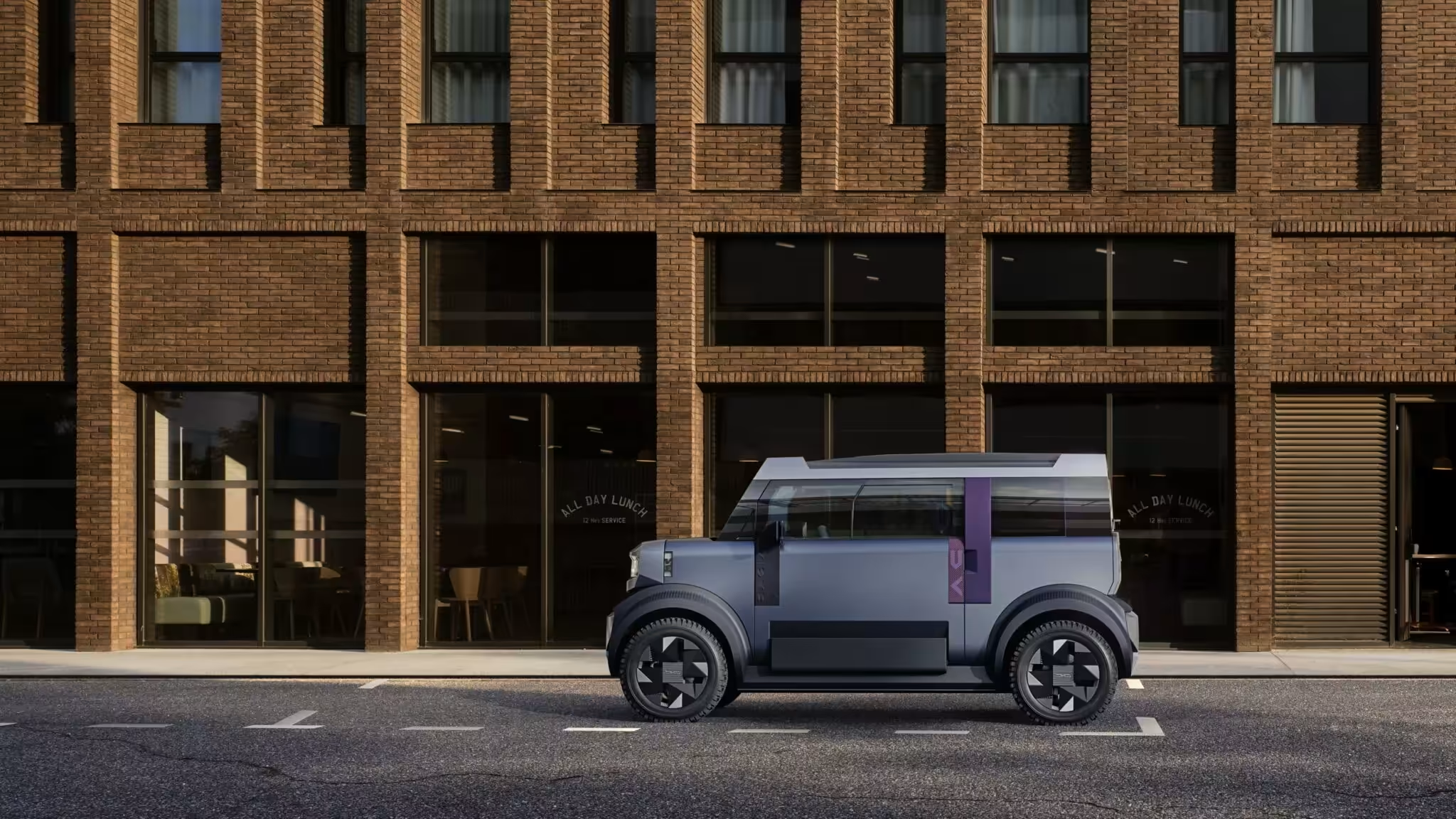
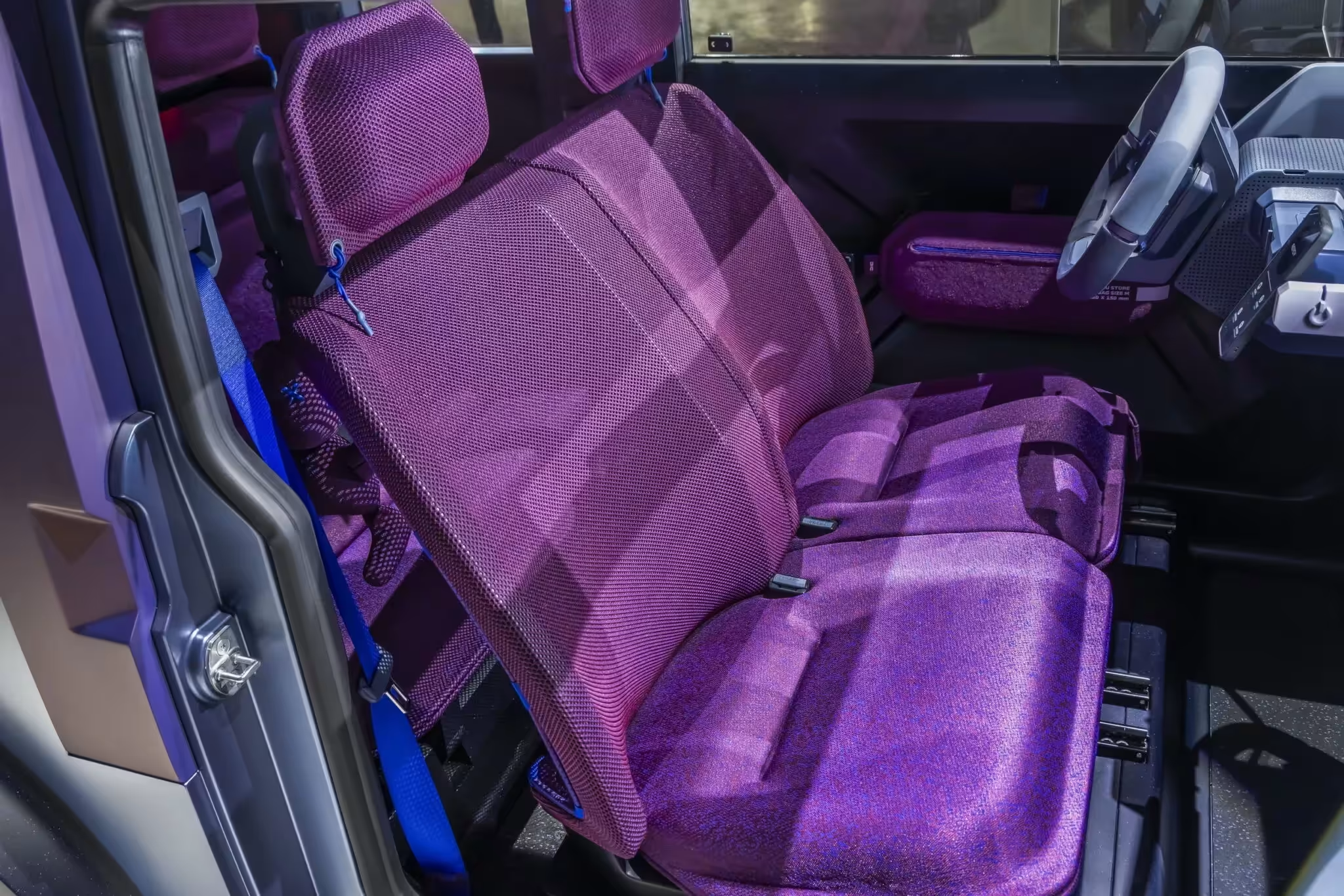
Author: Fabio Isidoro
Founder and editor-in-chief of Canal Carro, he dedicates himself to exploring the automotive universe with depth and passion. A car and technology enthusiast, he produces technical content and in-depth analyses of national and international vehicles, combining quality information with a critical eye for the public.

